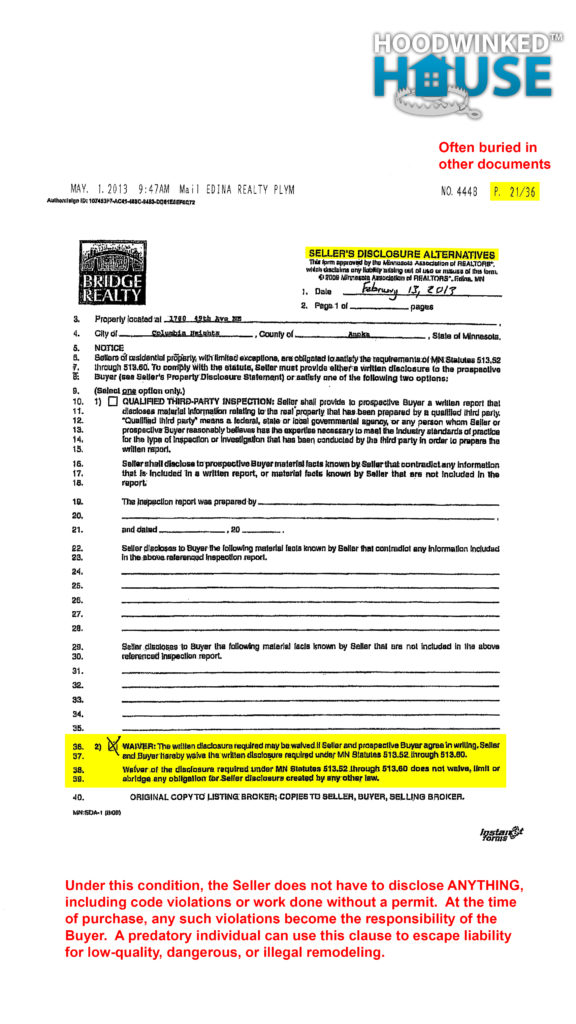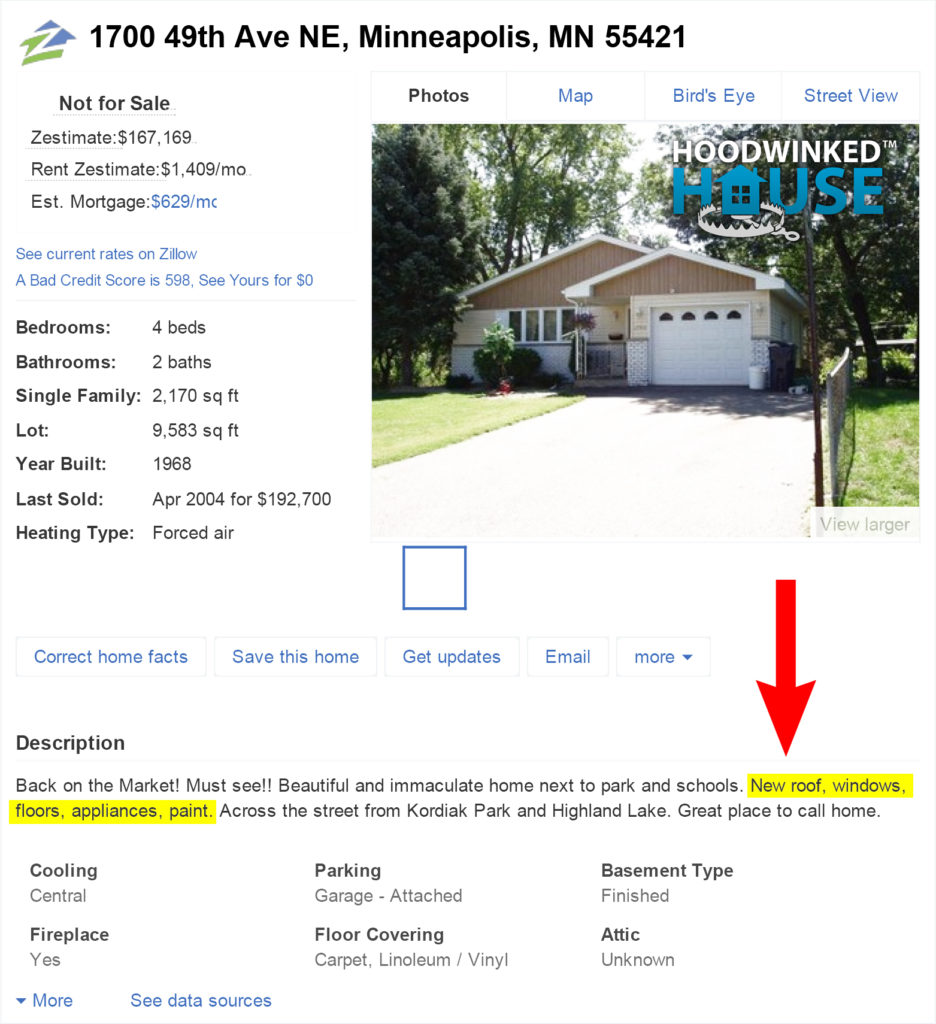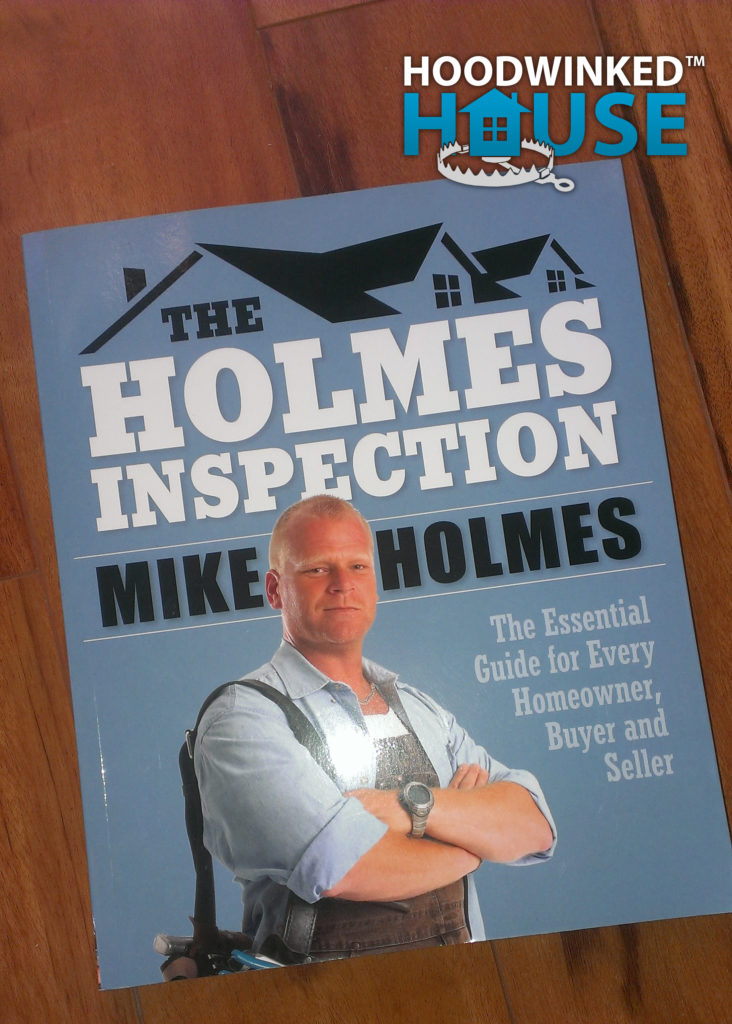I bought my first home, only to become a victim of predatory remodeling.
This is the story of how I got tricked by malicious criminals into purchasing a home that was riddled with code violations and faulty, unsafe conditions. The house flippers were not licensed contractors, and no building permits were pulled. There was no paper trail, and no way for my house inspector to detect the multitude of problems that were cleverly hidden behind beautifully finished drywall, concrete, and woodwork.
May 20, 2013
I closed on my first house! $174,000 with 4 bedrooms, 2 full bathrooms, attached garage, and 2,170 square feet.
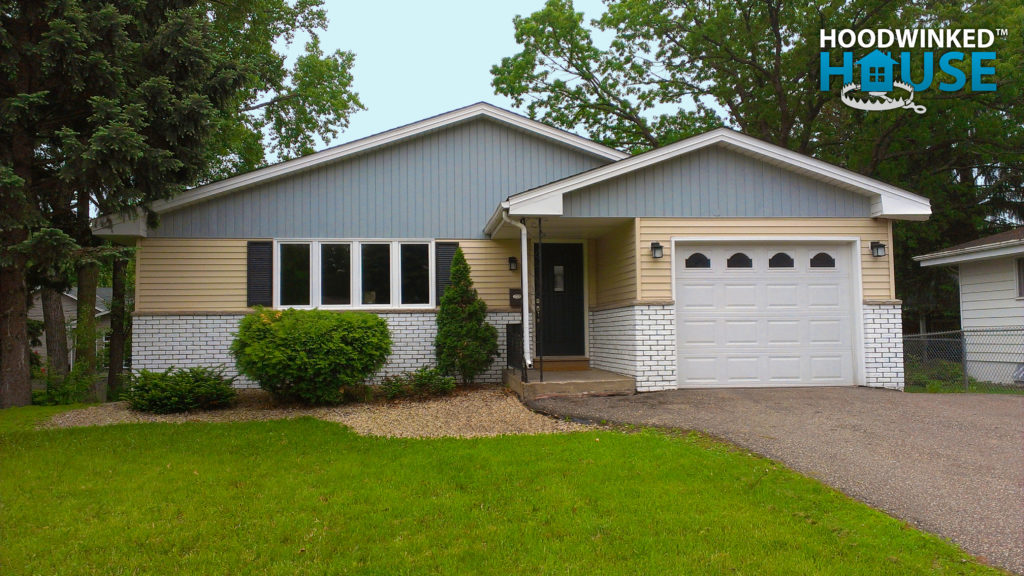
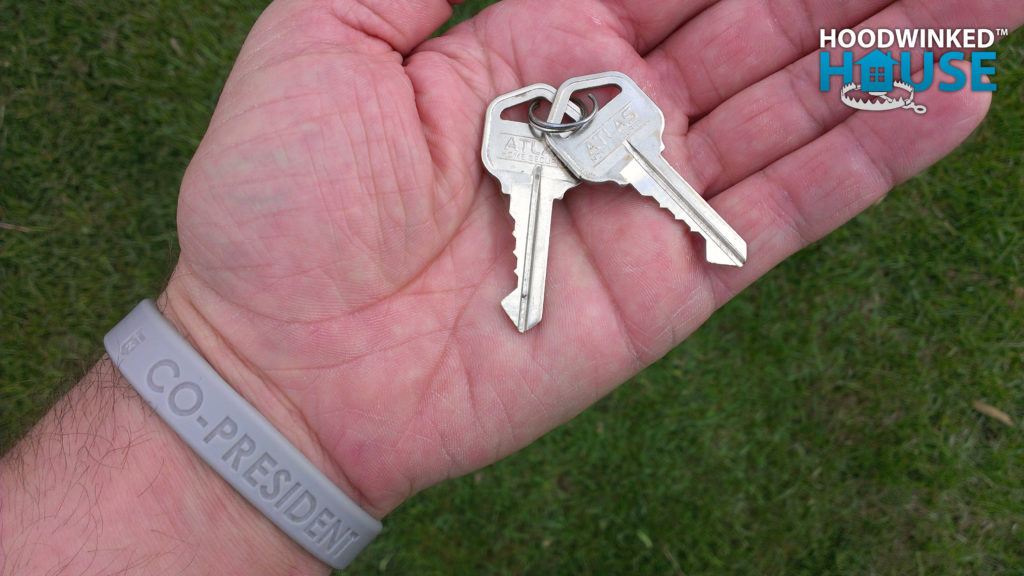
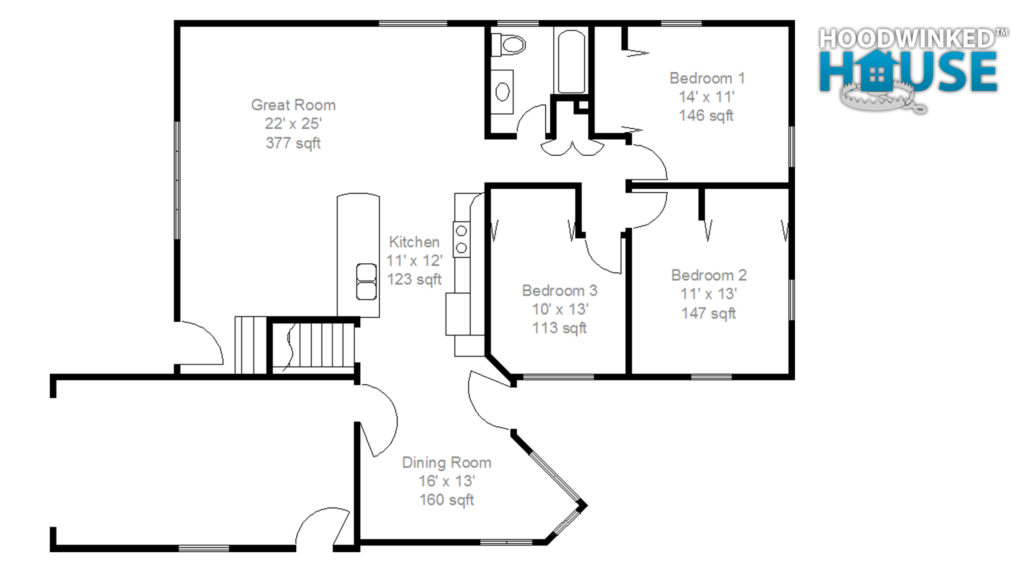
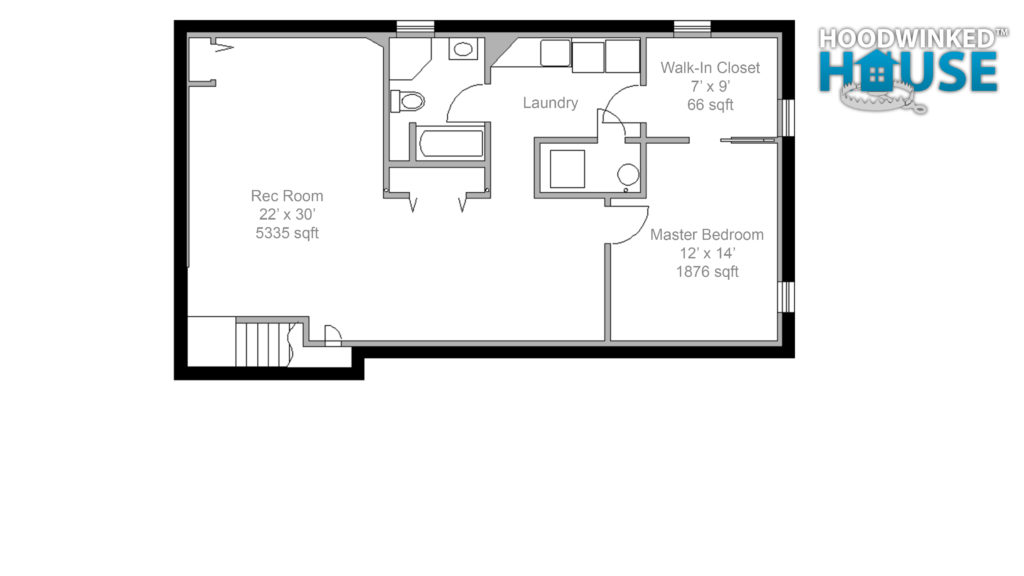
Soon, my family and I moved into our new home with the help of friends and relatives. It was beautifully finished from top to bottom. We were so excited to own our first house!

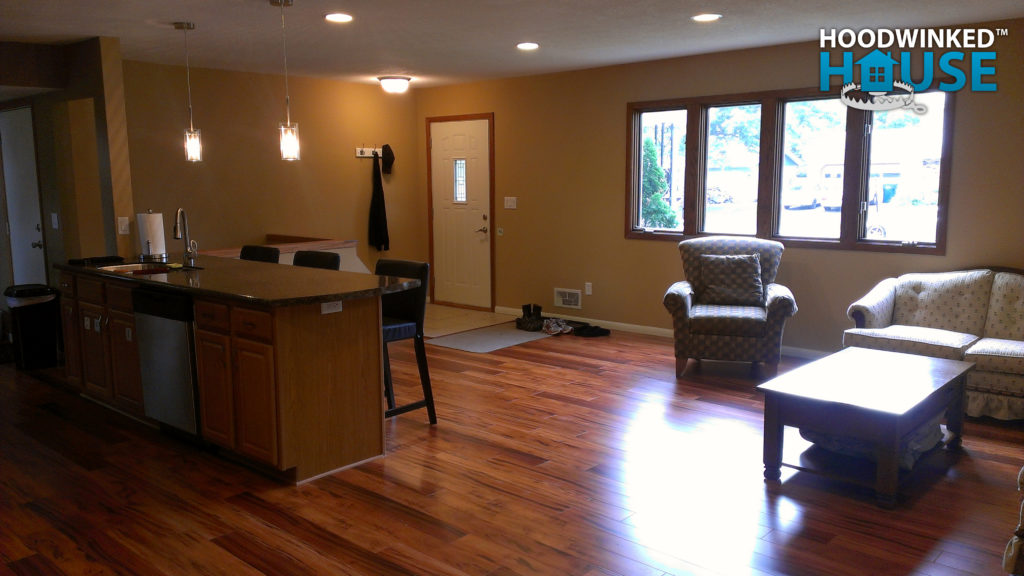
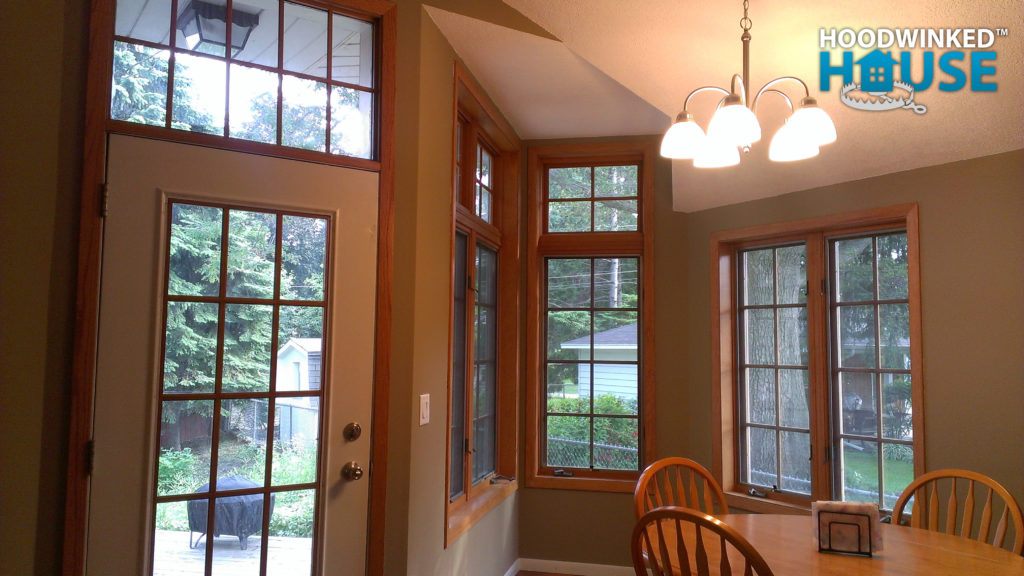
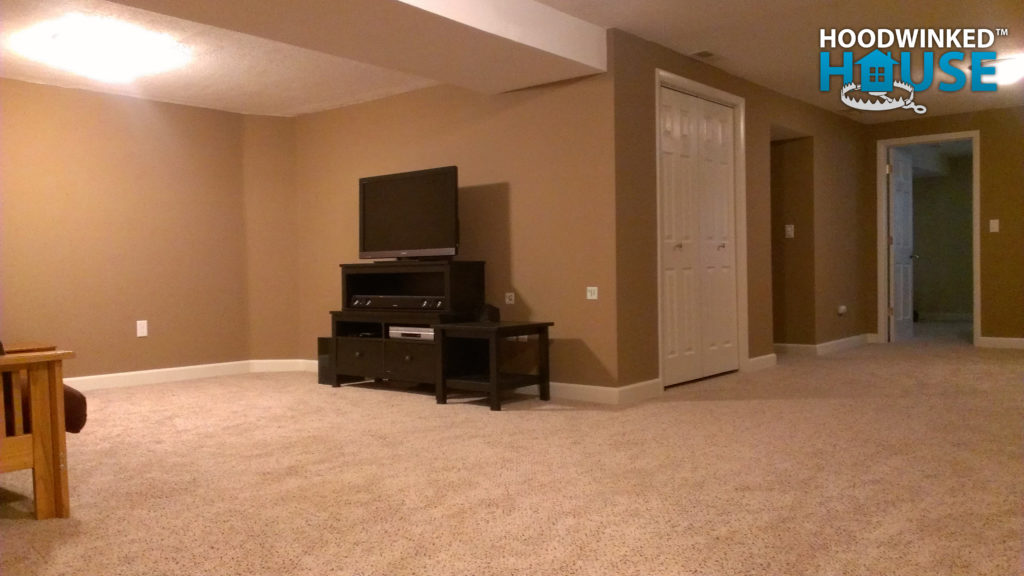
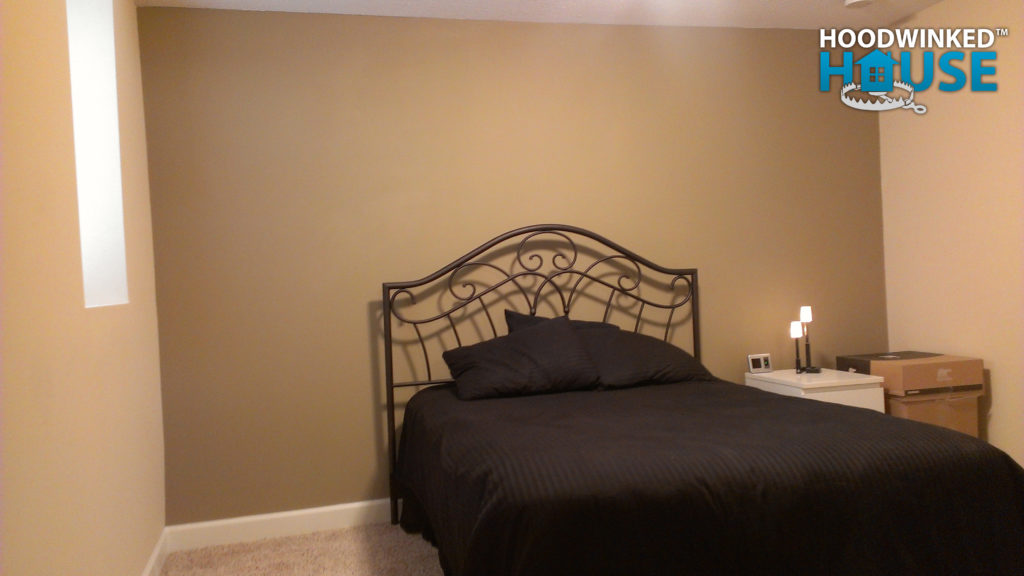
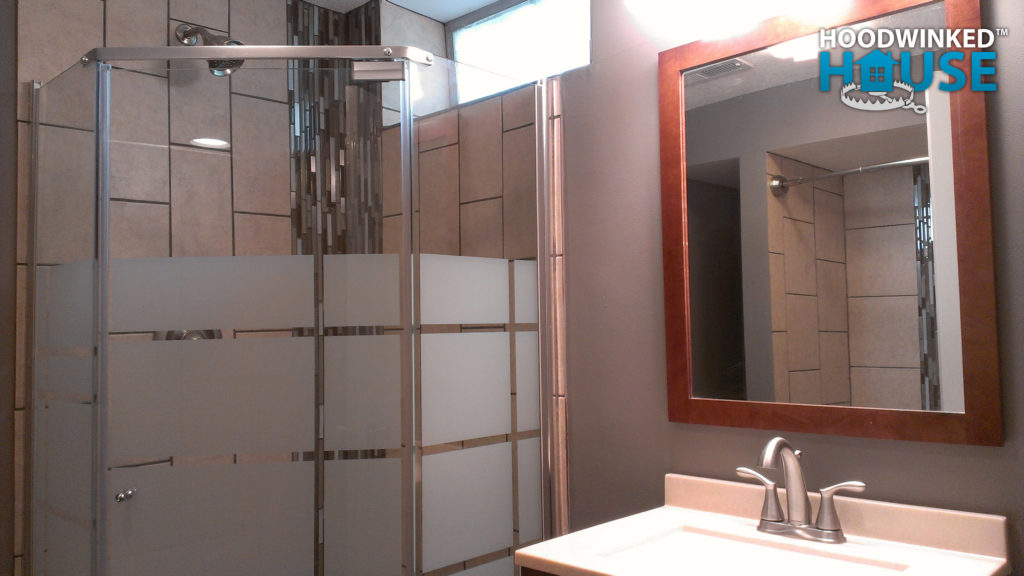
Day 2
Like any responsible home buyer, I had the property inspected before purchasing.
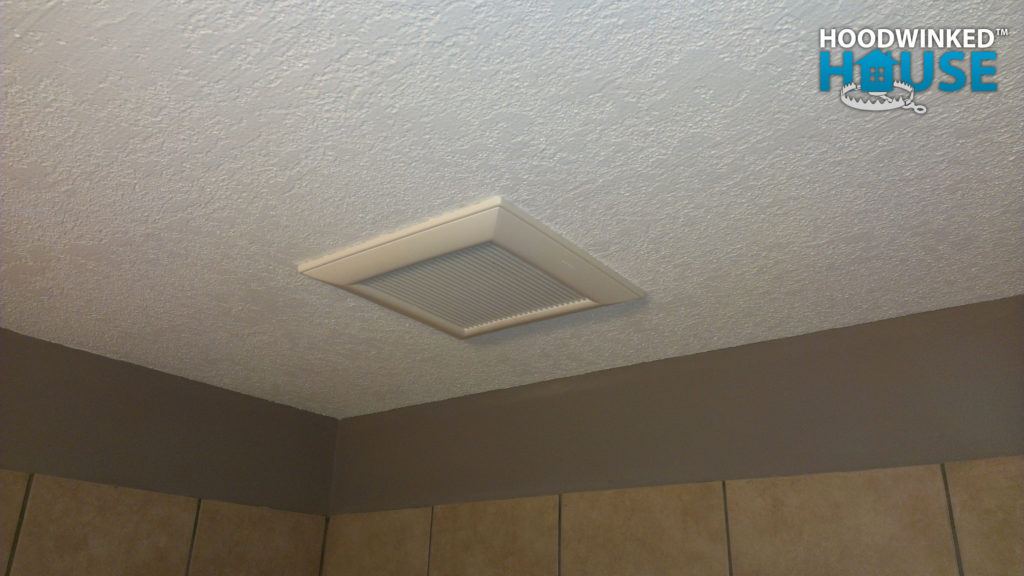
One of the few things my inspector found was that this bathroom fan was not ducted through the roof, so it was blowing moisture into the attic. We promptly had it replaced by a professional.
Day 3 – Subtle Hints
But soon we began to notice lots of strange problems with our new house. At first, they were small. For example, a cupboard door that was never attached to its hinges, a the washing machine had the hot and cold hoses swapped.
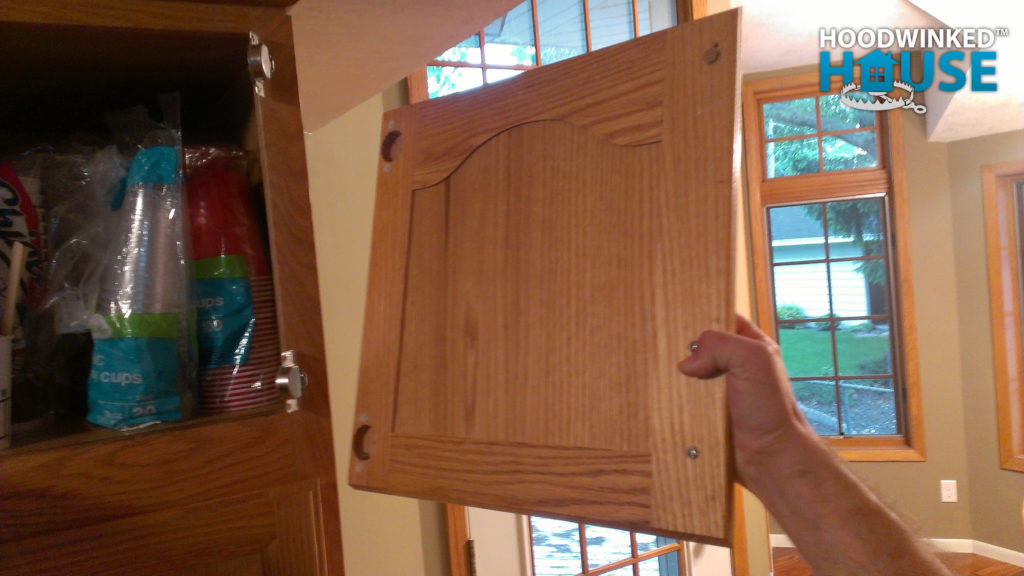
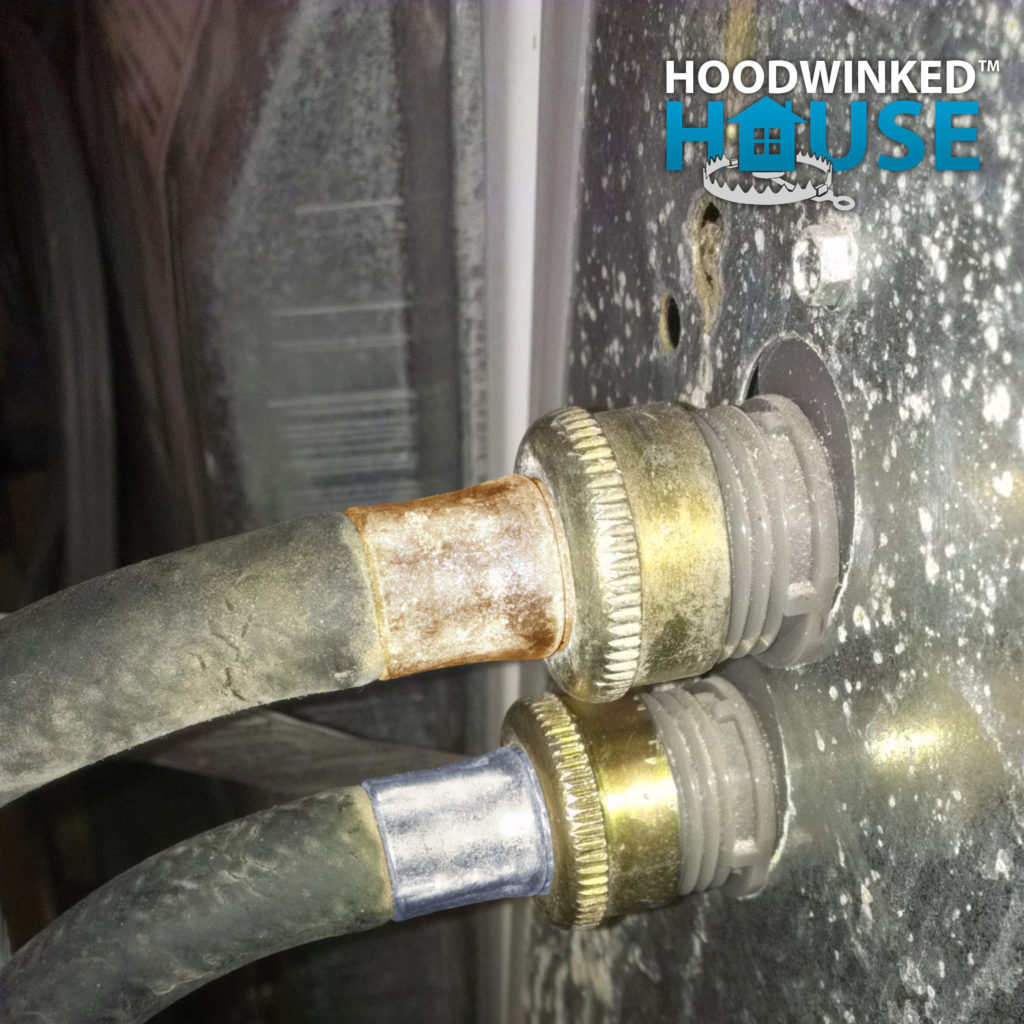
When none of our cable outlets worked, a technician told us that the outlets were not hooked up to the service at all. The wires behind the walls led nowhere.
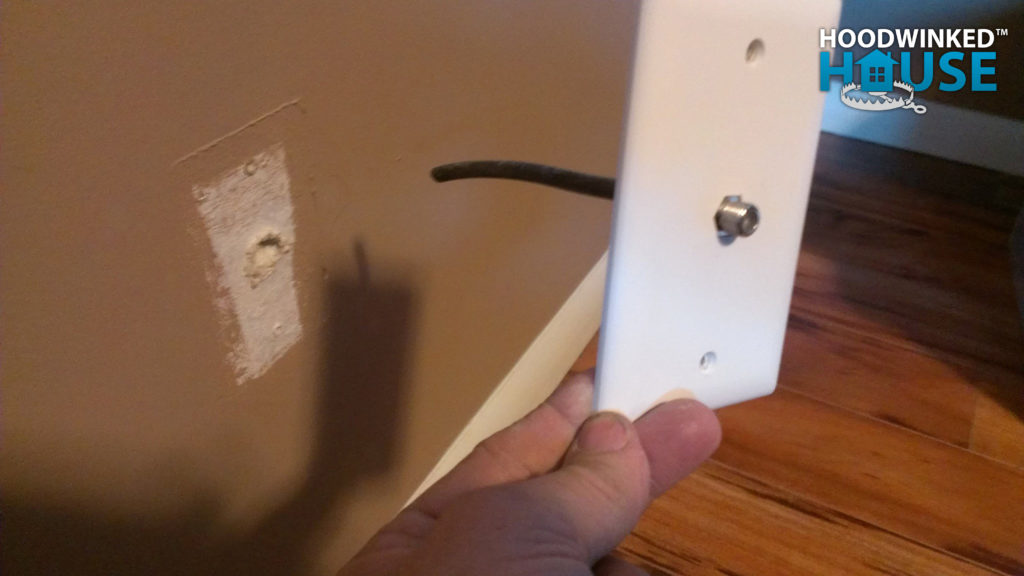
Day 10
The more we lived in the house, the more things seemed cheap, shoddy, or unfinished.
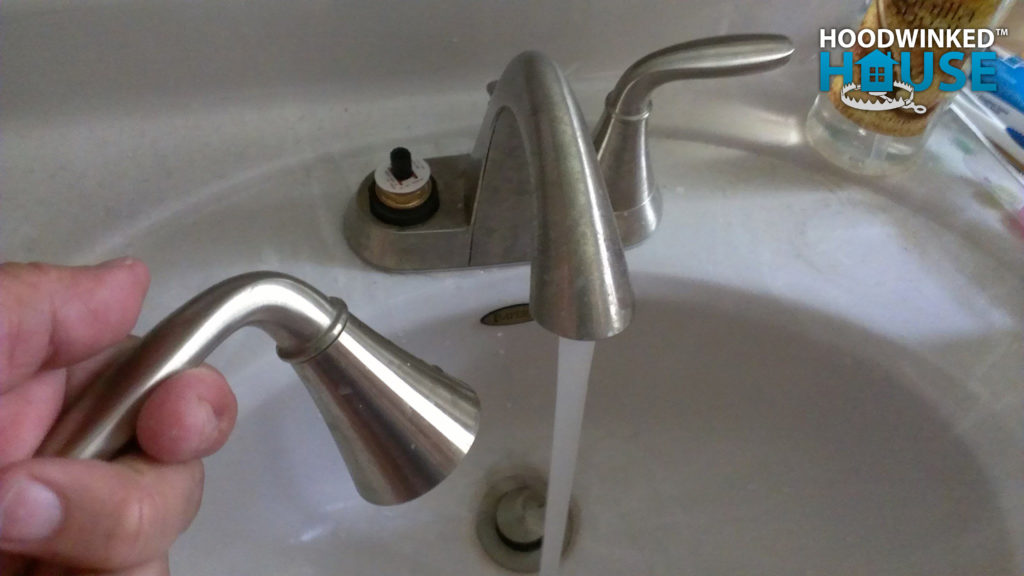
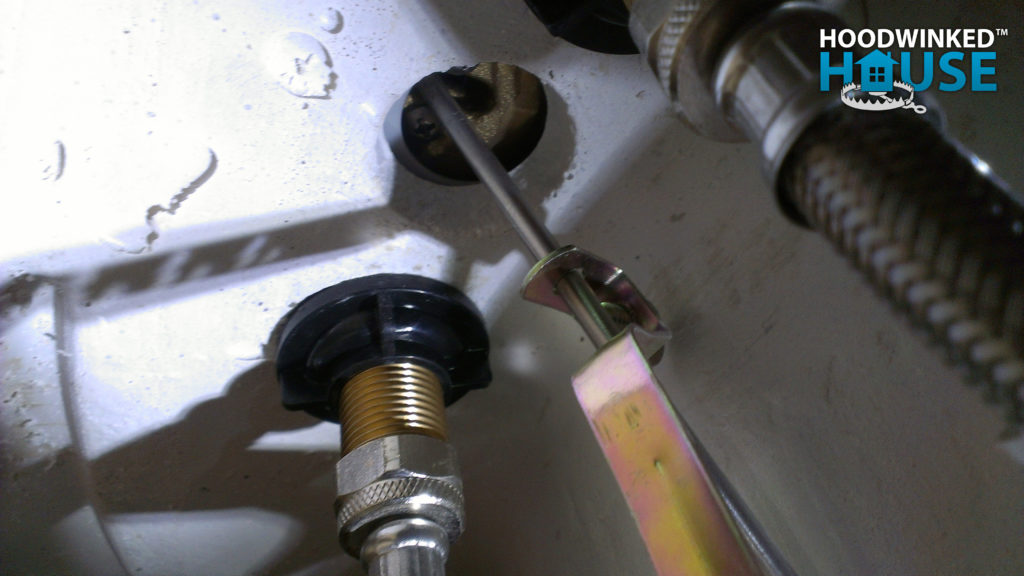
Several rooms had dipwire shelves that were not attached to the studs! When we put any amount of weight on them, the shelves simply tore free from the drywall. The same thing happened when hanging our coats on the coat hooks near the front door!
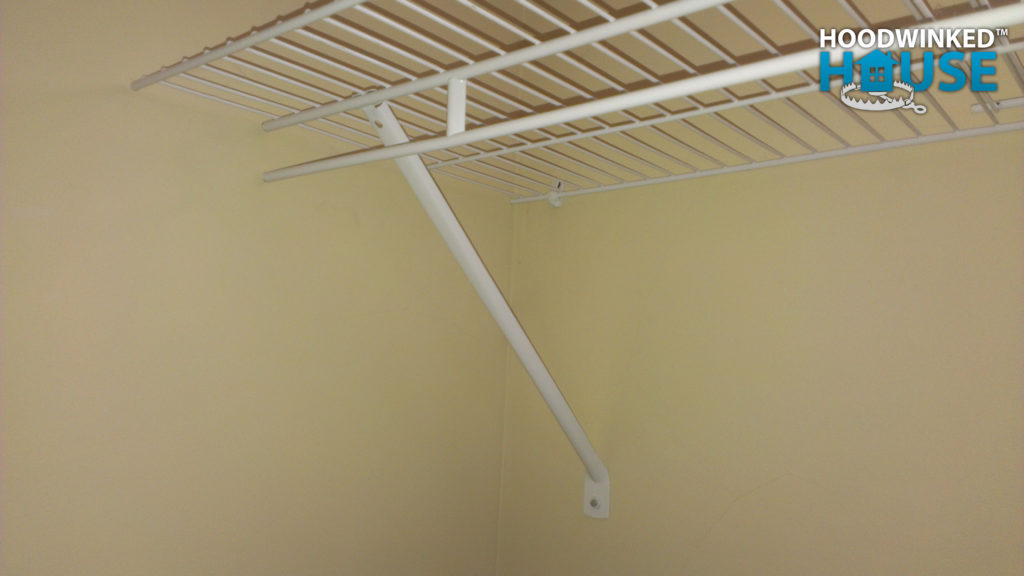
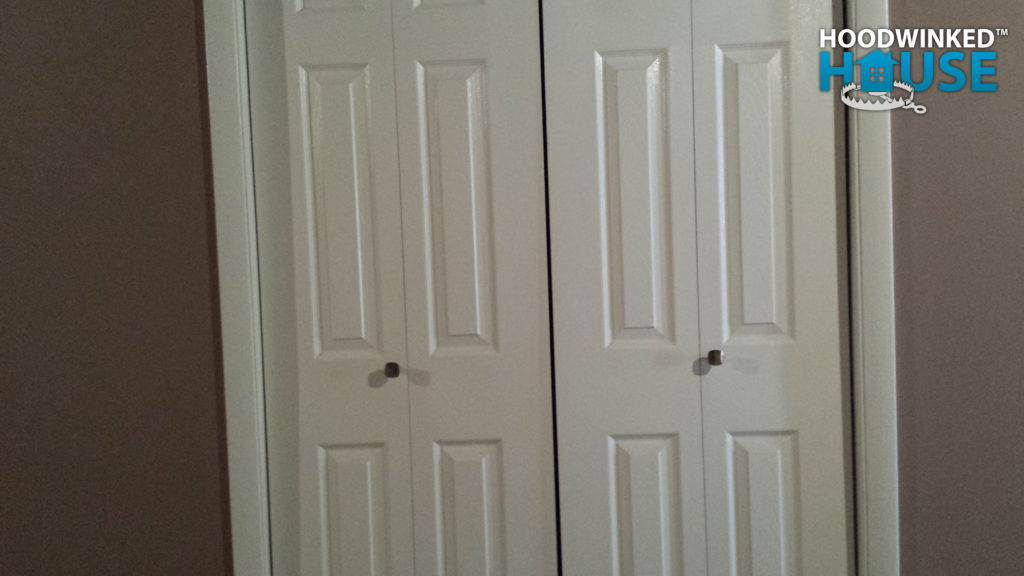
Was this just sloppy craftsmanship? Or something more serious?
Day 12 – Water Damage
Less than two weeks after moving in, I was shocked to discover a large puddle of water on the laundry room floor that was rapidly leaking through the basement ceiling. Water had opened up a seam in the drywall. It looked like it has been patched before. The upstairs bathroom is directly overhead.
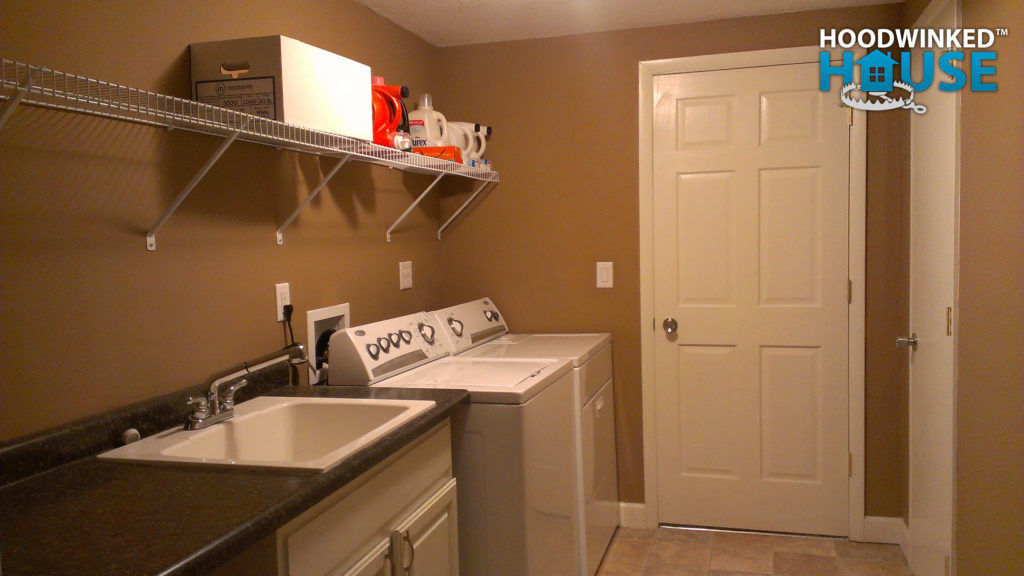
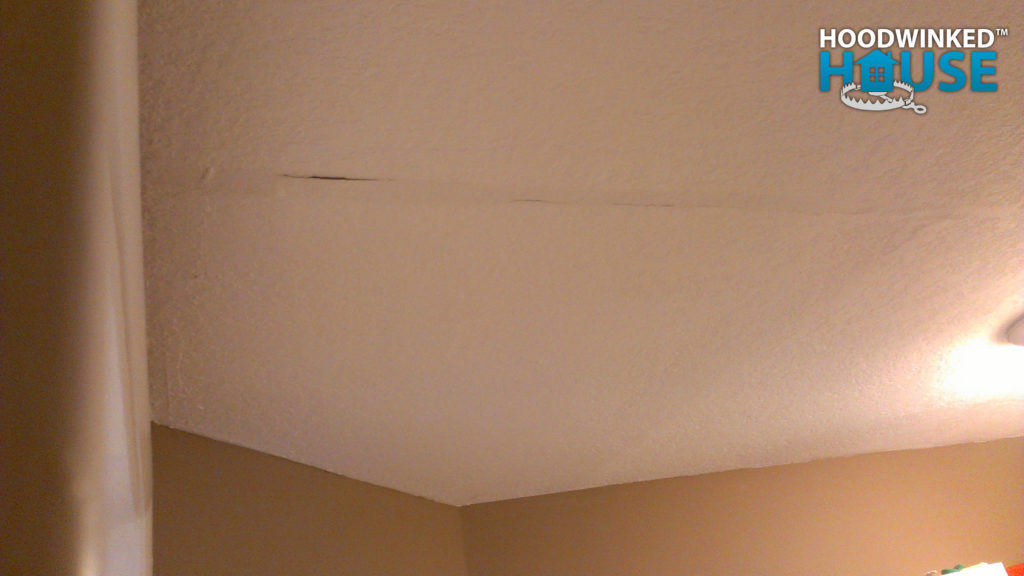
We brought in a plumber to diagnose the problem, which turned out to be the upstairs shower manifold which was badly spraying water inside the walls whenever the shower was run.
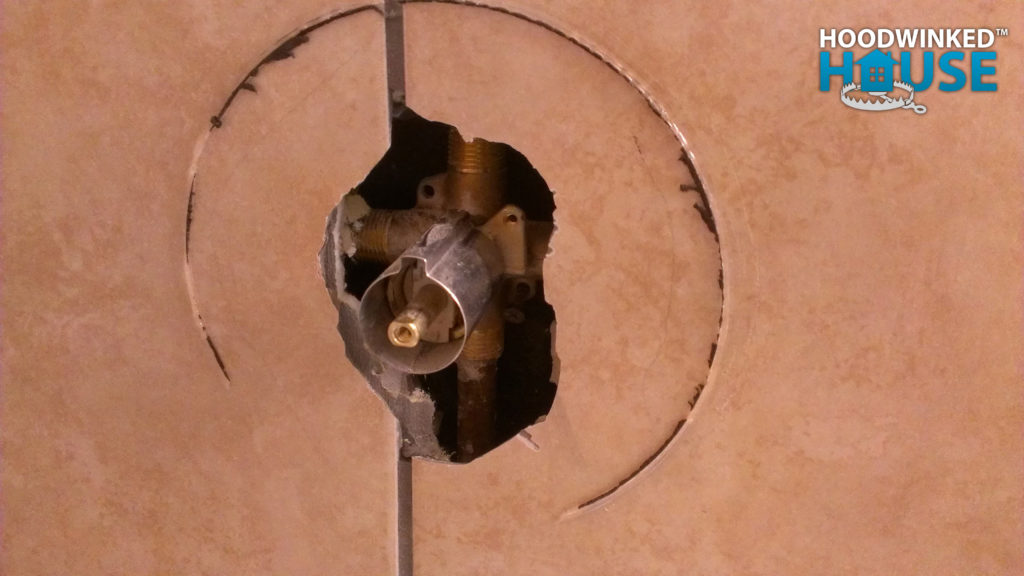
When he took a closer look, he noticed something very disturbing: The shower manifold was soldered in-place with a blowtorch that badly burned the framing of the house!
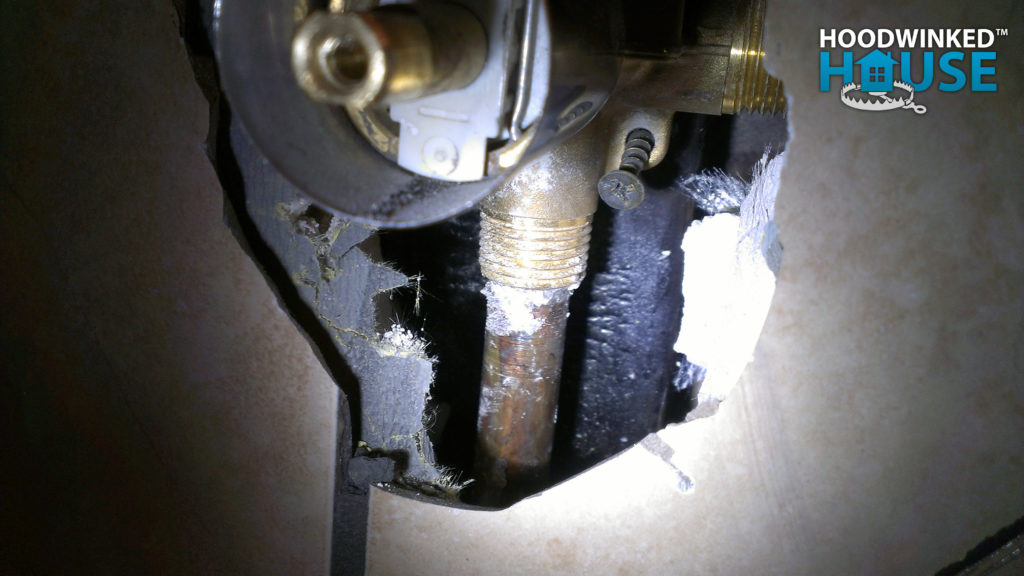
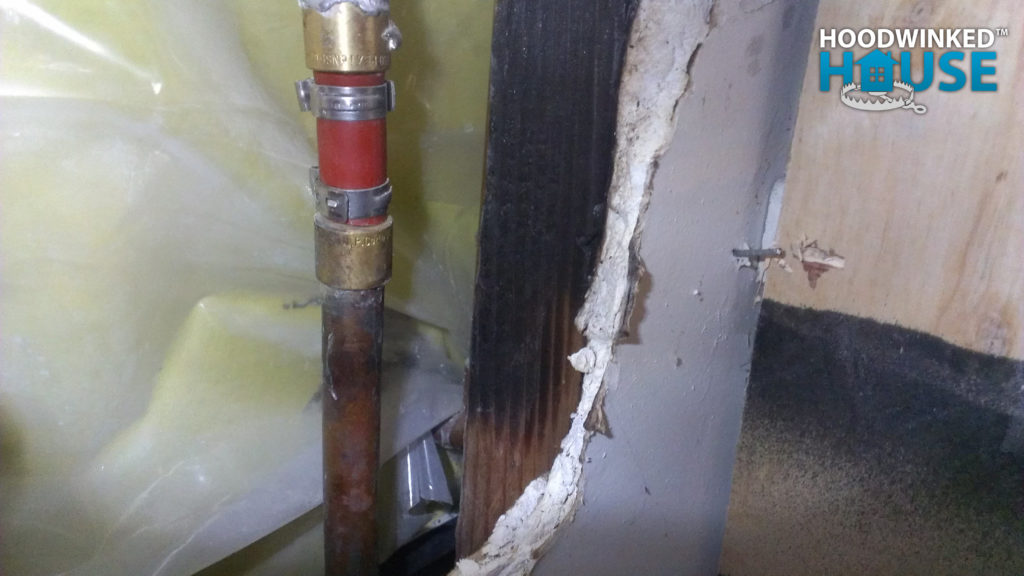
Our plumber immediately suspected that there were many more plumbing problems and building code violations with my house, so I agreed to let him cut some inspection holes in the drywall to investigate.
The plumber discovered an incredible number of building code violations. For starters, the washing machine drain was connected with a backwards Y-union, and all of the new plumbing was illegally cemented into the sewer clean-out access!
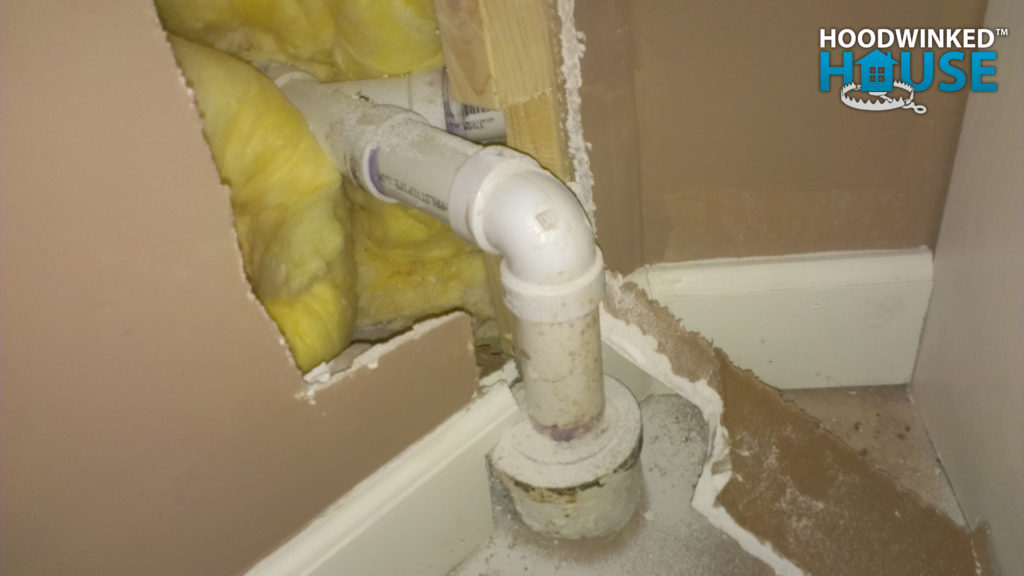
What else was connected to this Y-union? My plumber used a flashlight to look up into the walls and found that the upstairs bathtub was improperly connected to the drain stack using a T-union.
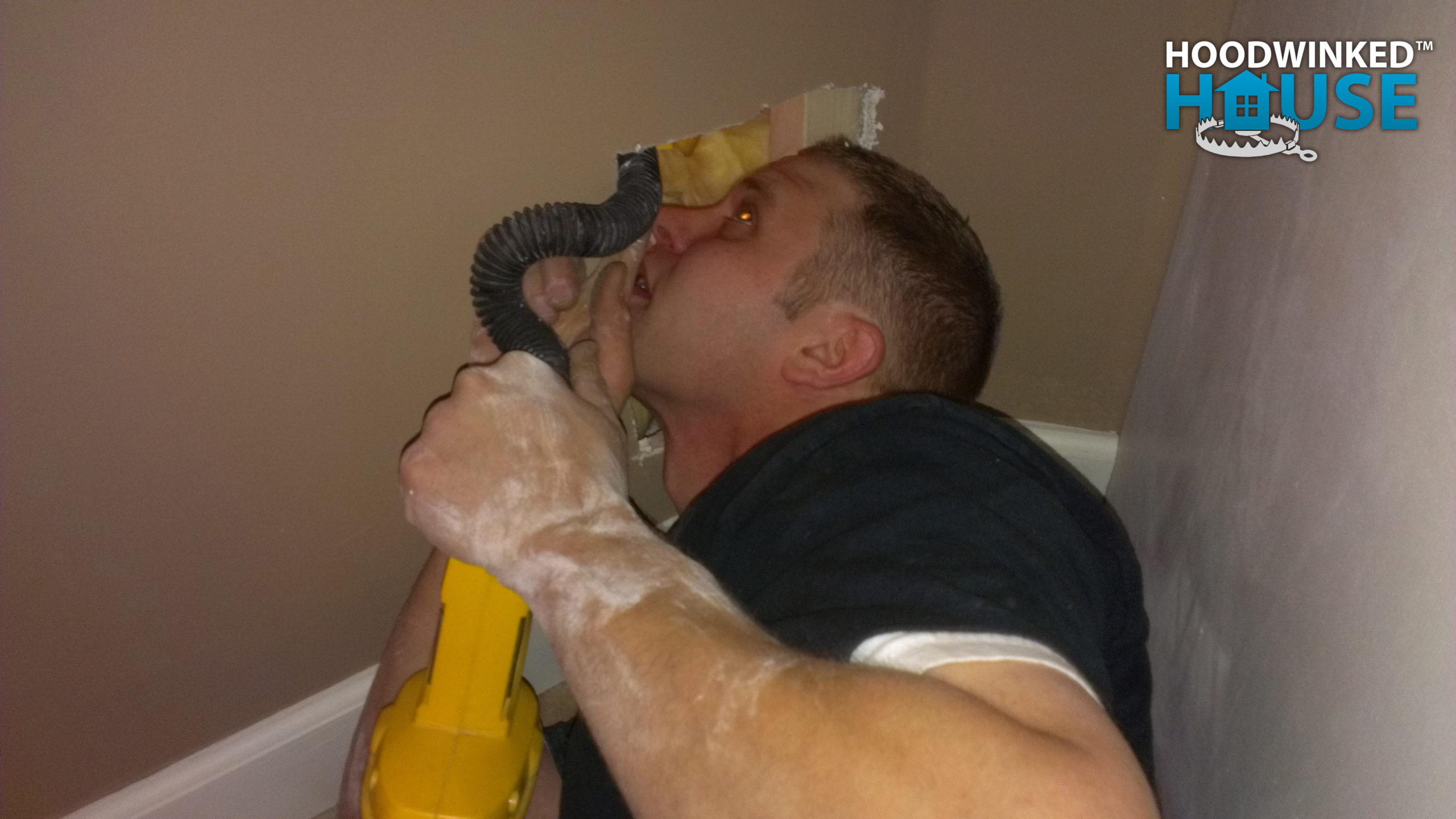
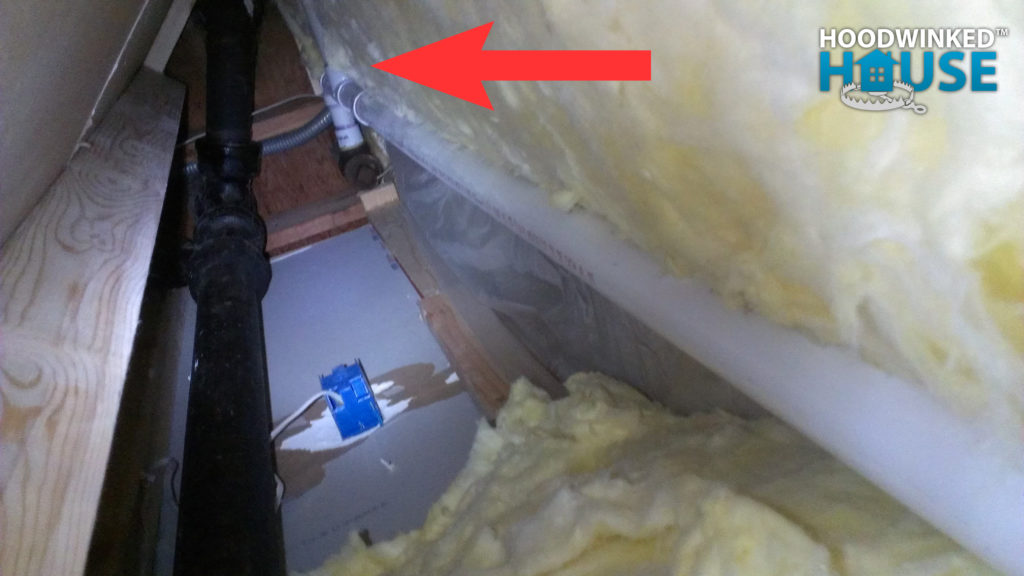
Additional inspection holes showed that none of the plumbing in lower level had any drain vents! Without these vents, suction keeps the drain water from ever reaching the sewer. These inspection holes showed that there were no vent pipes inside the bathroom walls.
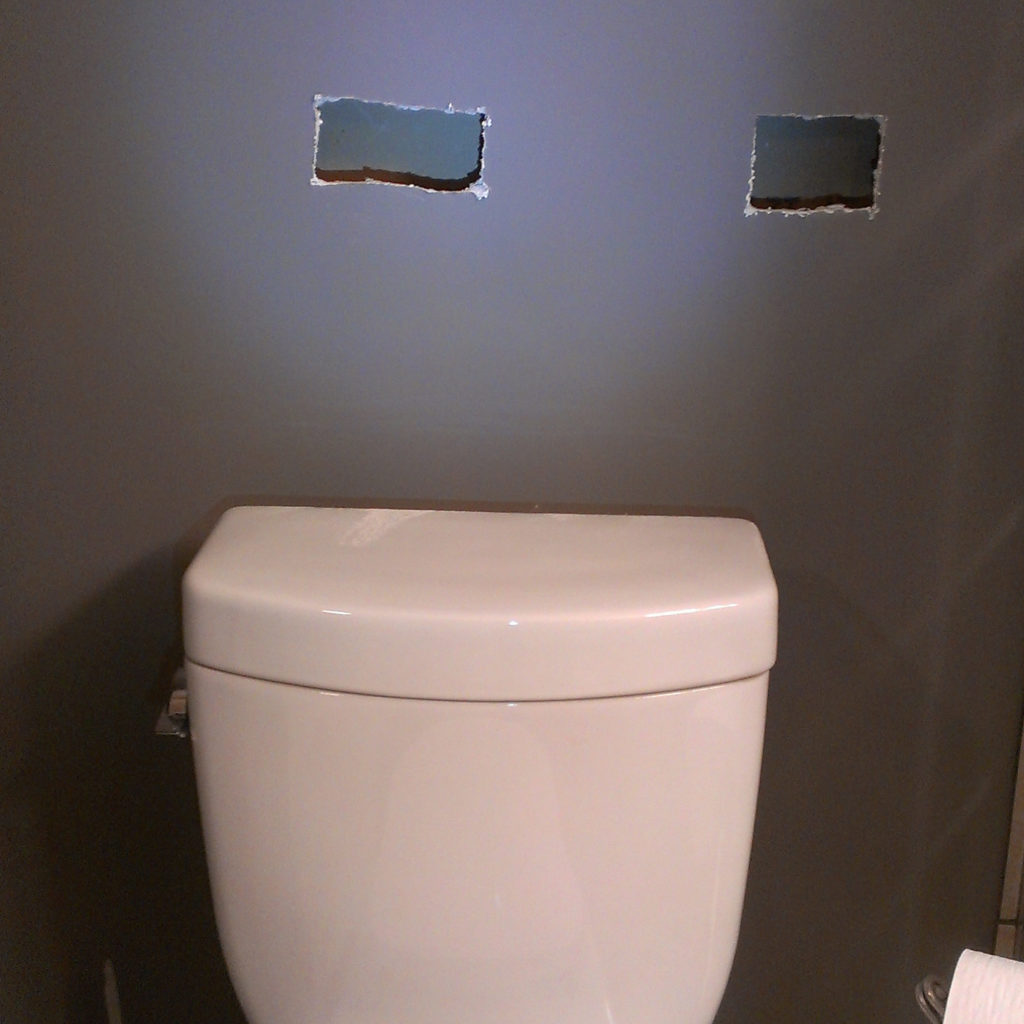
Simply looking into the master bathroom shower drain revealed that it was connected with the wrong size of pipe, and there was no P-trap; only an elbow that ran directly beneath the shower against building code. The laundry drain was illegally reduced from a 2” pipe down to 1 ½” pipe against building code.
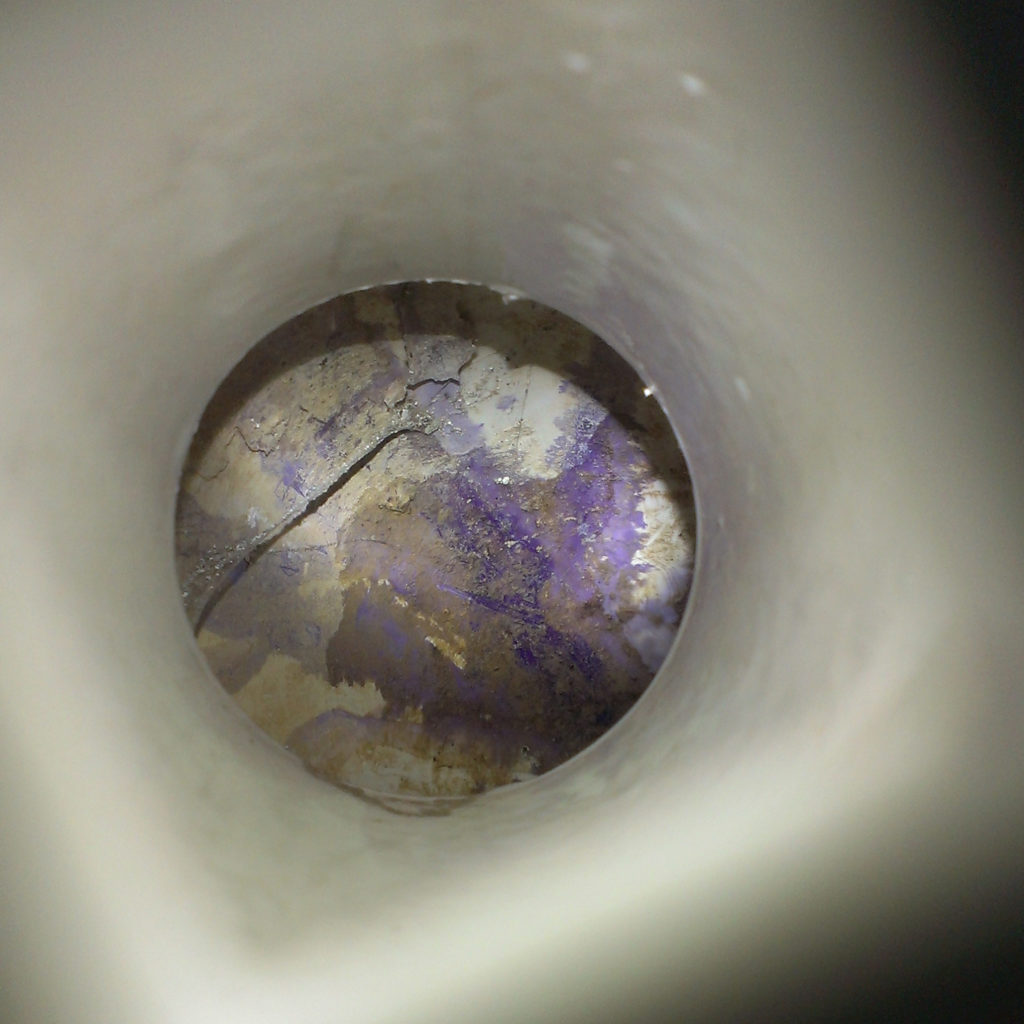
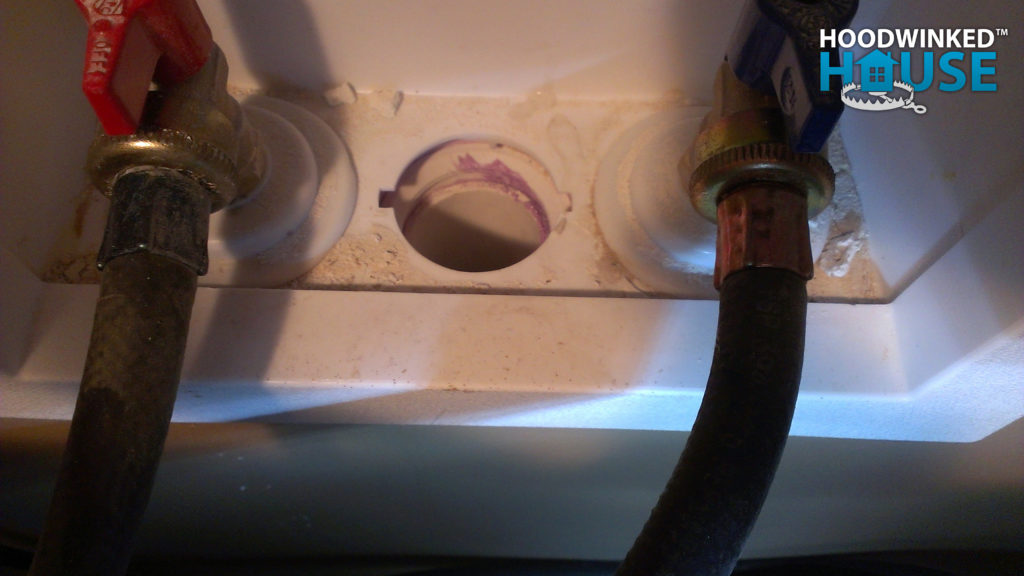
And that was just the lower level! Beneath the kitchen sink, our plumber discovered an illegal air-admittance device (against code in Minnesota) instead of proper venting pipes. The dishwasher had the wrong size and type of supply line and drain hose, and the garbage disposal was wired into a metal switch box without a bushing, against code.
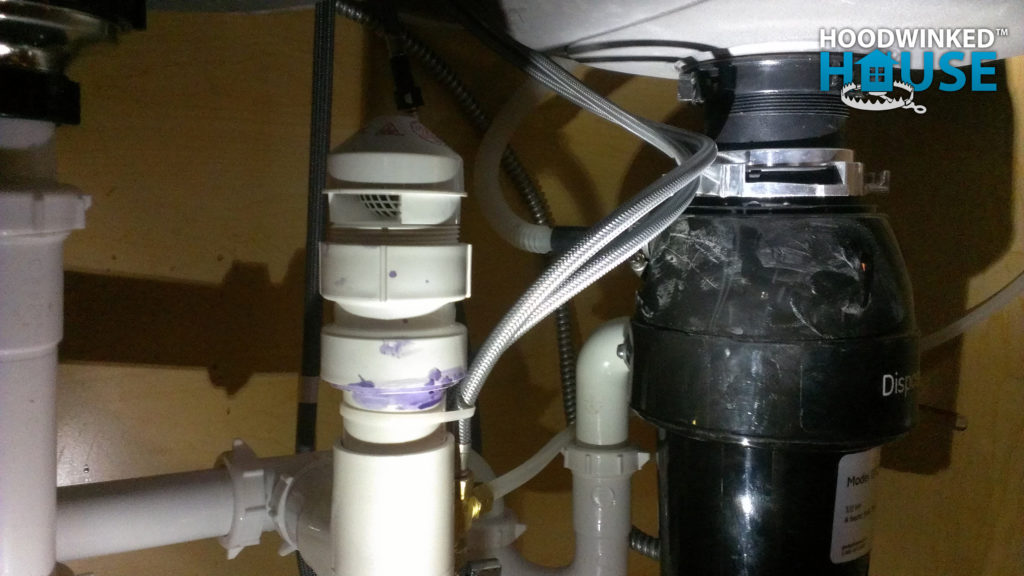
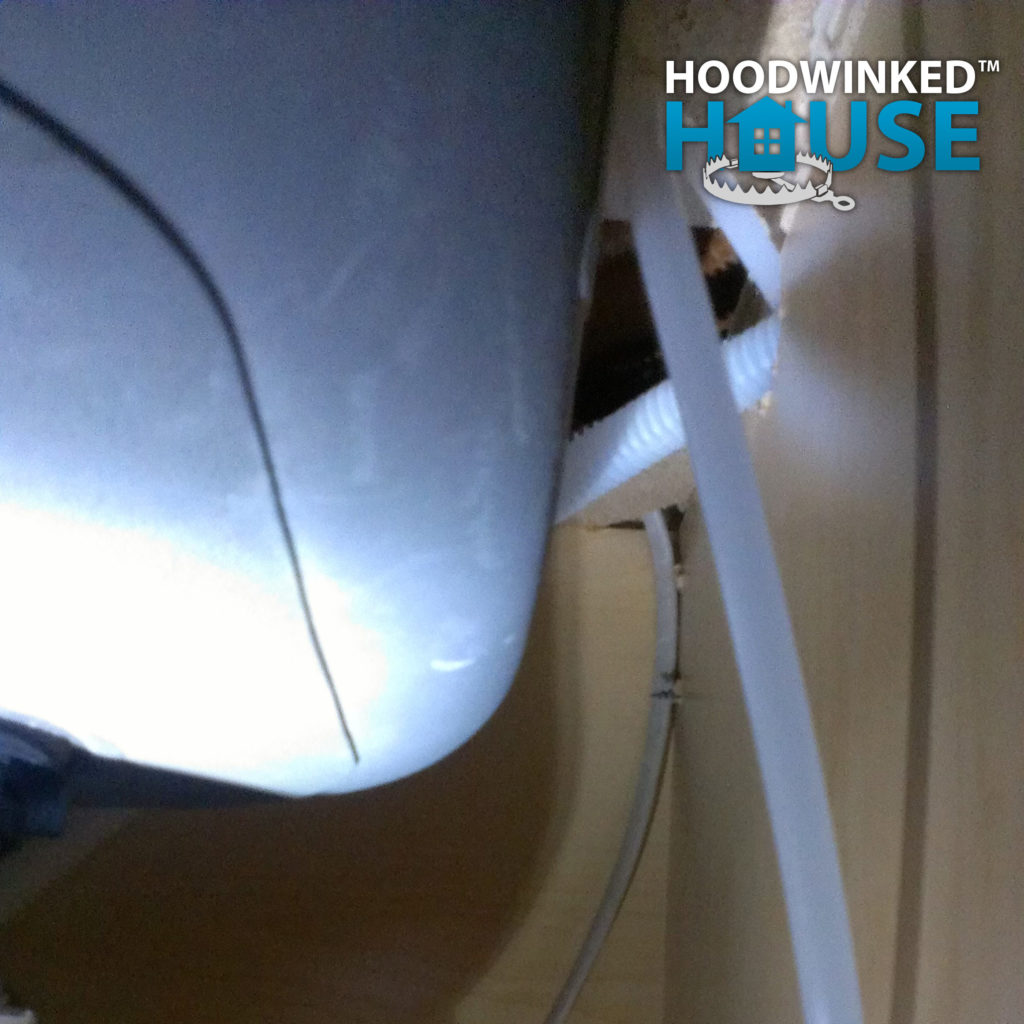
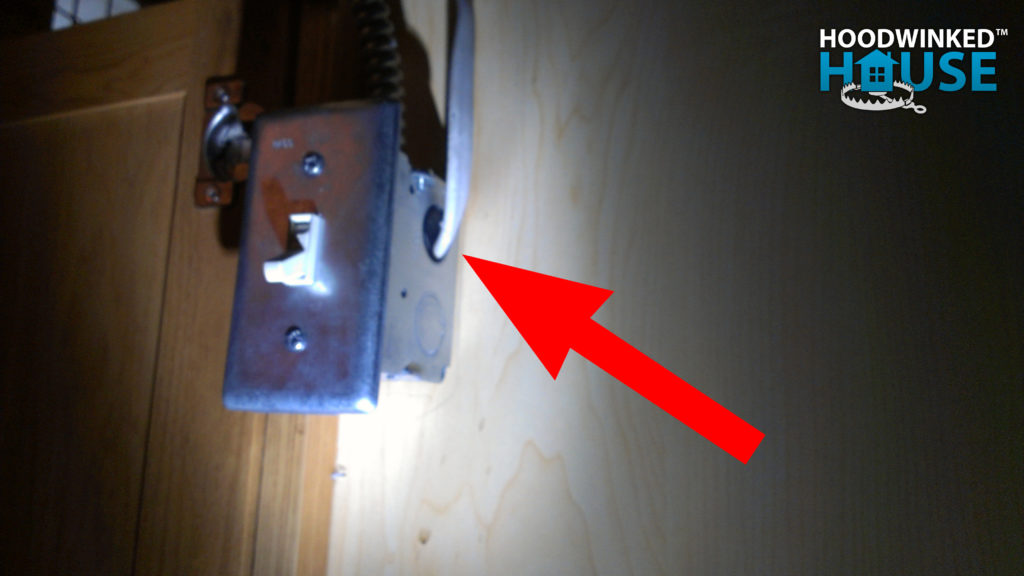
Beneath the upstairs bathroom vanity, the water pipes were never fastened to the framing.
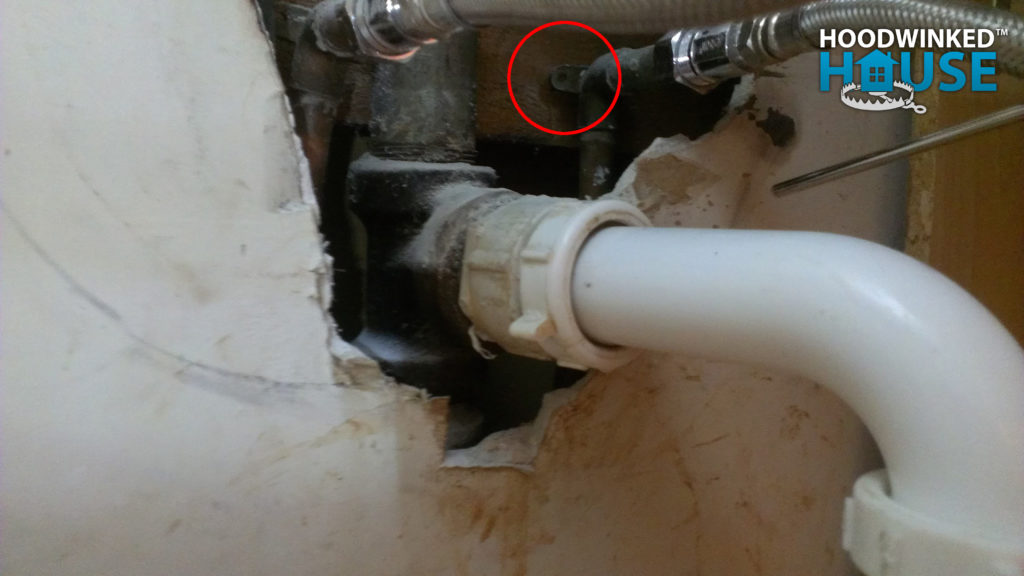
Our plumber found six additional leaks inside the walls.
I was puzzled how any of the plumbing could have been faulty and so far out of code. Before buying the house, I checked the building permit history, and there were no permits pulled in recent years. I assumed that any work done on the house by the Seller was simply cosmetic, like paint and carpeting. But I was so wrong.
Day 14 – Online Evidence Discovered
I did some online research and discovered that our house had been purchased by a flipper on October 16, 2012 for $84,900. Over the next 4 months, the flipper secretly remodeled the house without building permits or licensed contractors until February 19, 2013. He then re-sold the property to us at a 200% markup.
The dated photos on Zillow.com show just how much the house changed during the flip. Major walls had been removed to make the house feel more open.
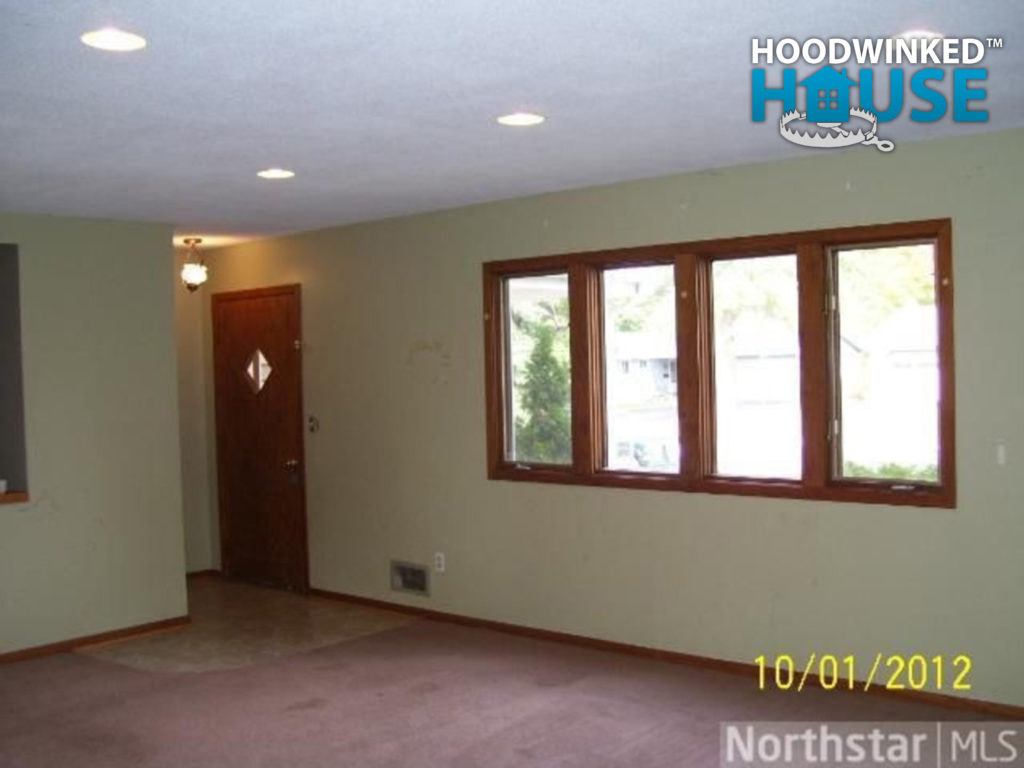
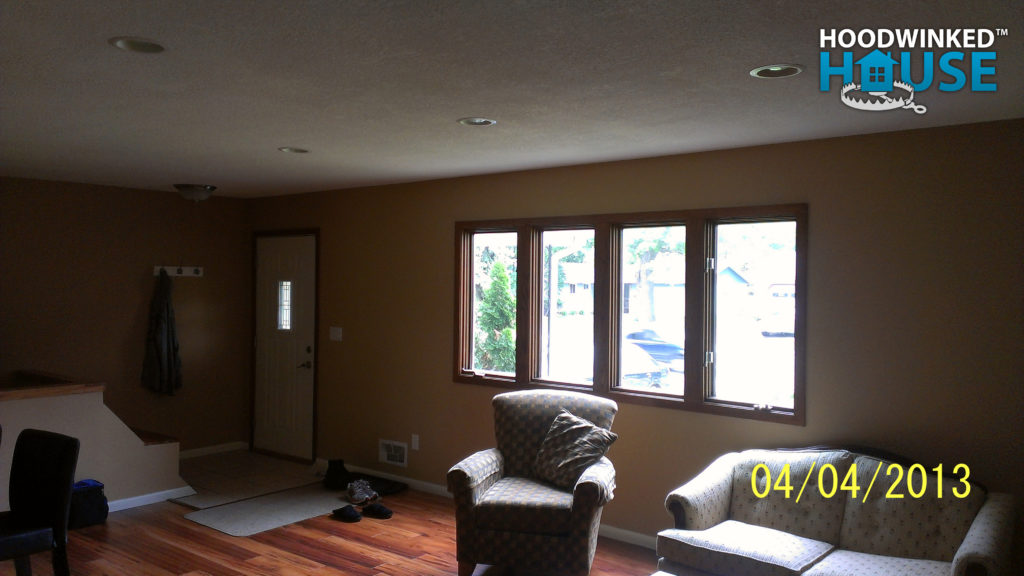

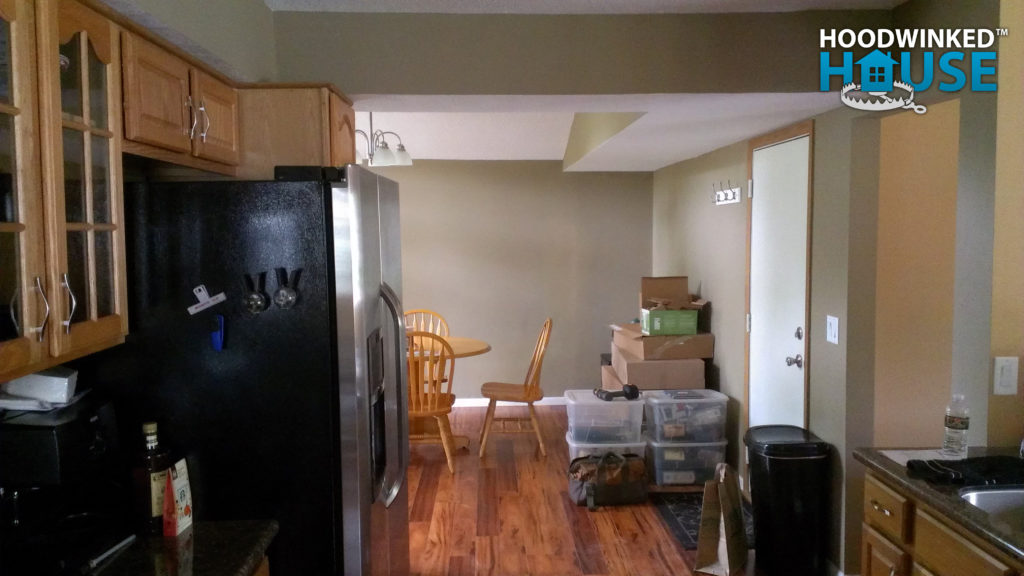
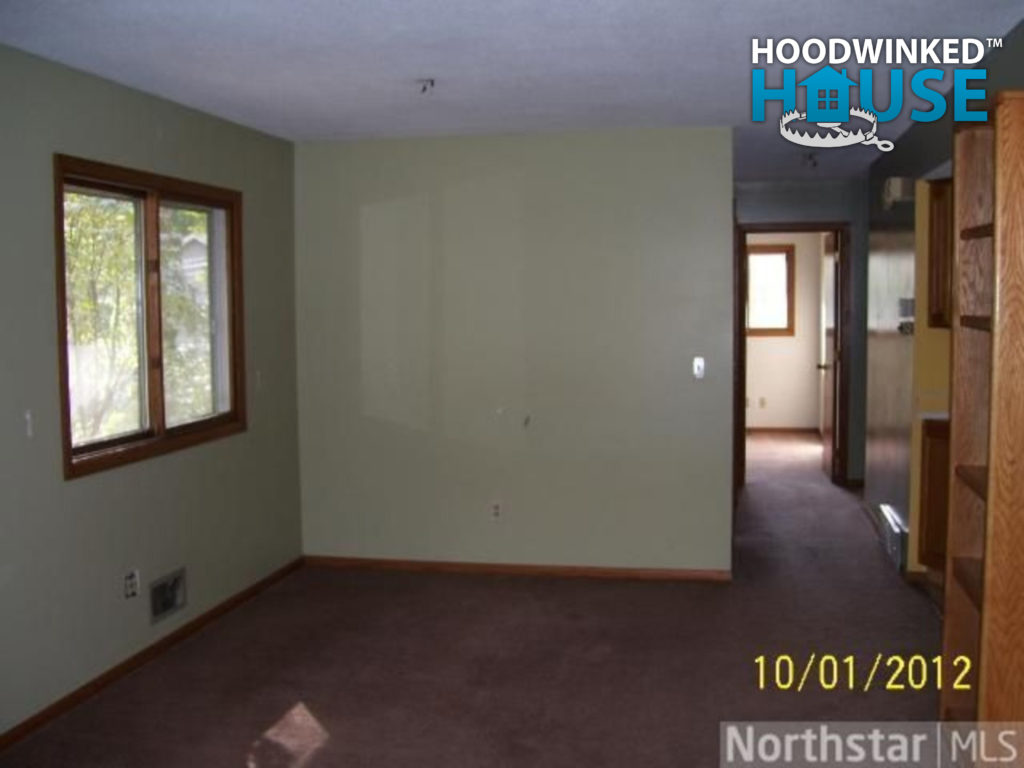
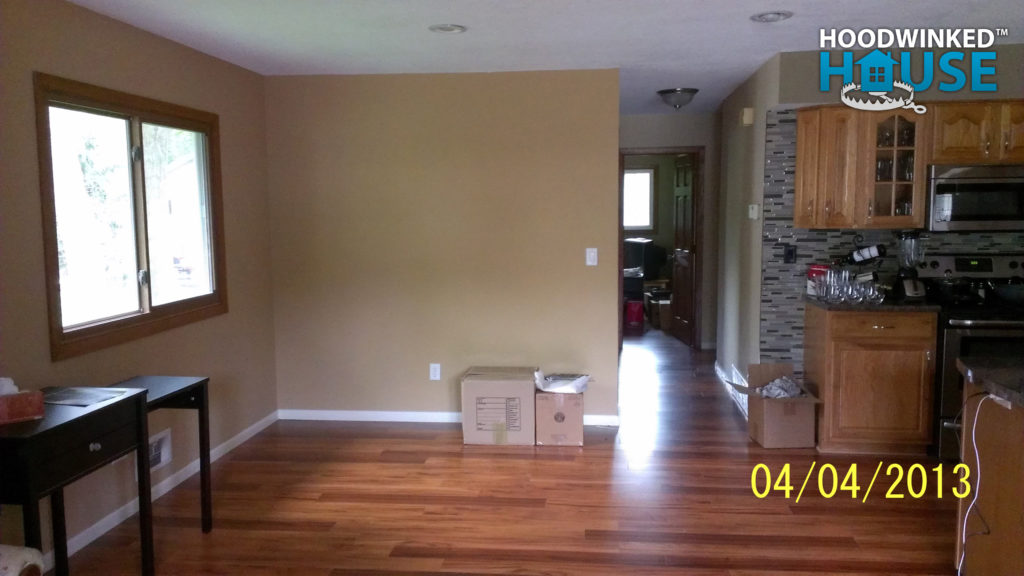
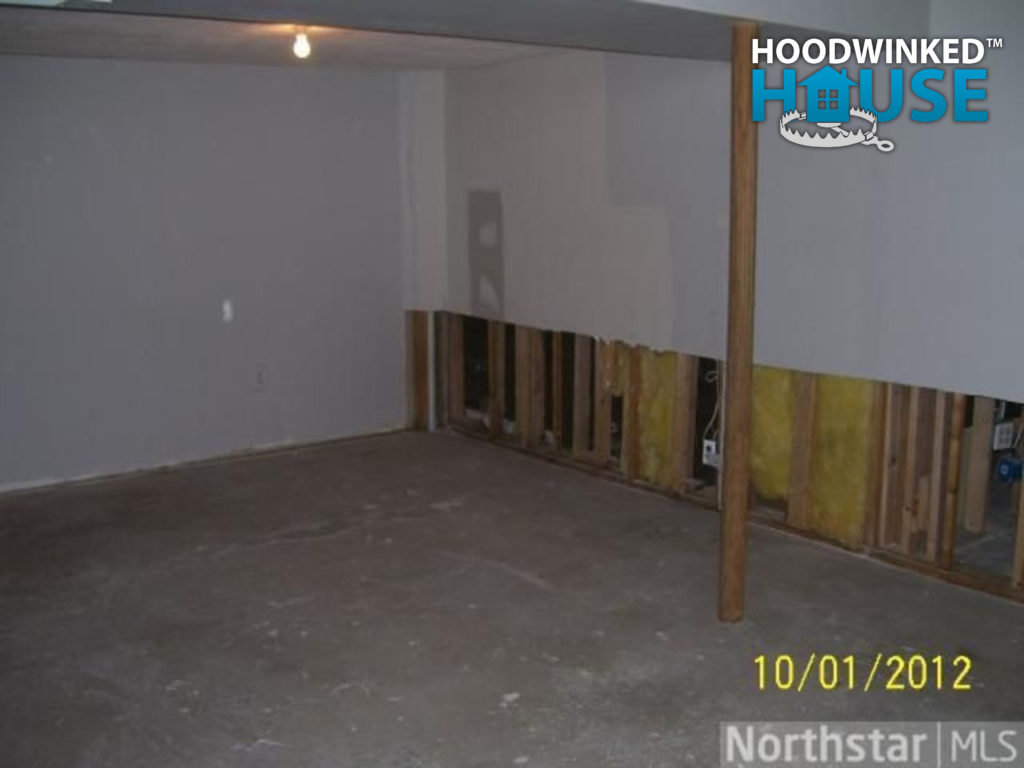
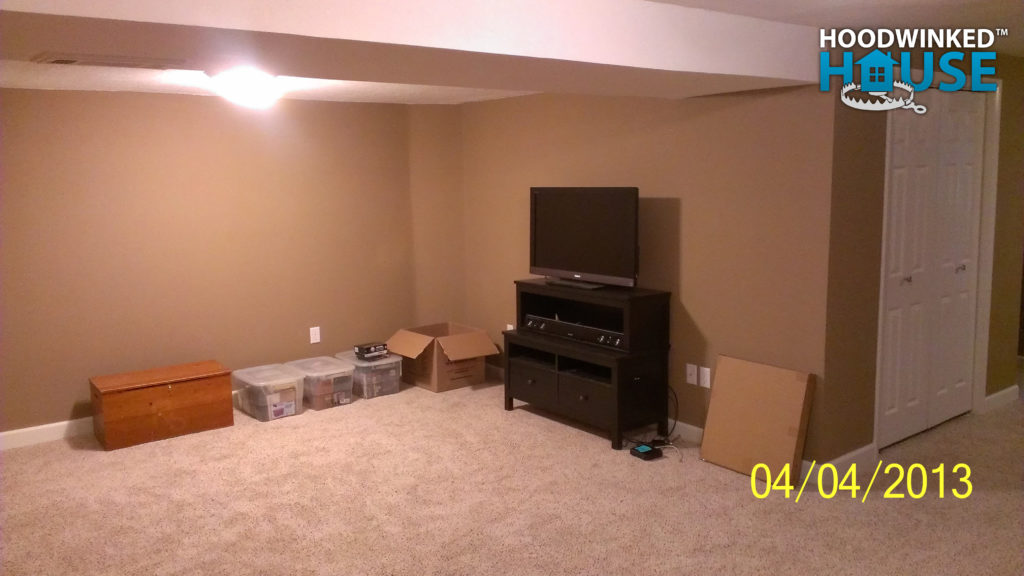
Week 3 – Severity Confirmed
The flipper had put our lives and property in serious danger by removing load-bearing structures. This reckless behavior could have killed me and my family, so I called the police. The officer was sympathetic to our situation, but did not believe it was serious enough to warrant police intervention.
We needed to get an understanding of how serious the problems were, and how much they would cost to repair, so we began calling general contractors. One by one, they visited our house, and were mortified at the condition of the property, claiming that it was worse than anything you’d see on the popular remodeling TV show Holmes on Homes, and that it was clear that the illegal remodeling work was done intentionally, in a predatory fashion, to flip the house onto an unsuspecting buyer and tricking them into ownership of the multitude of code violations. One contractor even stated “Whoever did this work needs to go to prison.“
Week 4

I called our city Building Official and asked him to come see the damage. Much like the general contractors who had looked at it before him, the inspector was absolutely shocked at the level of malice that went into remodeling. He stated, “I wish we had caught these guys in the act. They’d be in jail right now.” Furthermore, he ordered us to make the structural repairs quickly amid concerns that a large snow pack on the roof could cause the structure to buckle. Failure to fix the house before snowfall came with the threat that the city would condemn our house and evict me and my family.
Without any help from the inspector or local law enforcement, I moved-up to the next level of government by contacting my county attorney, and began working with a Civil Investigator. She admitted that my case “certainly sounds like ‘theft by swindle’“, and began an investigation into the Seller and his associates. The Seller deferred taxes by running the transaction as a 1031-Exchange through the IRS, and he provided outdated contact info. Legal advisers believe that he knew exactly what he was doing, that he had committed this type of fraud before, and that he may even use offshore bank accounts.
What’s more, the Seller kept all of the building code violations secret behind a “Seller’s Disclosure Alternatives” form, which means I bought the house “as is”. I had assumed that my realtor had my best interests at heart, so I expressed concern about the paperwork to him. My realtor insisted that this form was “very common”, that it was “no big deal”, and that if I didn’t sign the form, it would definitely mean losing the house to other bidders. He coached me into signing the waiver.
With those avenues closed, we learned that our only options were to:
- Abandon the house, forfeit my mortgage and ruin my credit for 8 years.
- Pray for some kind of disaster, such as a fire, that would be covered by our insurance.
- Pay tens of thousands of dollars for the repairs out of my own pocket.
It was at this moment that I realized that I had been utterly ruined. I was devastated. I could barely manage a phone call with my stunned parents, and I spent the entire night awake and sobbing.
Meanwhile, the problems just kept piling up.
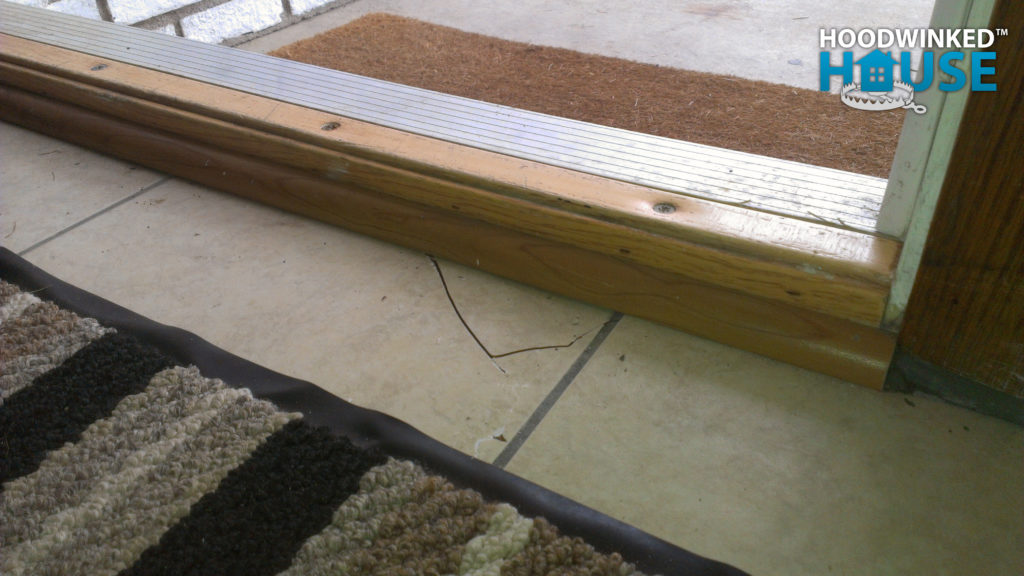
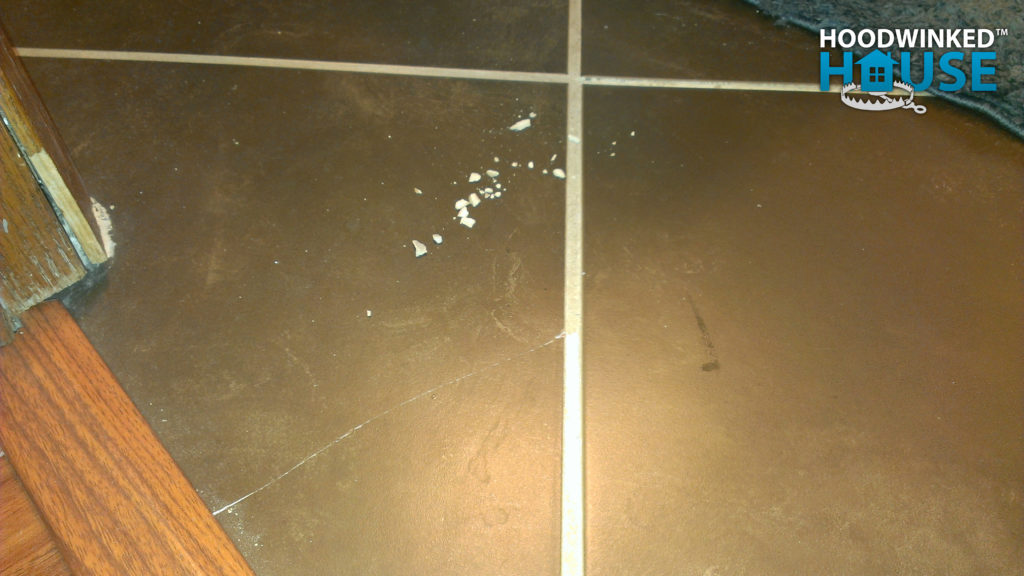
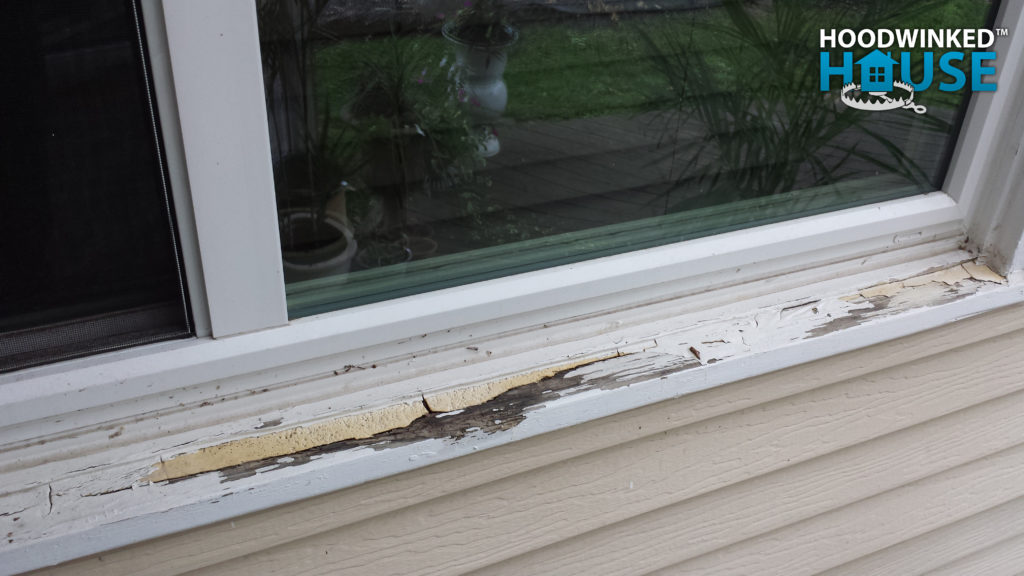
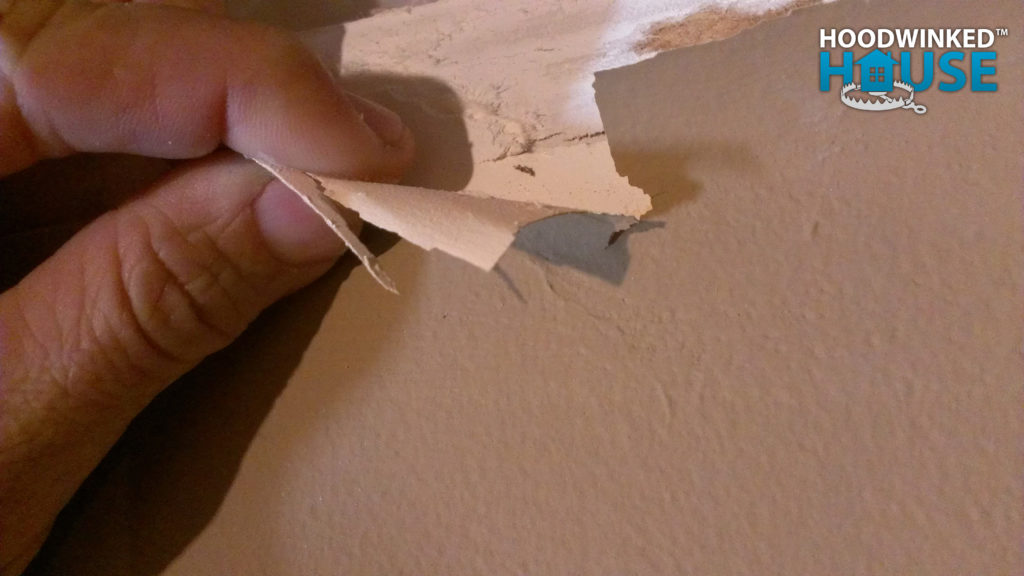
Month 2 – Demolition
It was too difficult for contractors to estimate repairs to my house when the known problems were still covered by drywall and tile, so I hired a general contractor to do some basic demolition work to reveal the problems.
Instantly, 50% of our square footage that comprised the lower level of our house, including the master bedroom, became unusable. We reluctantly moved all of our furniture and belongings to the upper level, and unhooked our laundry machines. We began hauling our dirty laundry to my parents’ house each week.
A large number of additional plumbing problems were found.
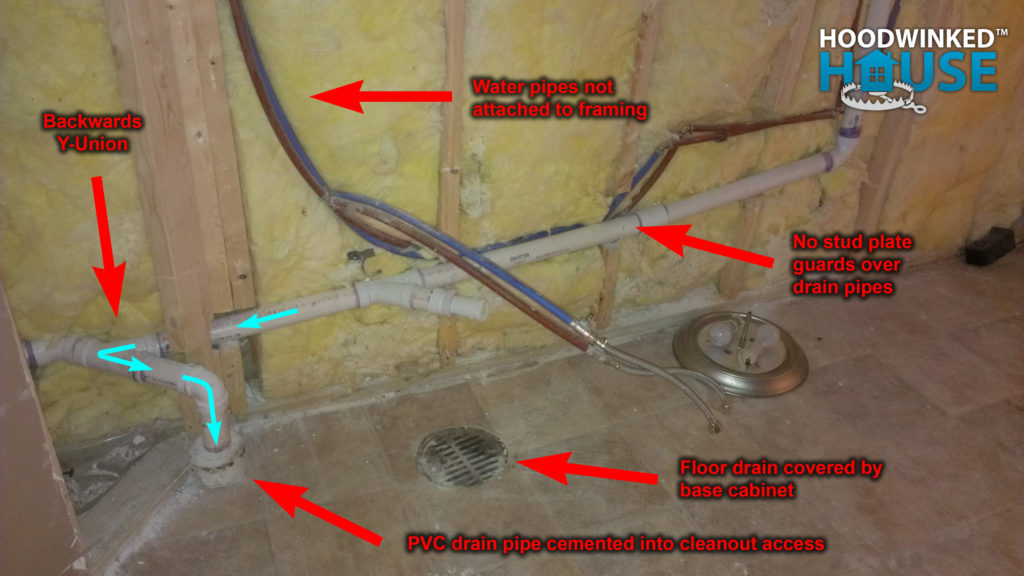
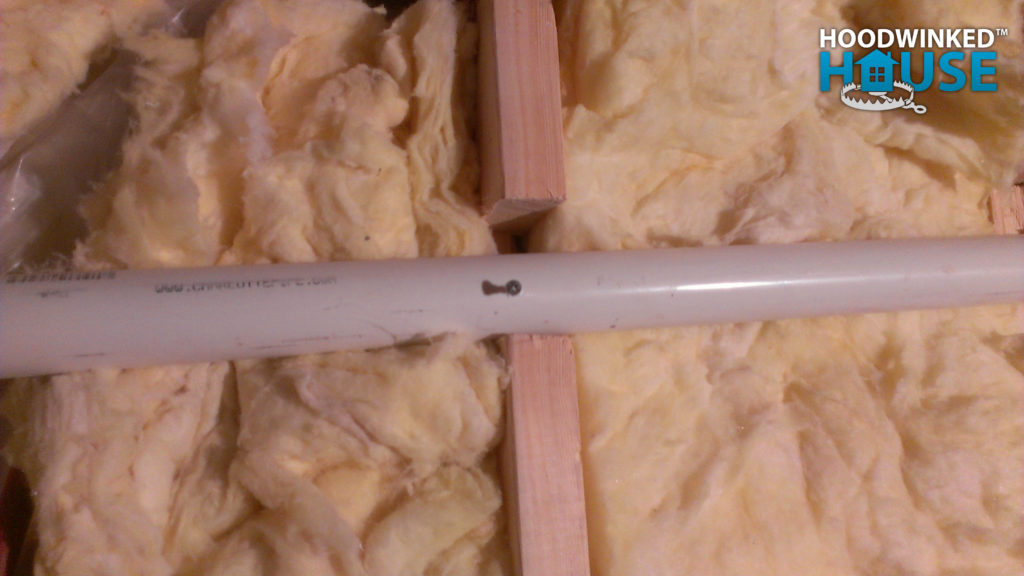
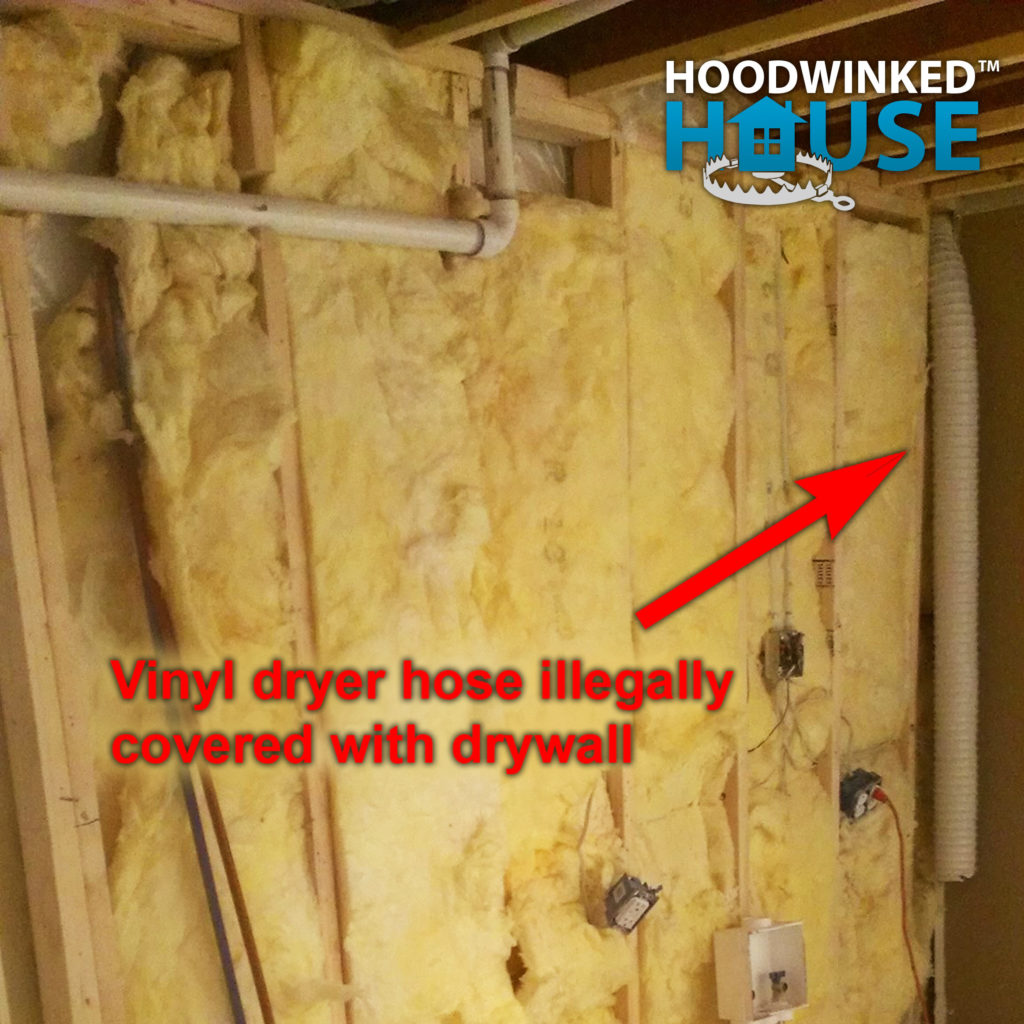
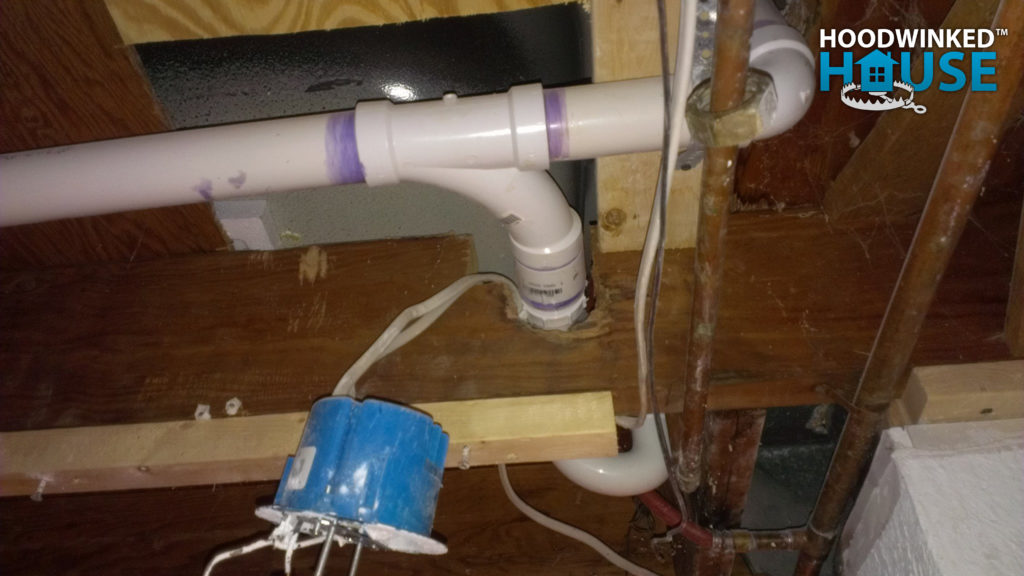
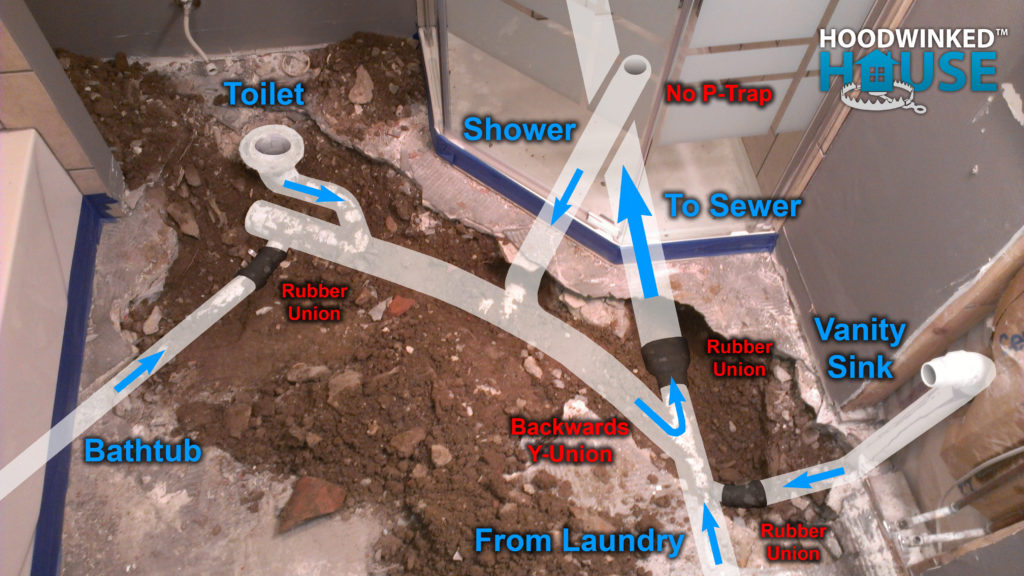
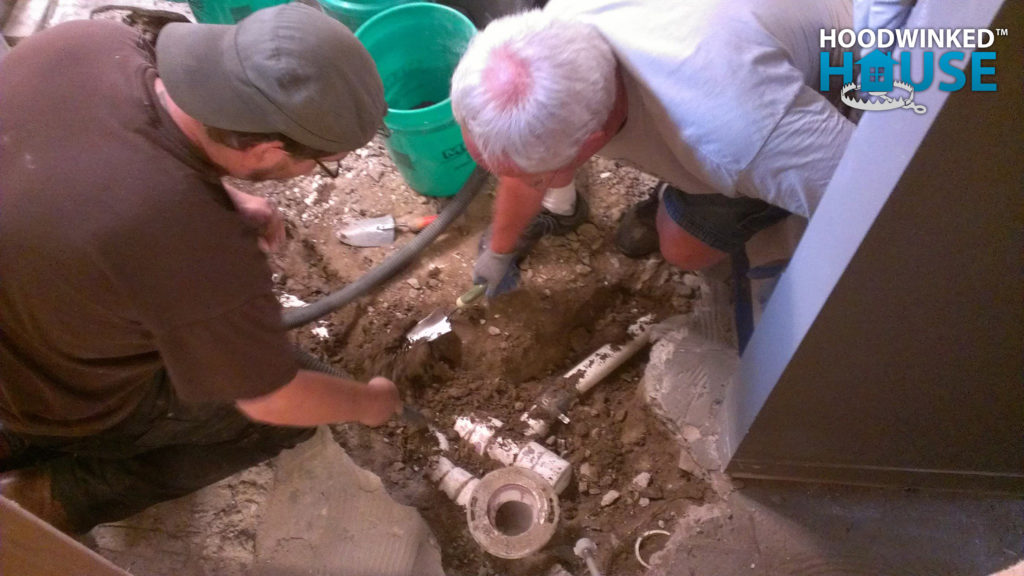
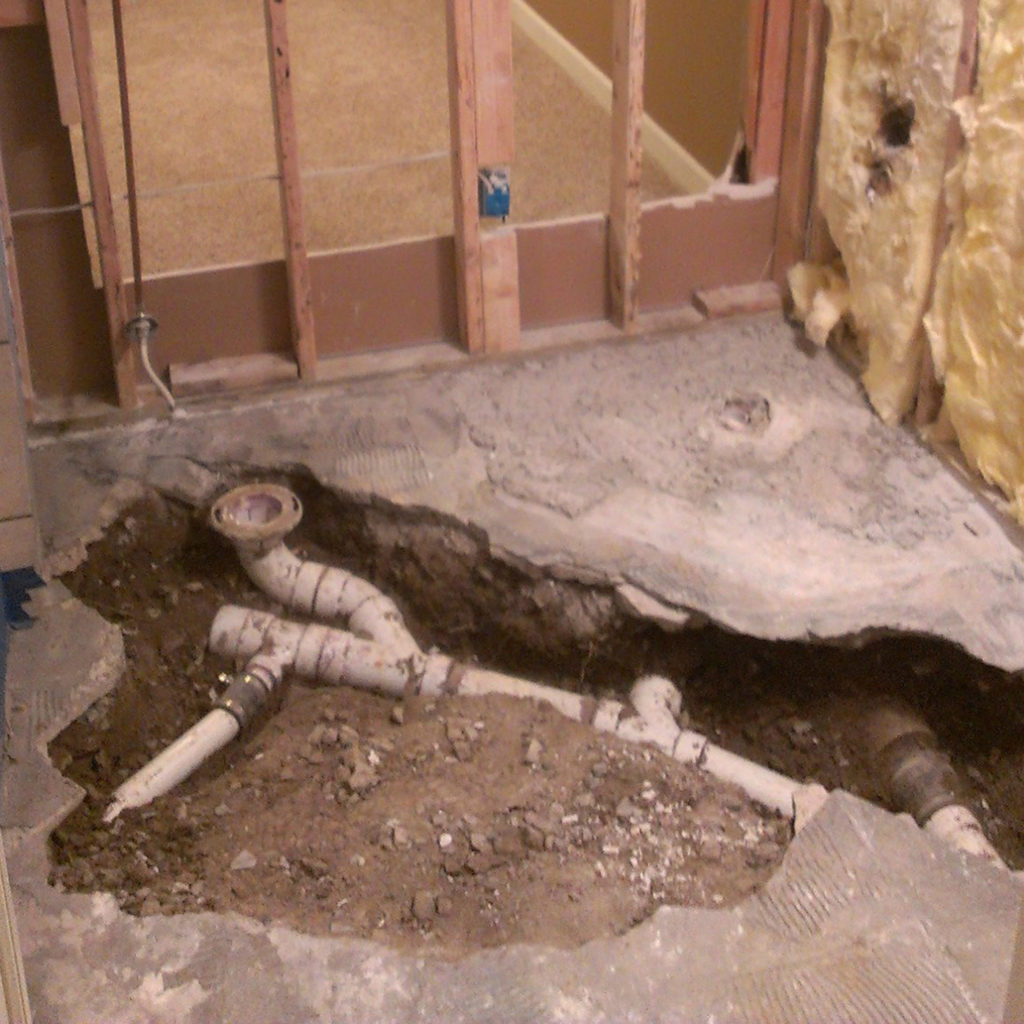
Month 3 – More Hidden Plumbing Code Violations
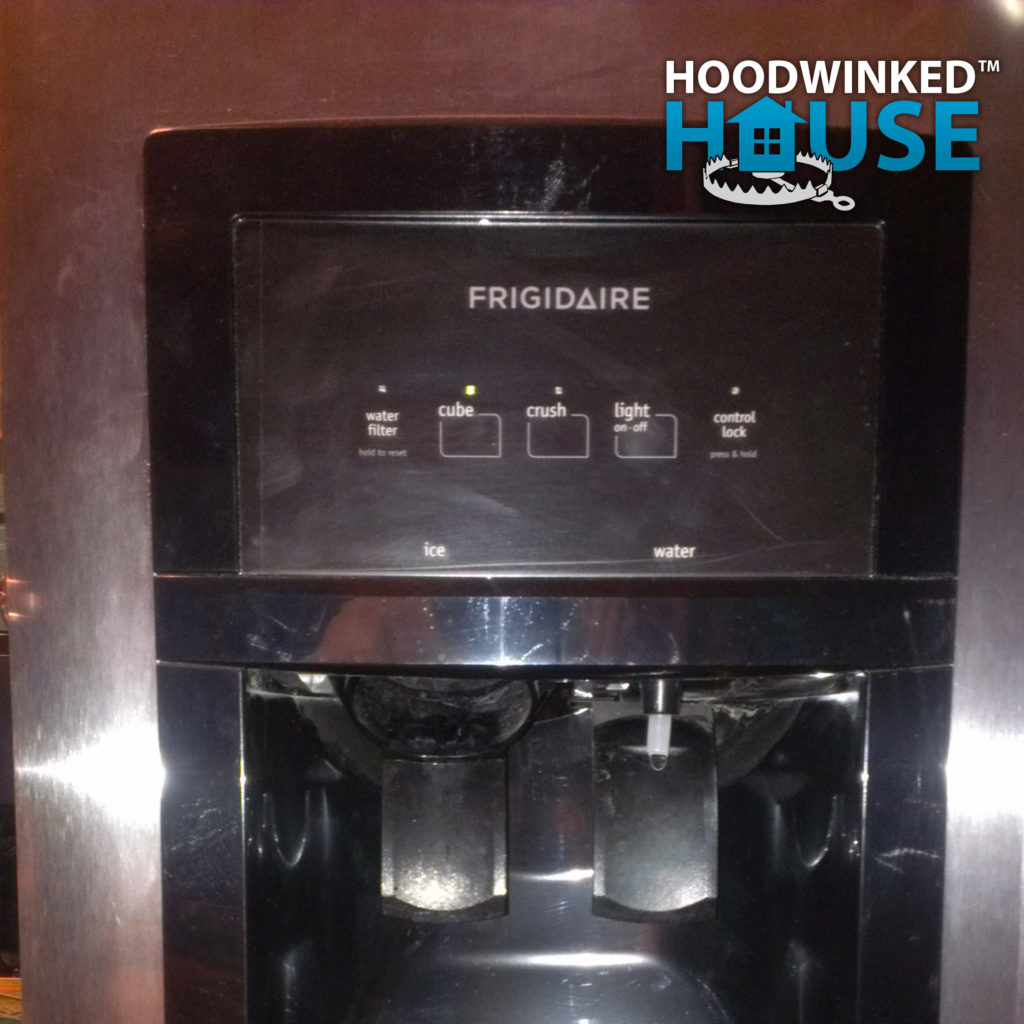
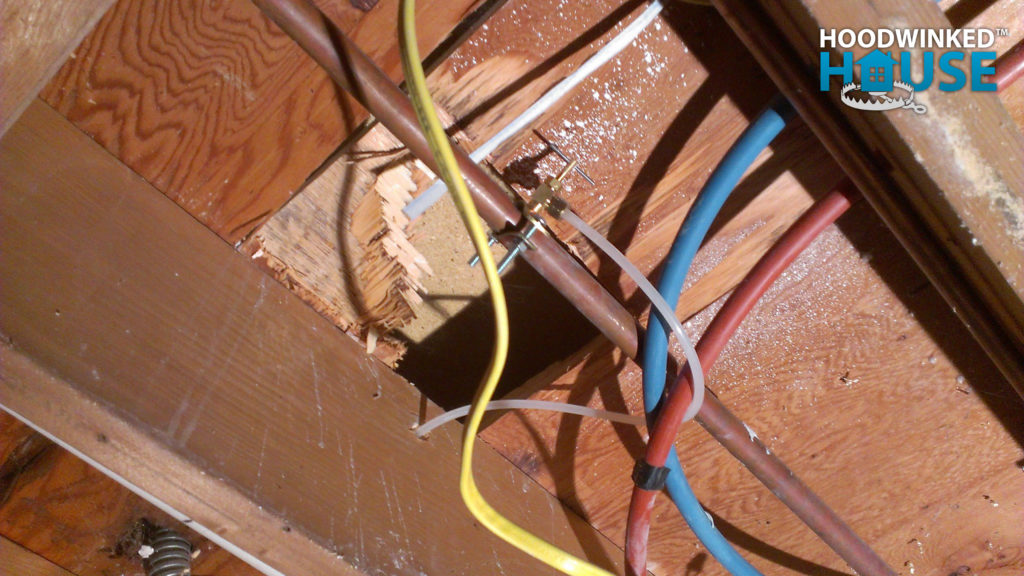
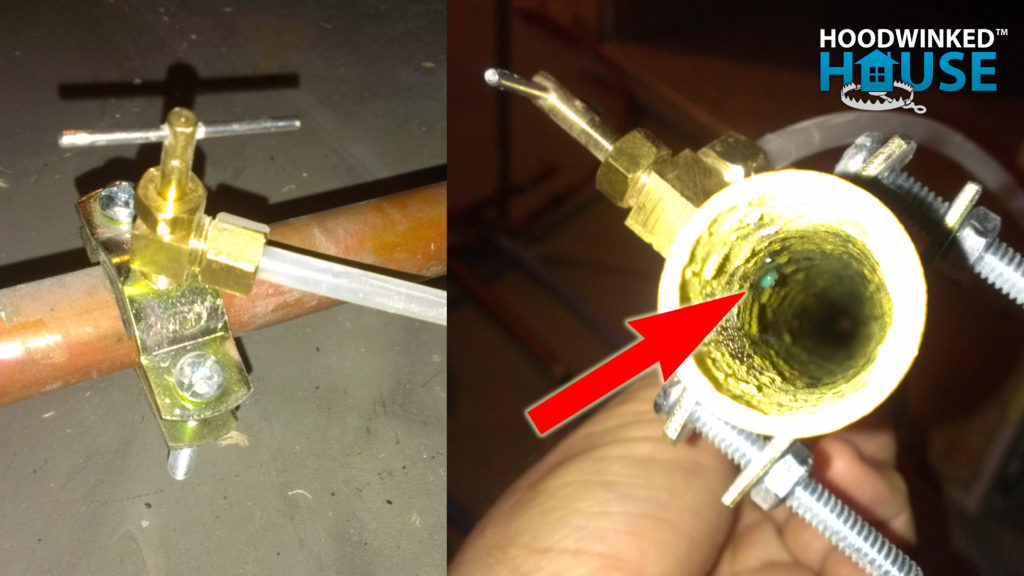
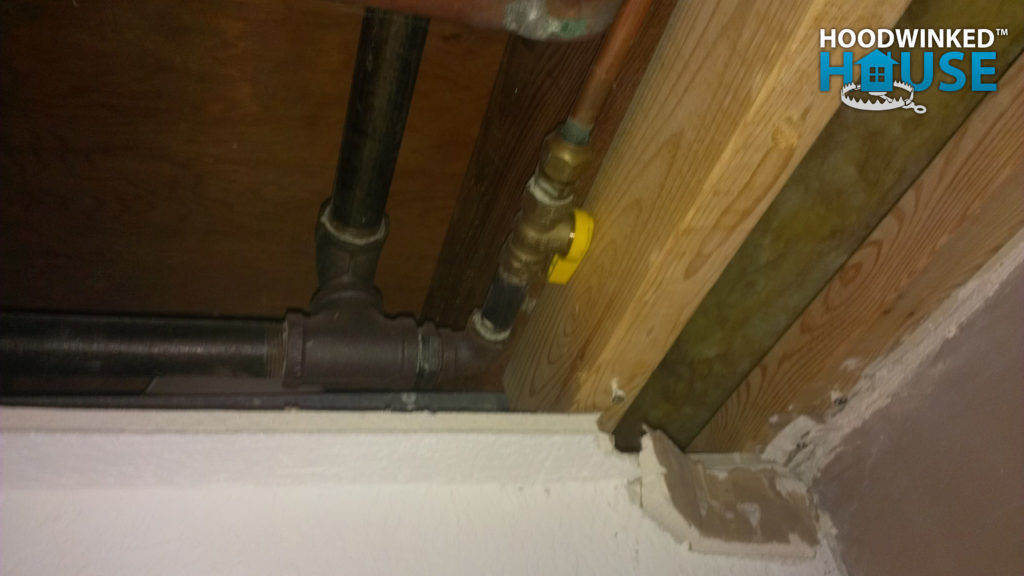
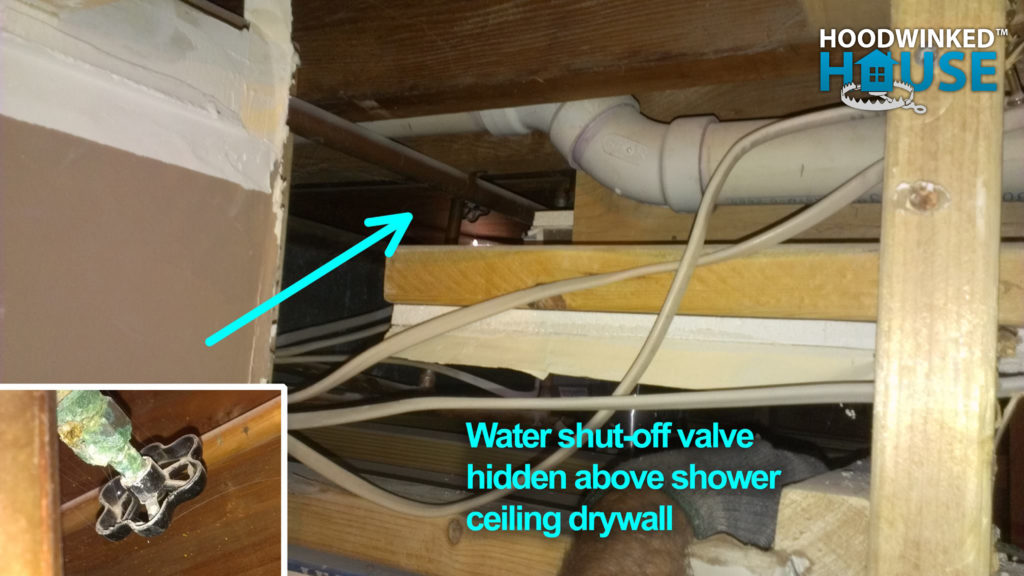
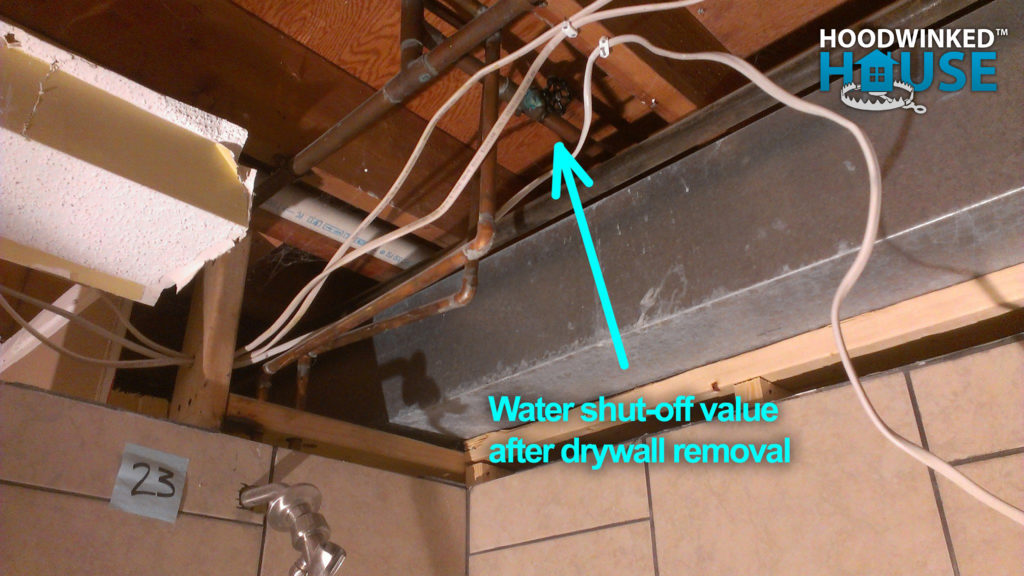
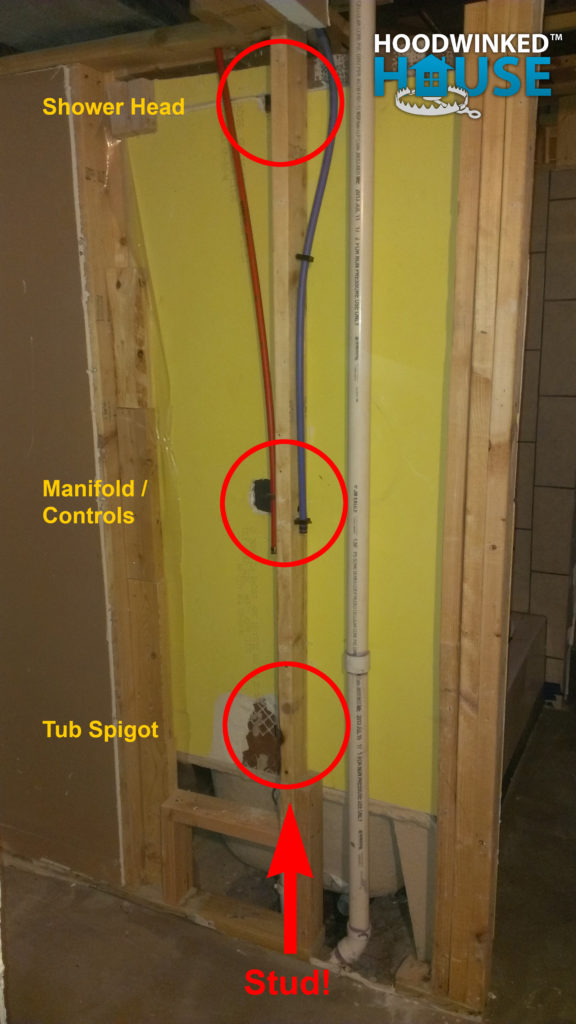
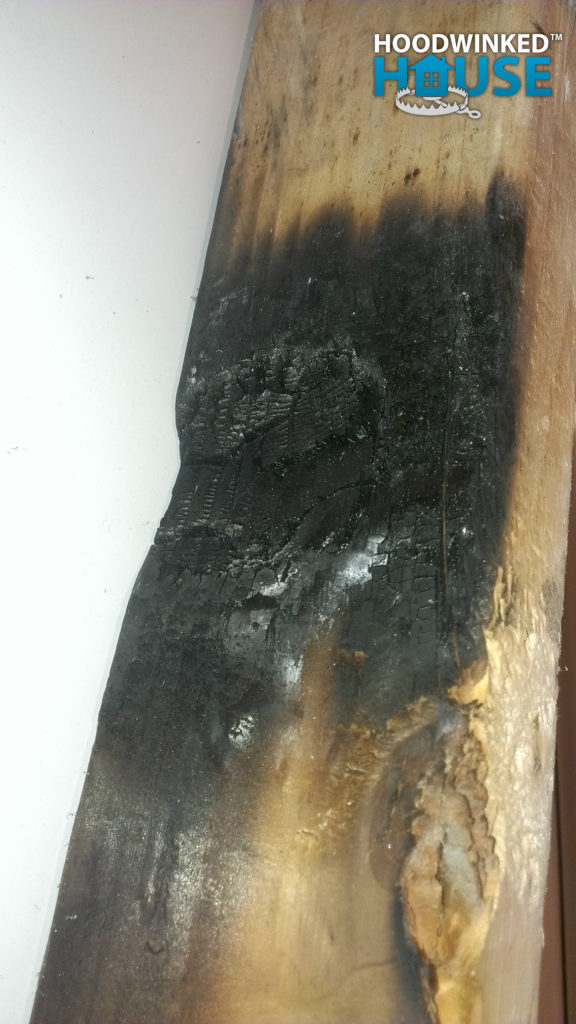
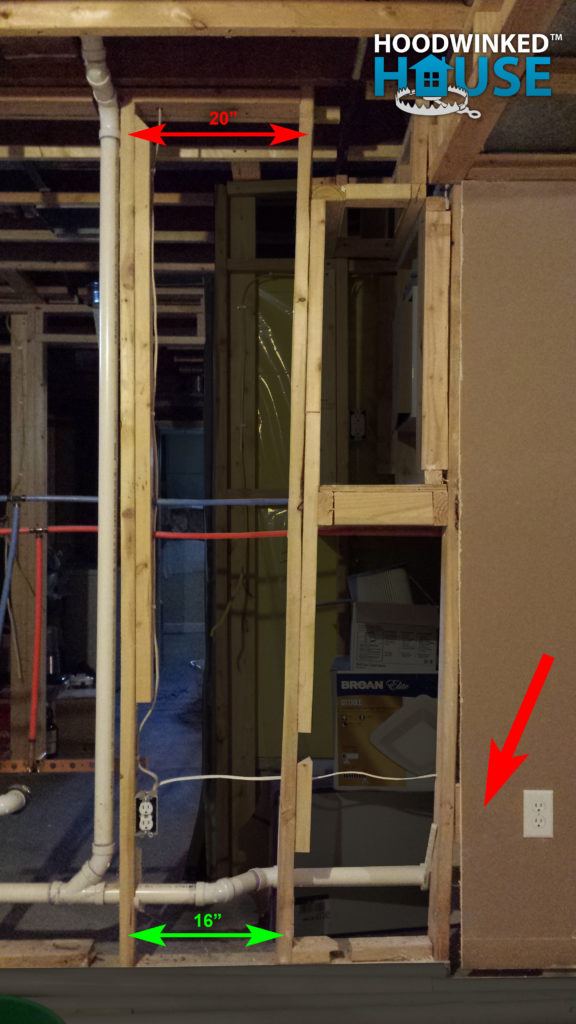
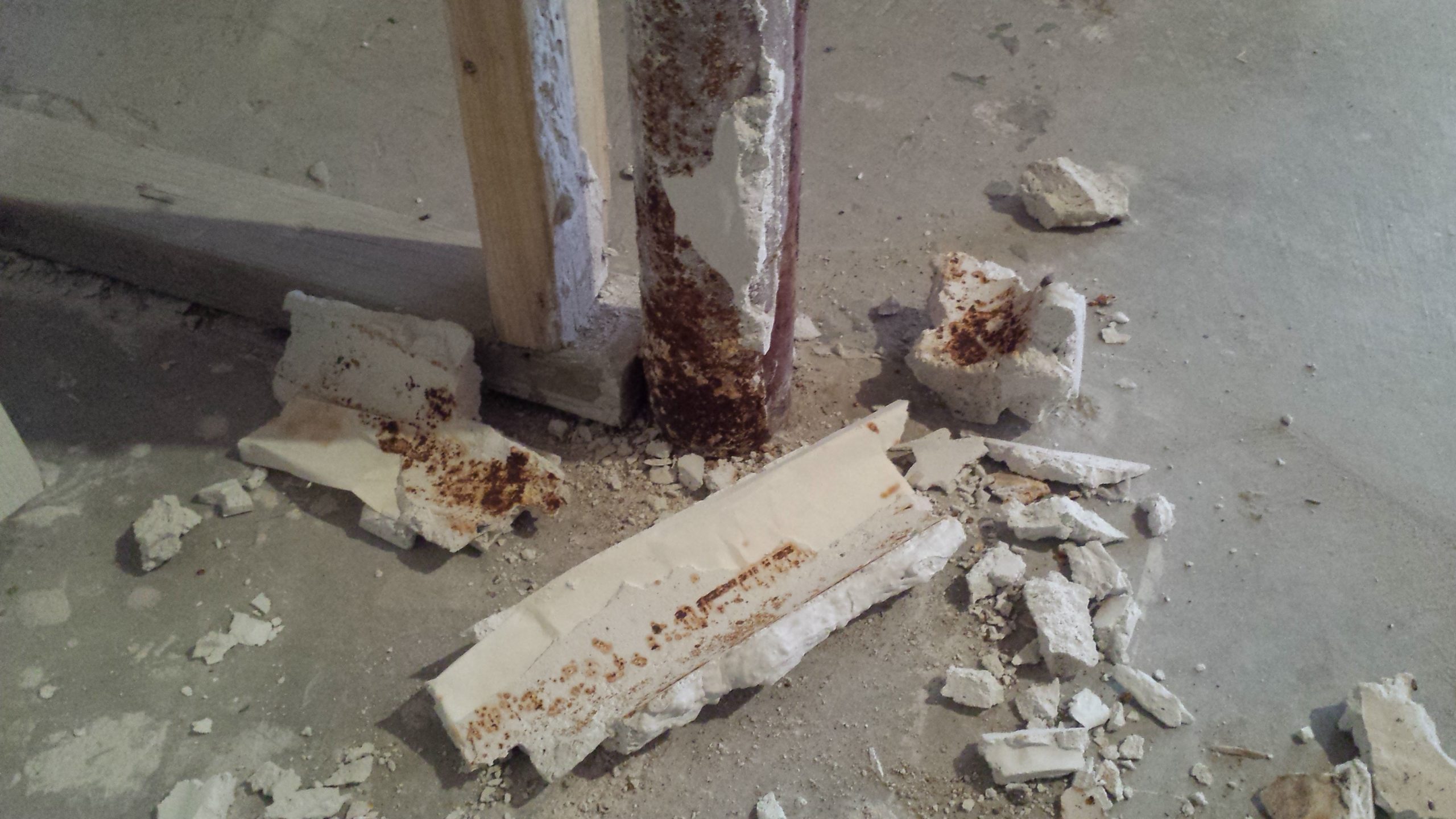
Month 4 – Begging for Bids
Although dozens of general contractors looked at our house, nearly all of them turned-down the project as it was just too risky. Many contractors do not carry the additional insurance needed to correct another party’s faulty work.
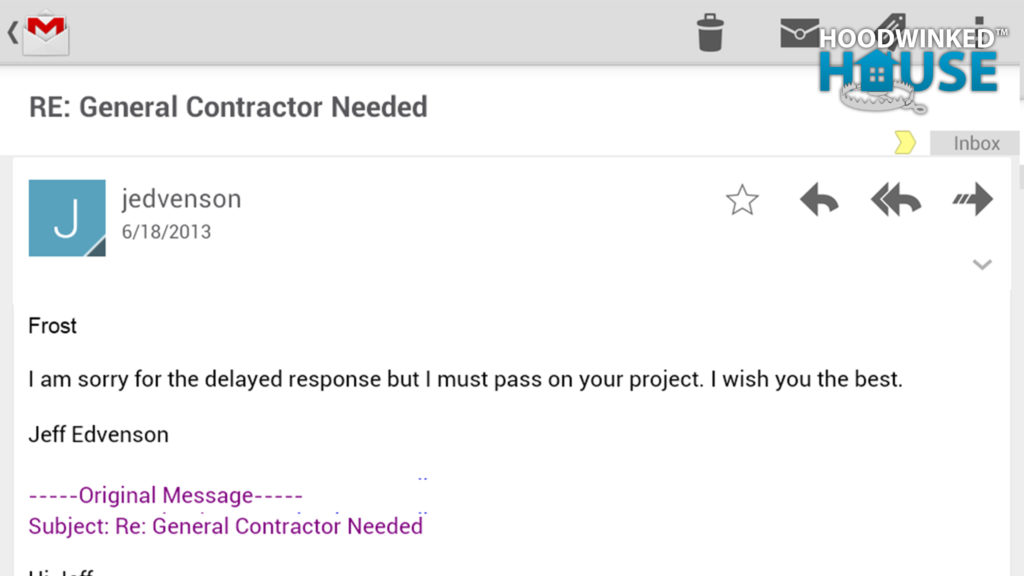
We needed 3 written estimates before we could begin a legal case. After several months, we finally got bids estimating repairs between $70,000 and $100,000. (Remember, the house was only worth $174,000.)
Month 5 – Hidden Electrical Code Violations
The flipper’s illegal remodeling work continued to surface as demolition continued. Most of the wiring was not attached to framing and the antiquated fuse box was located inside a closet, which is a major fire hazard!
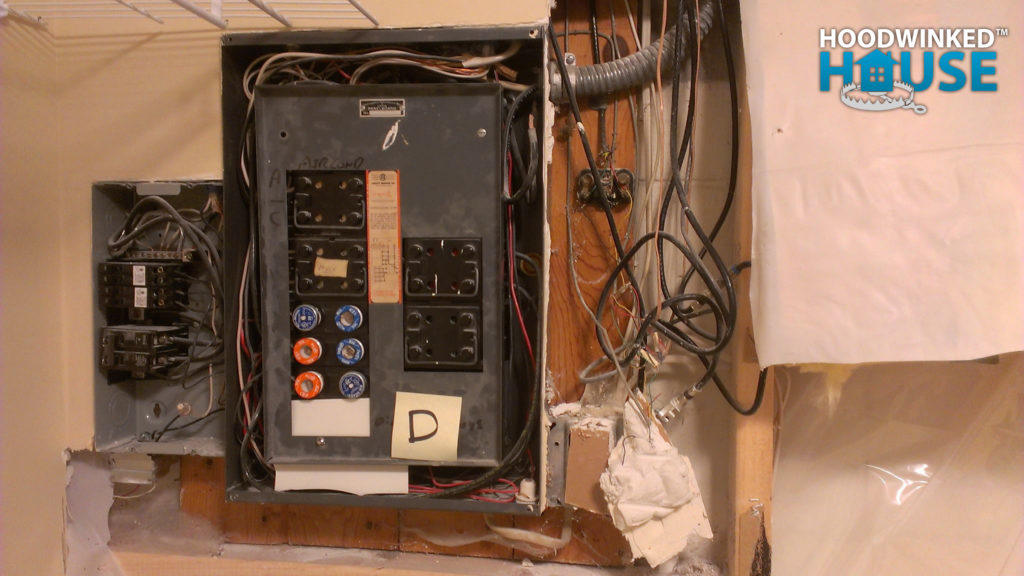
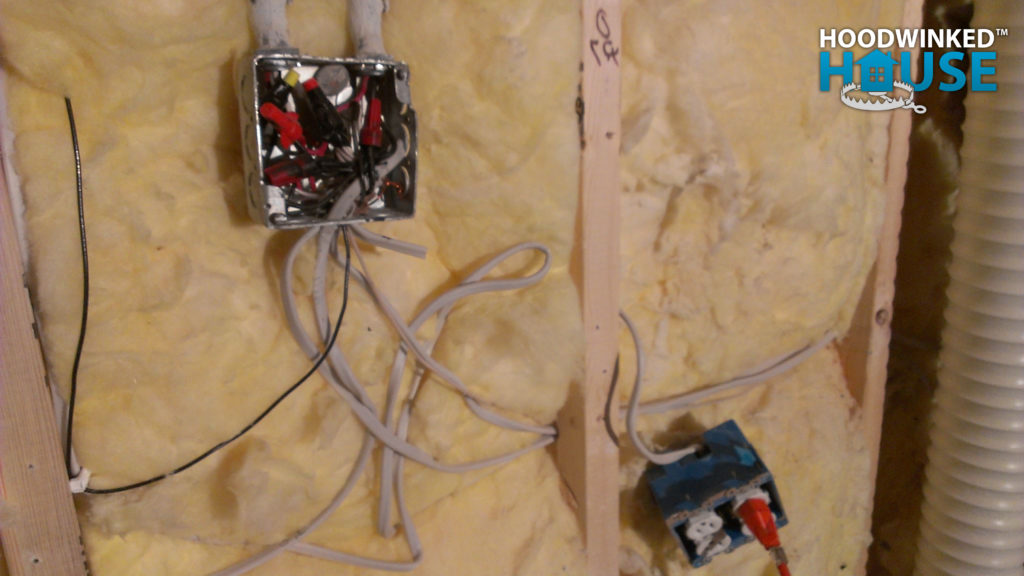
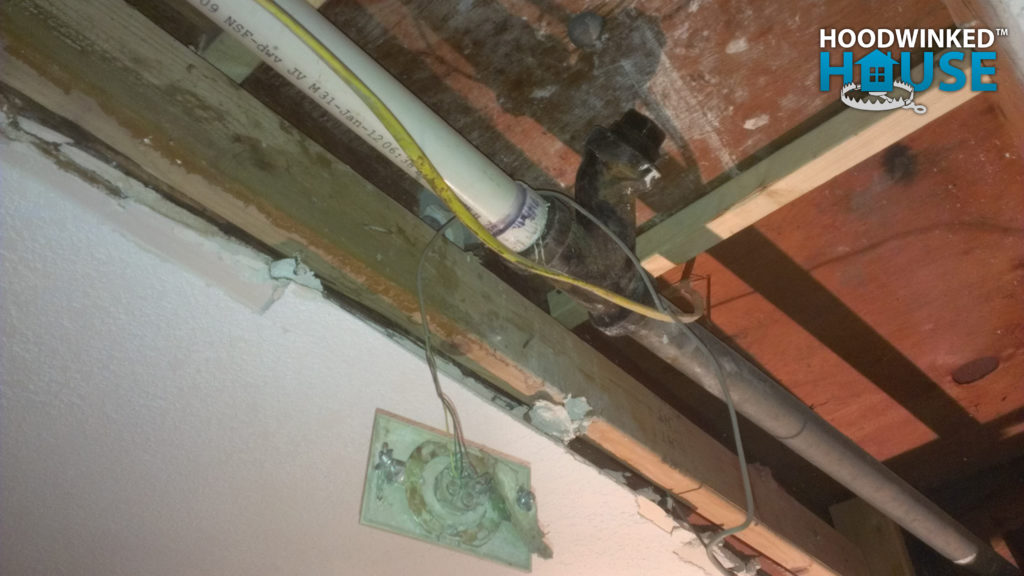
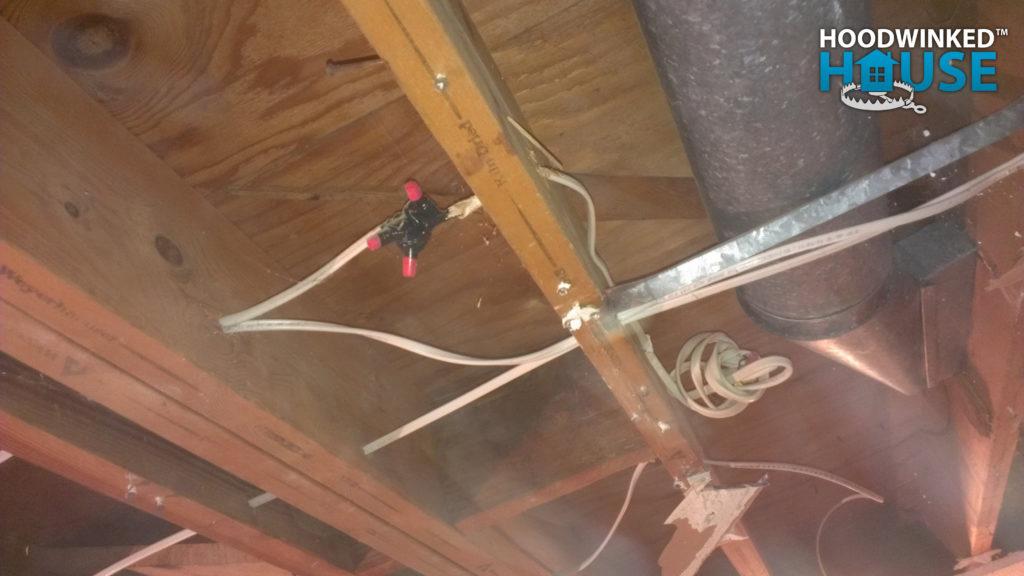
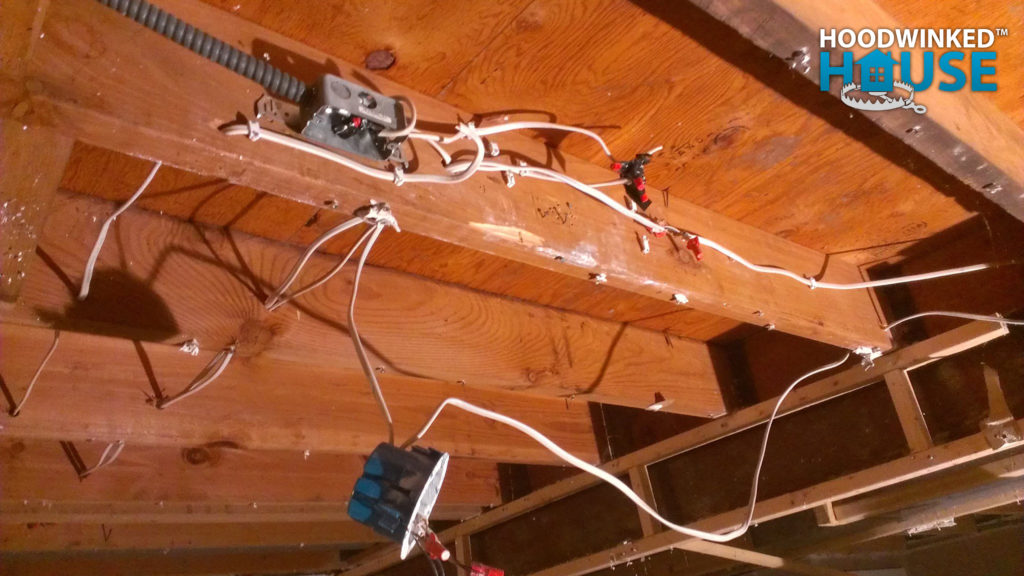
More demolition work was needed to continue exposing the problems, so I decided to do it myself.
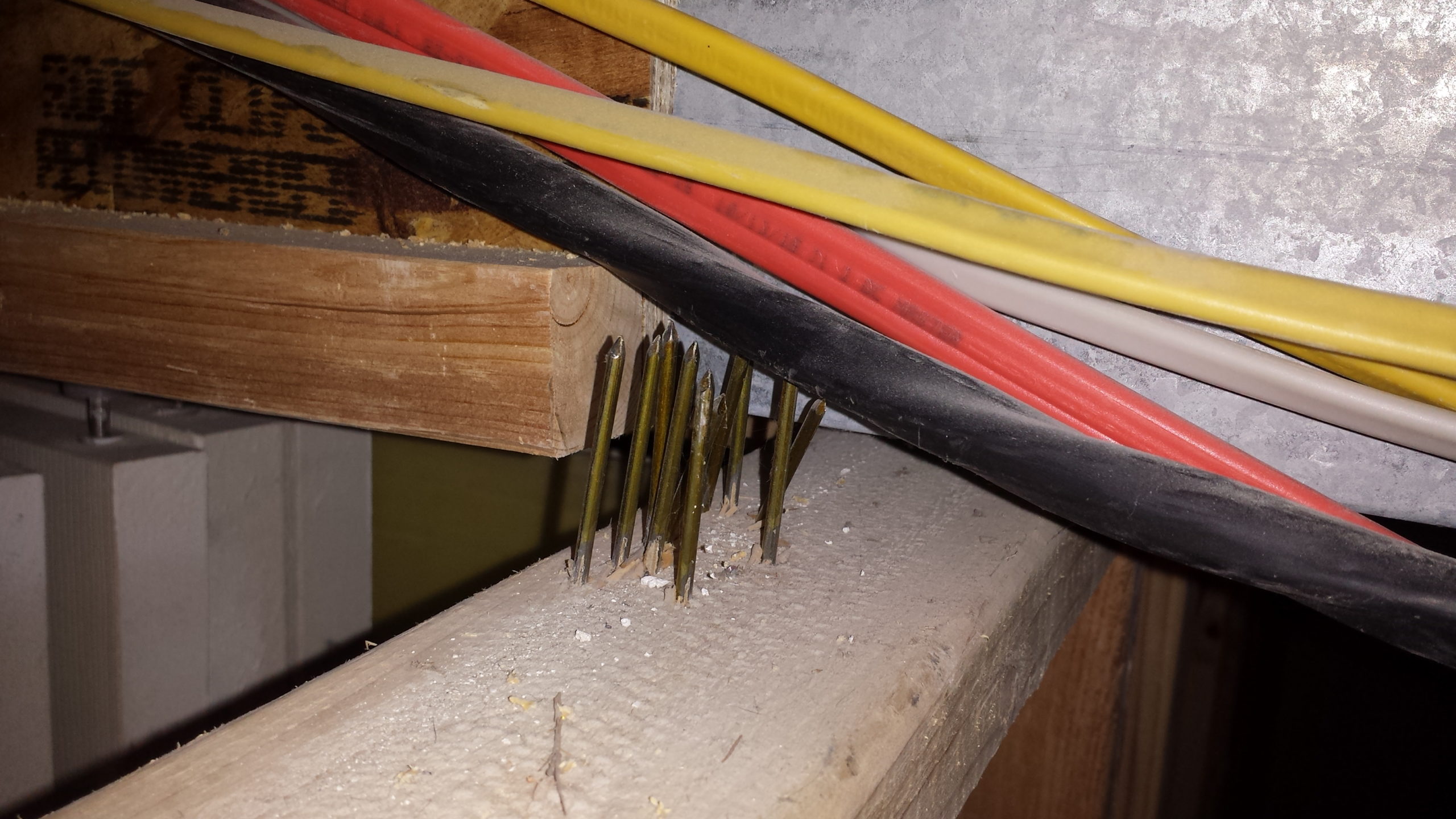
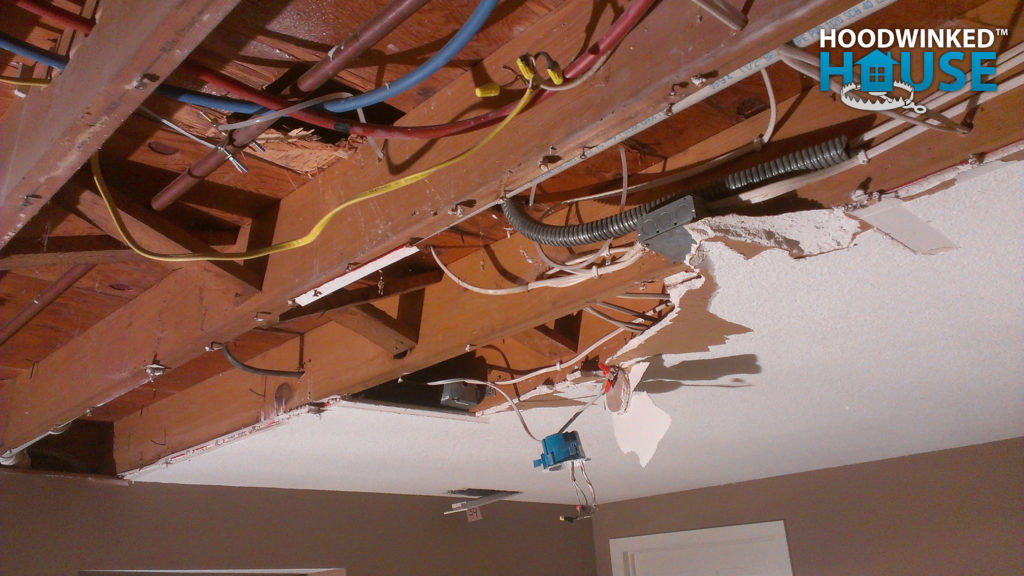
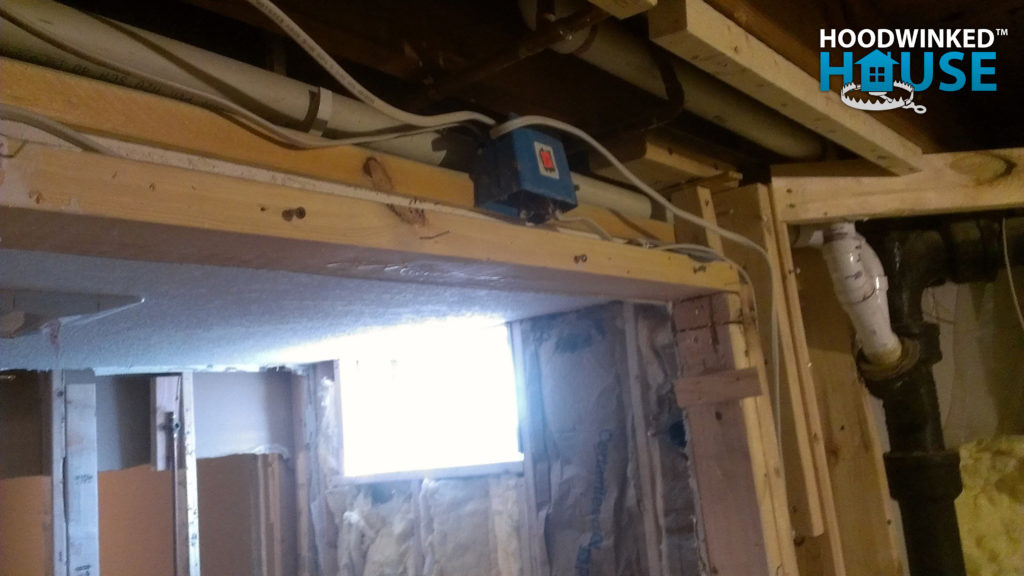
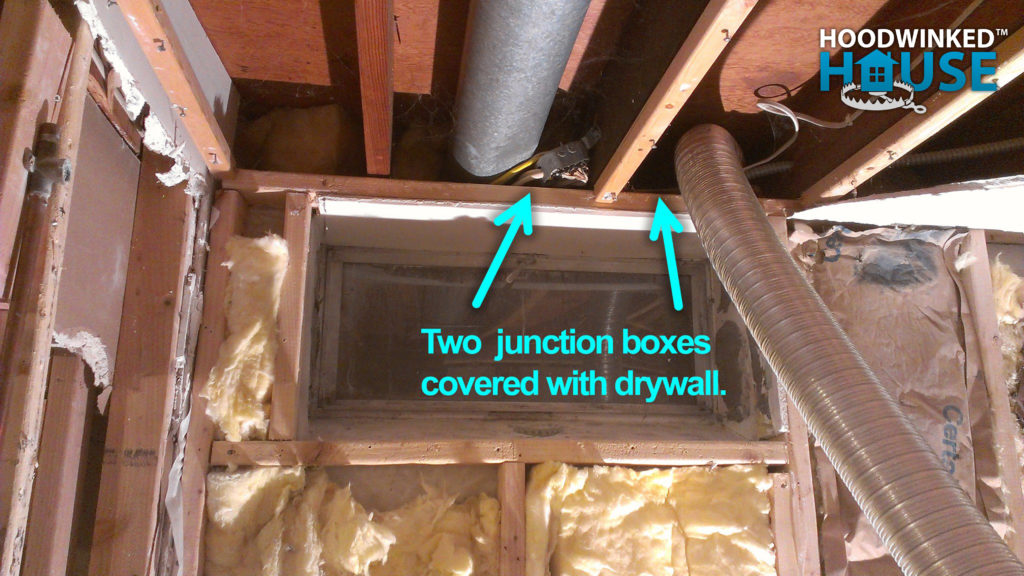
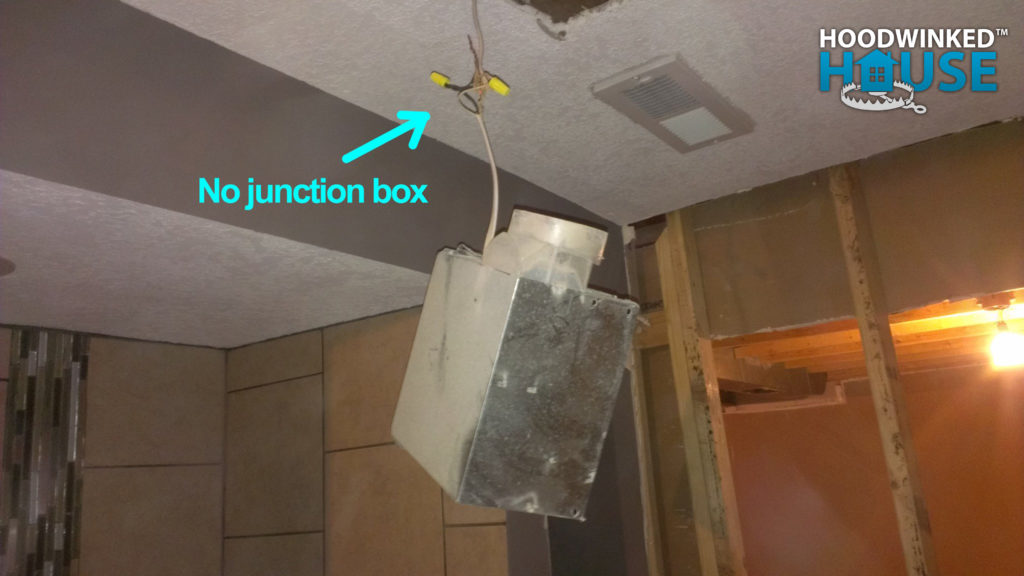
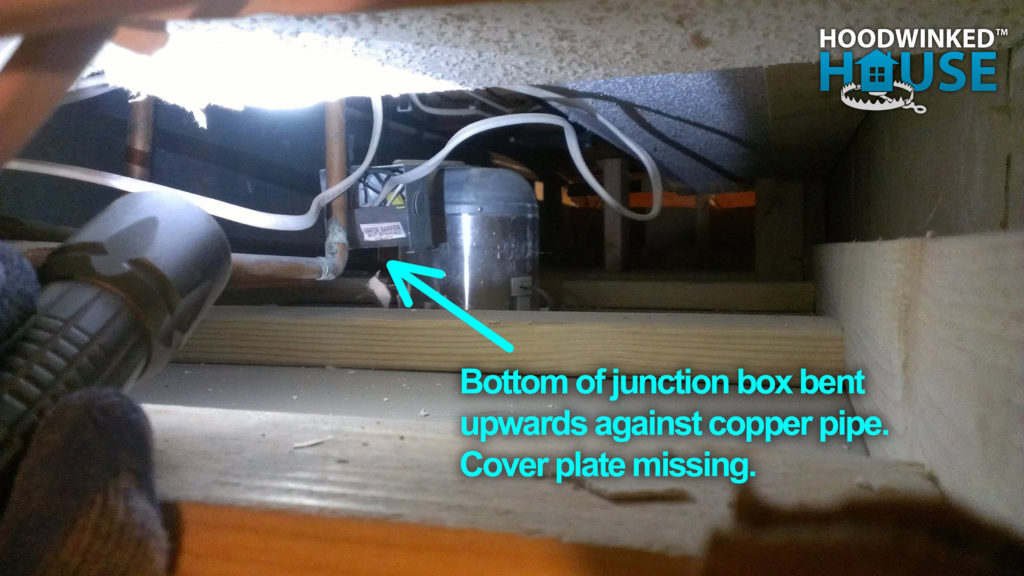
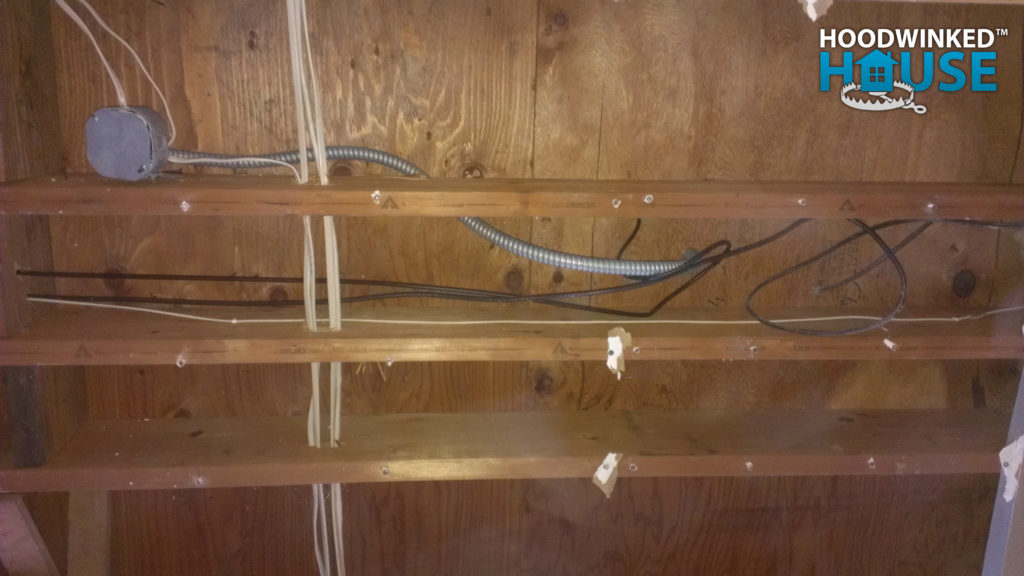
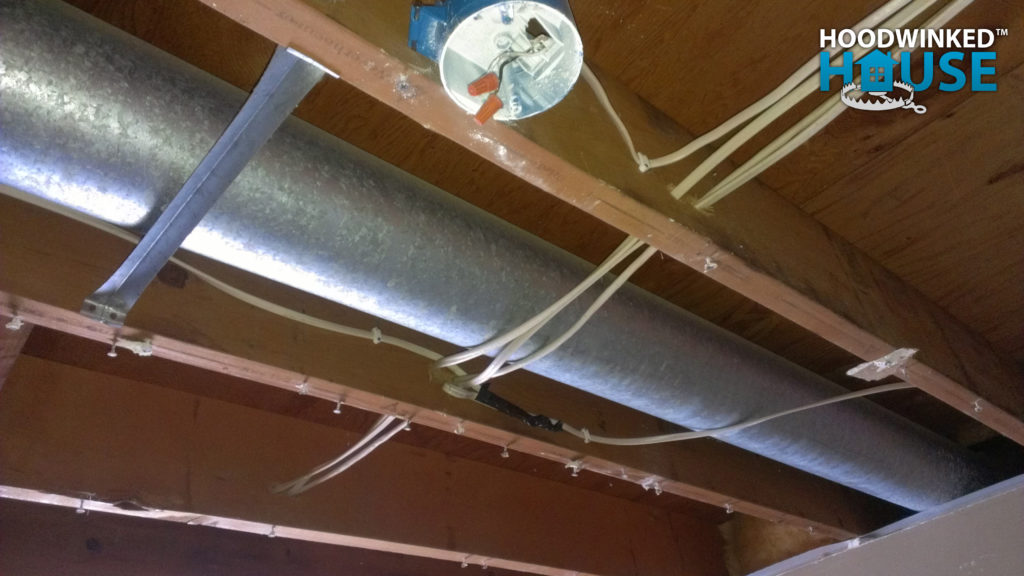
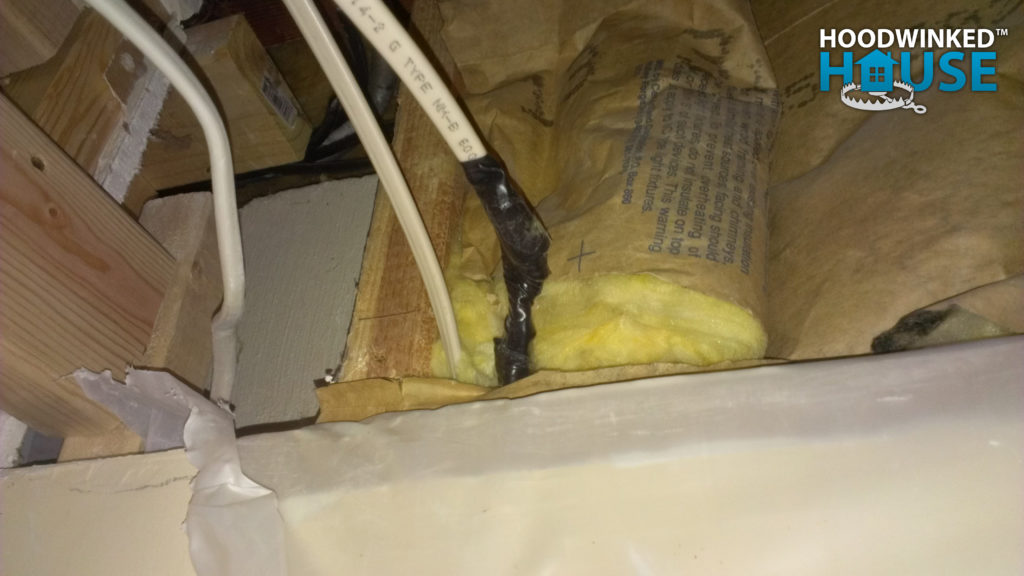
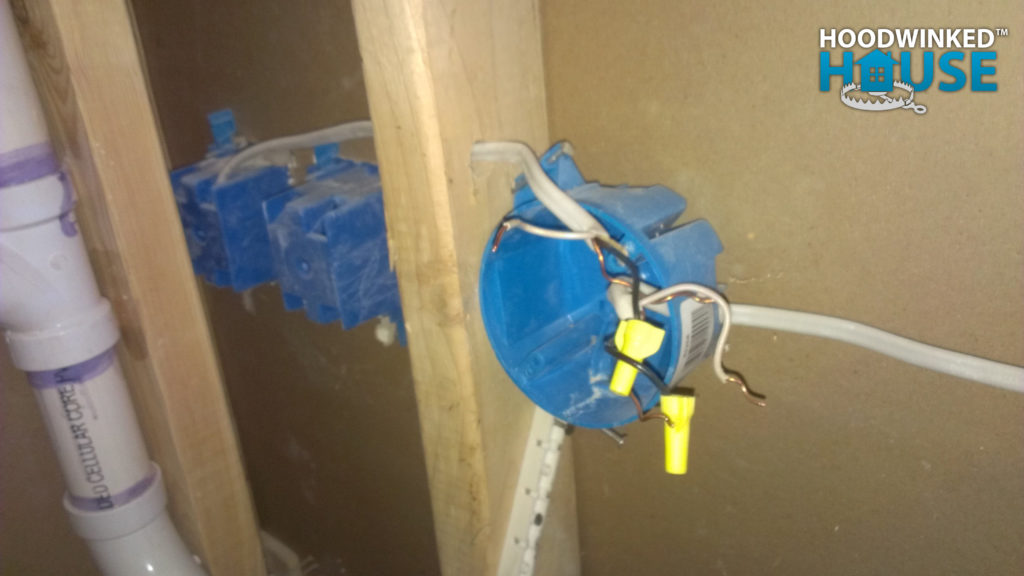
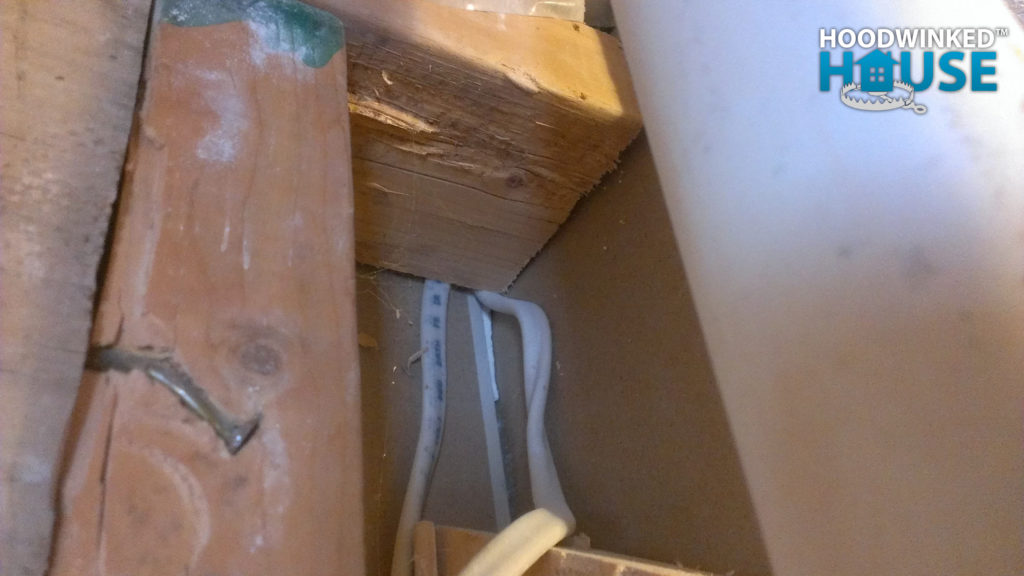
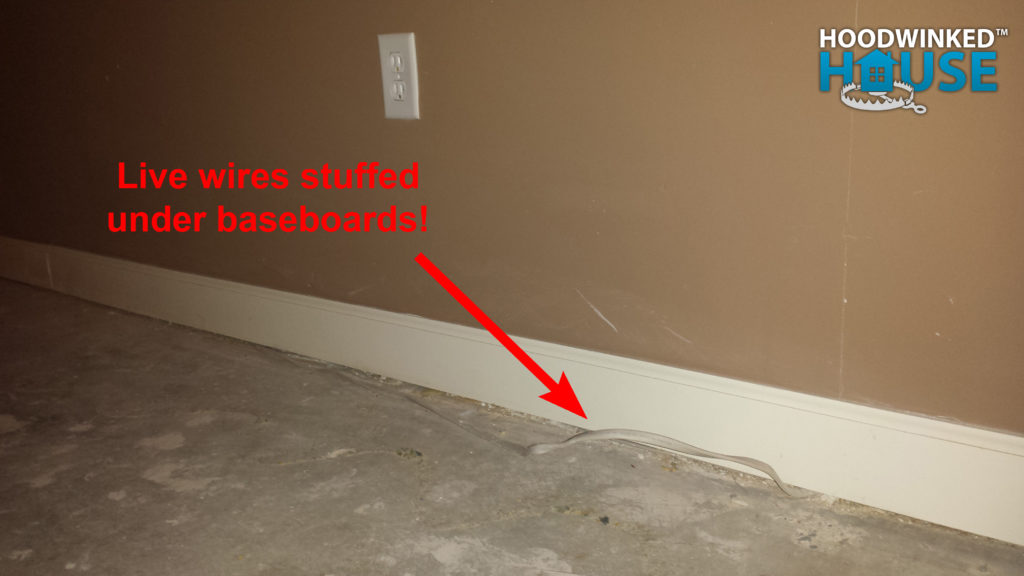
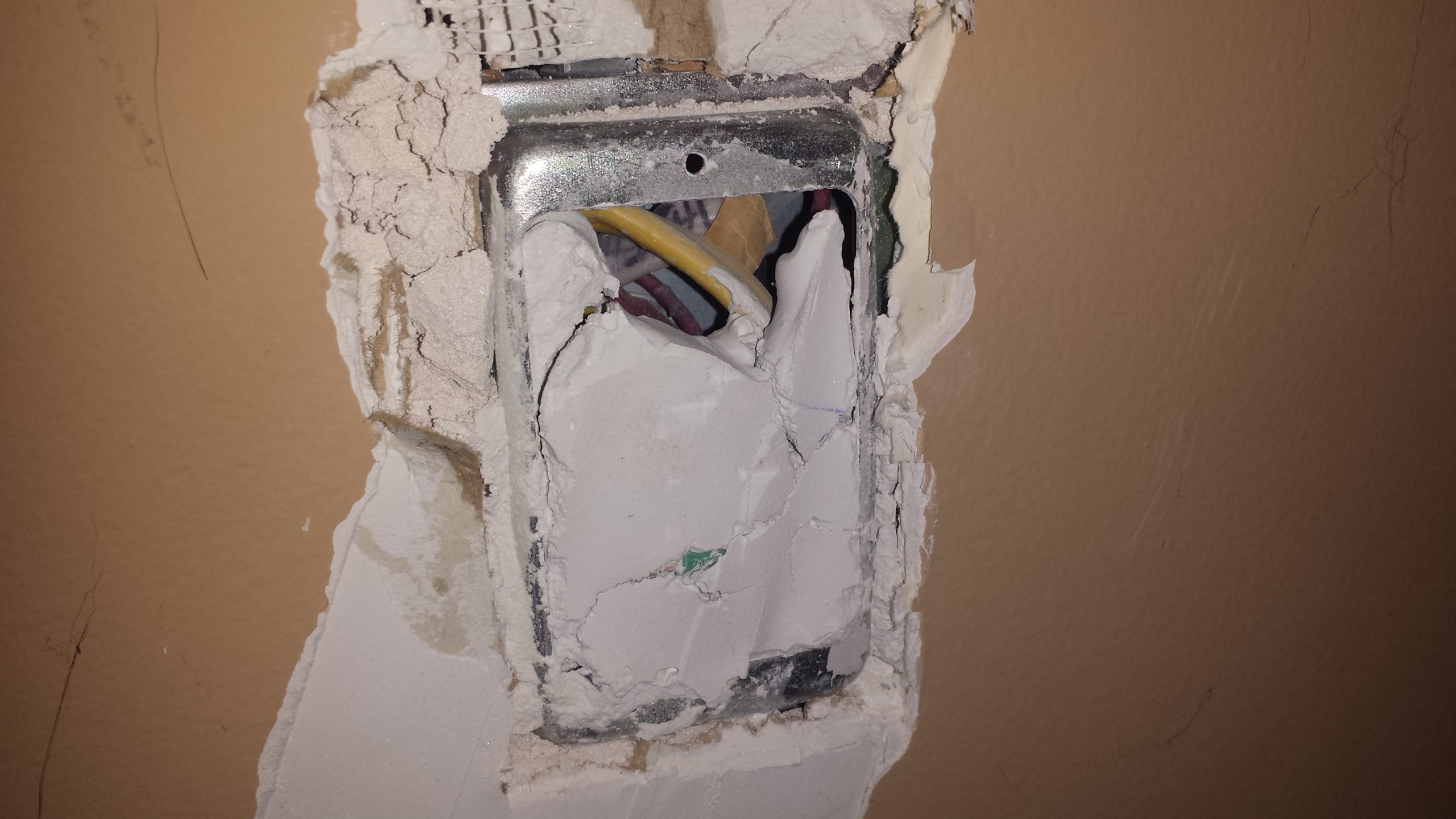
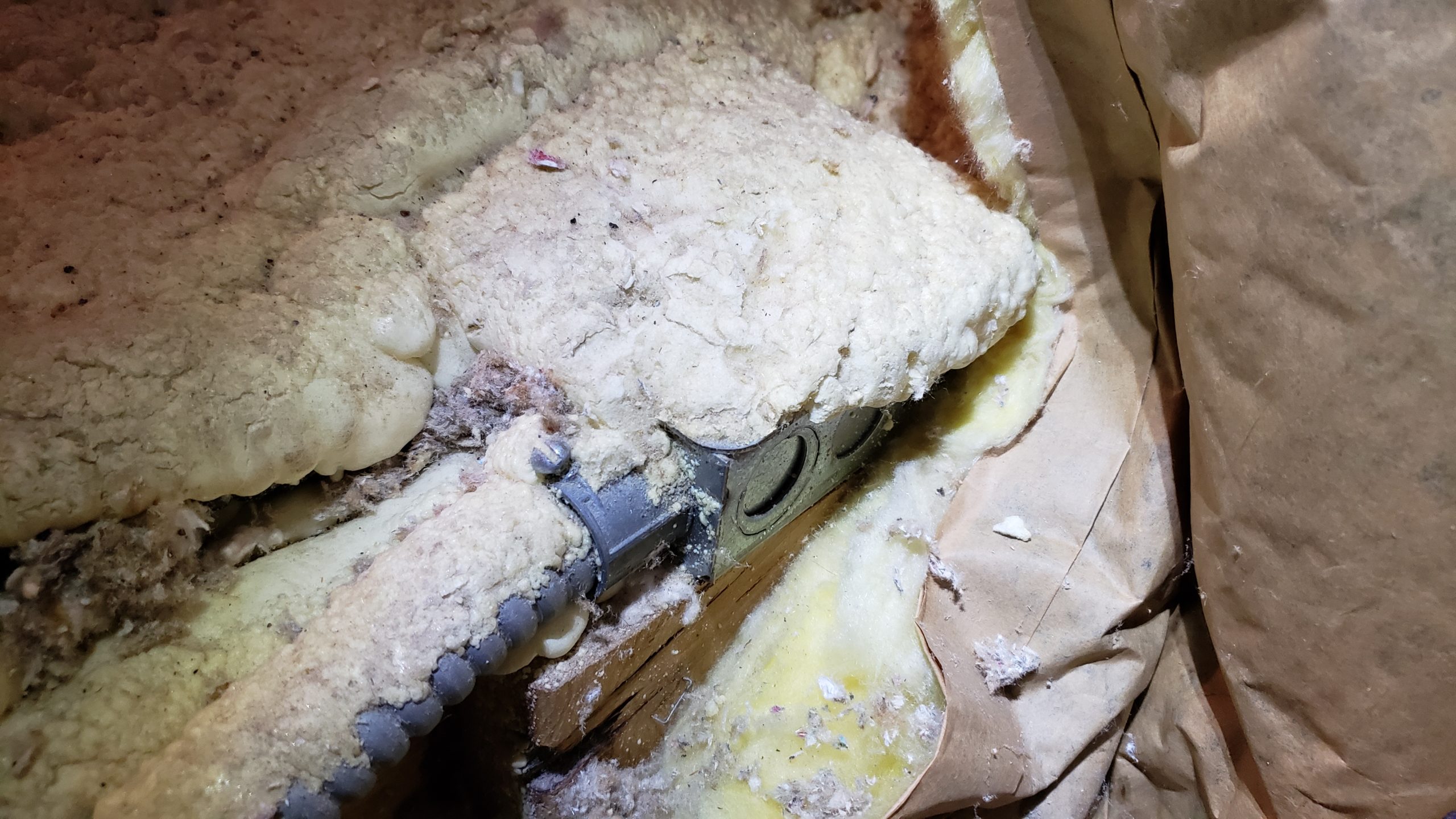
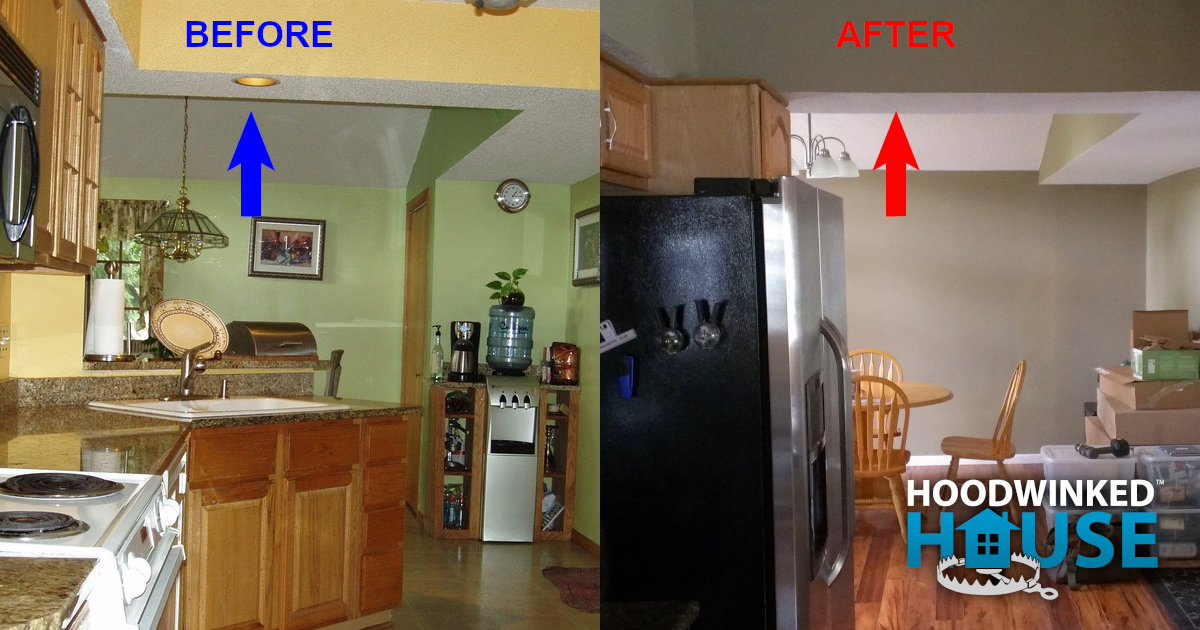
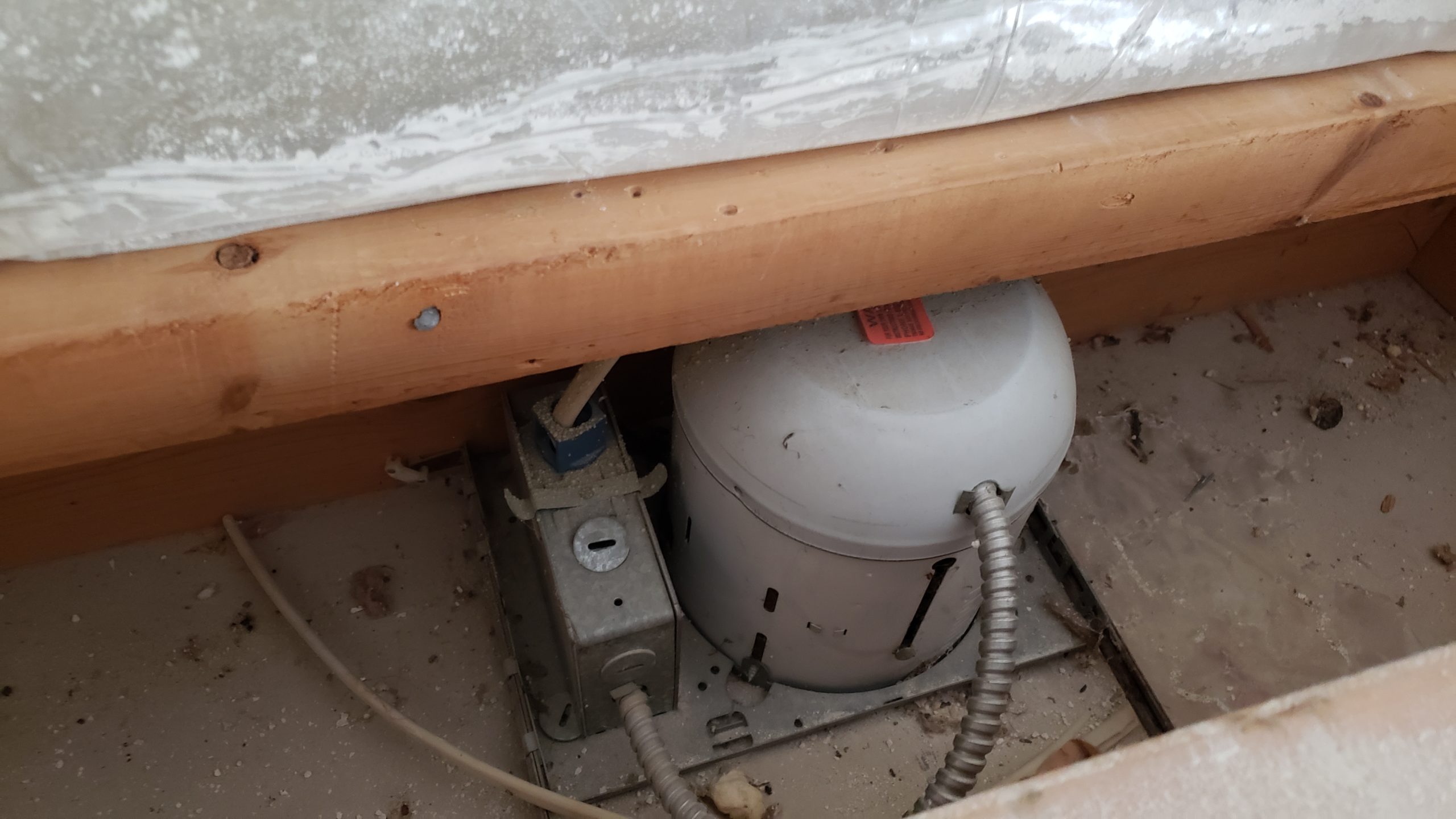
Month 6 – HVAC Code Violations
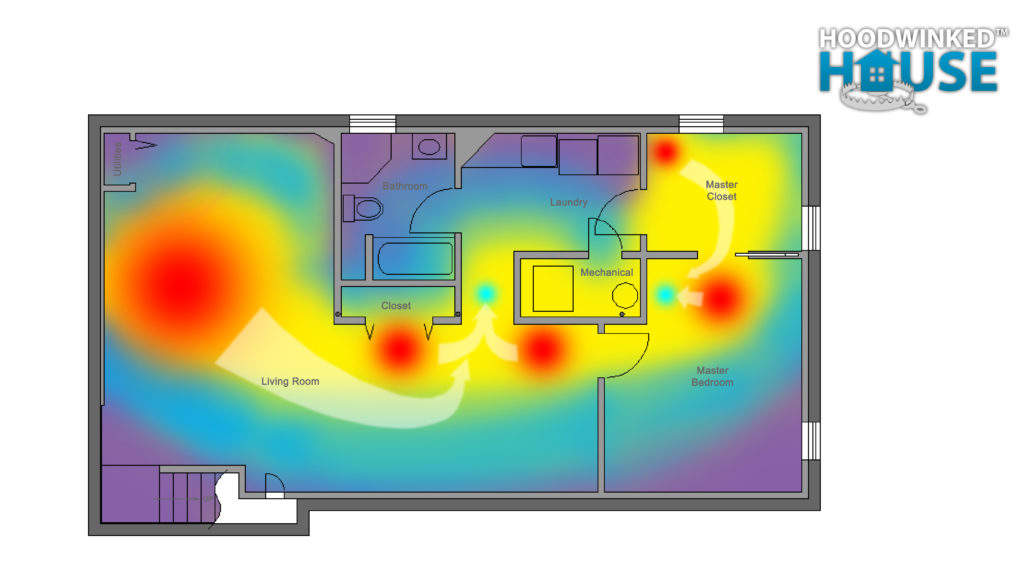
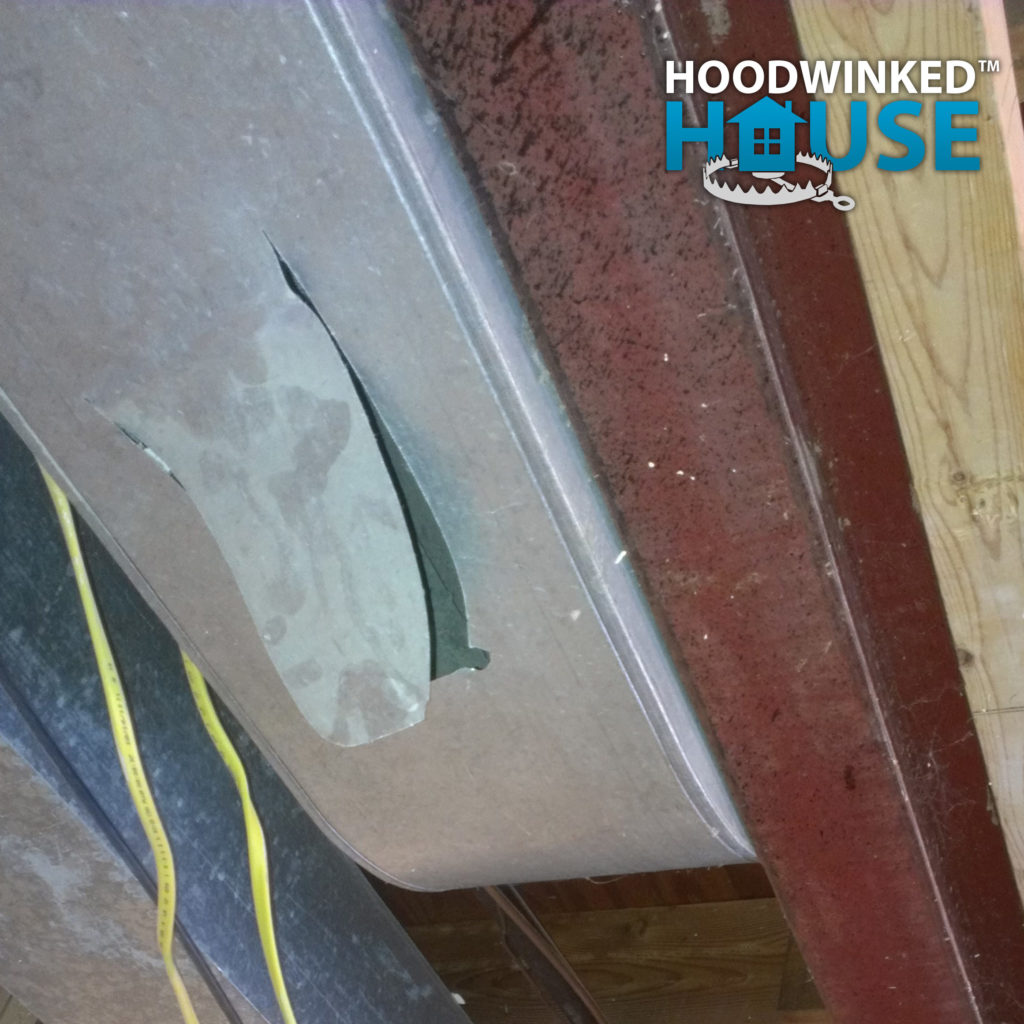
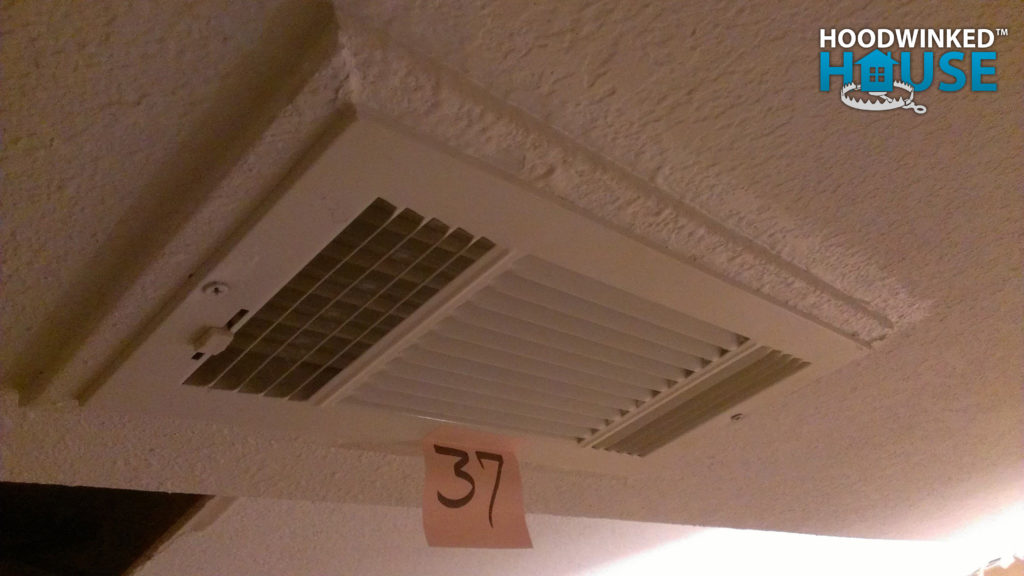
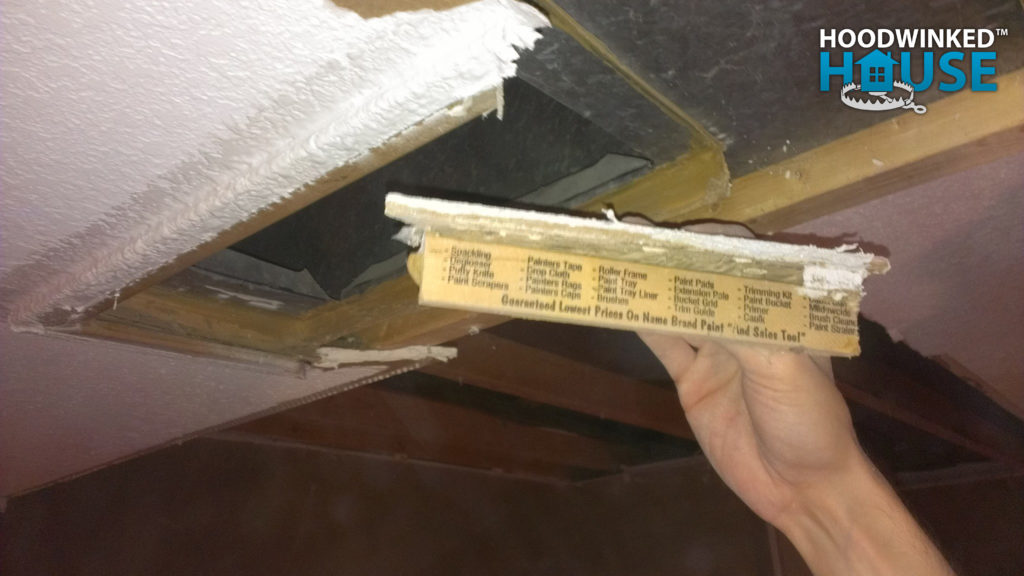
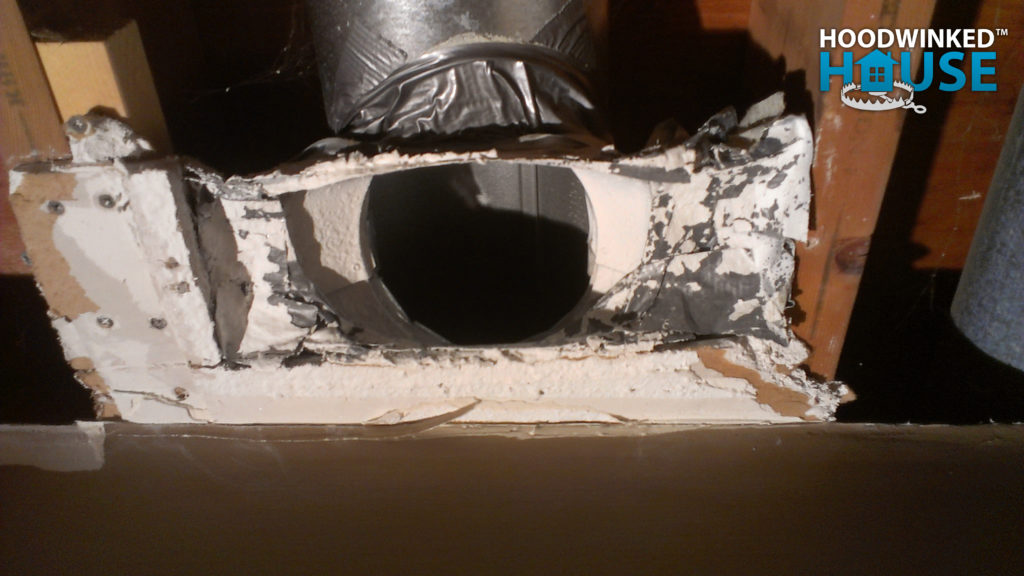
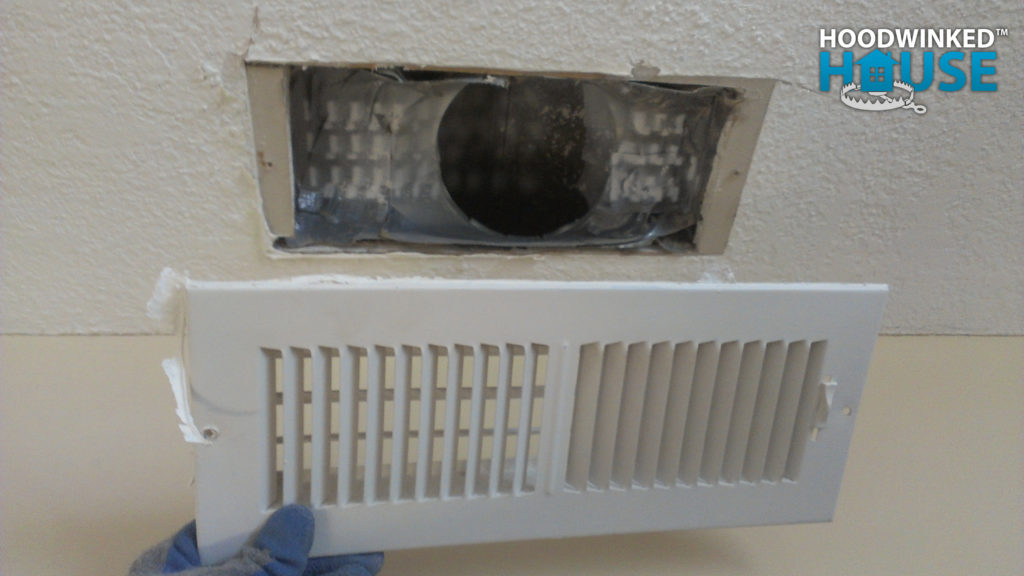
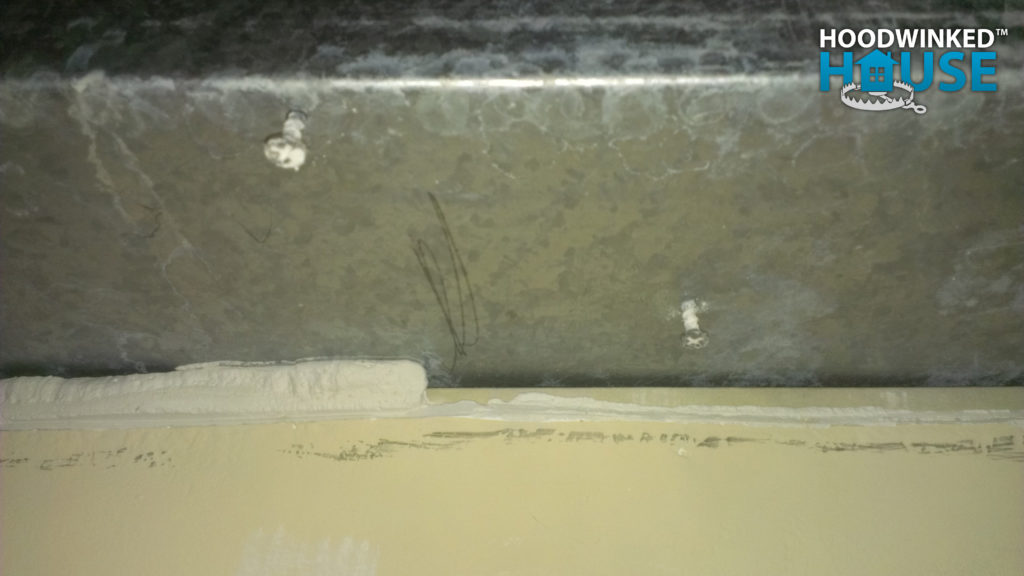
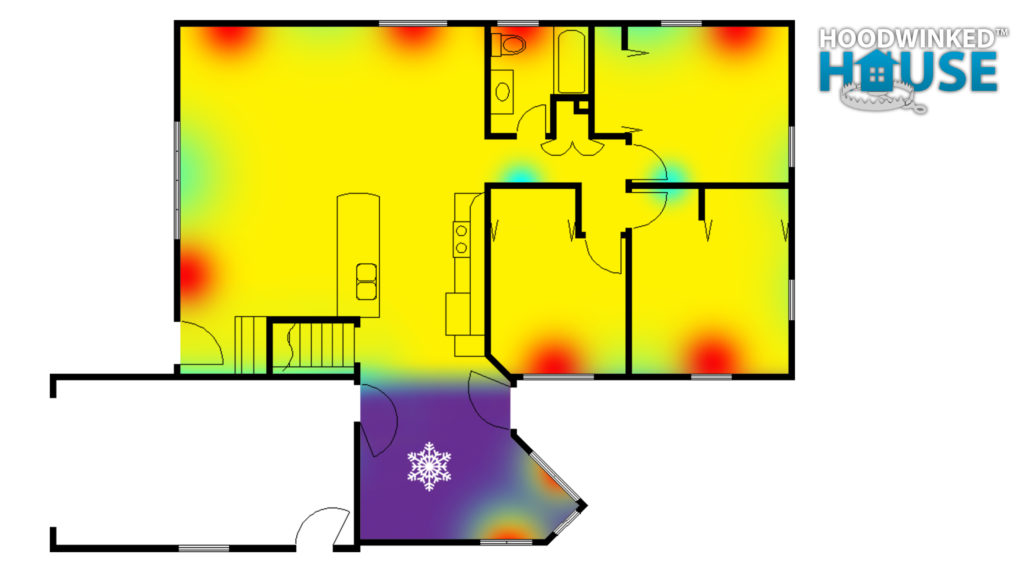
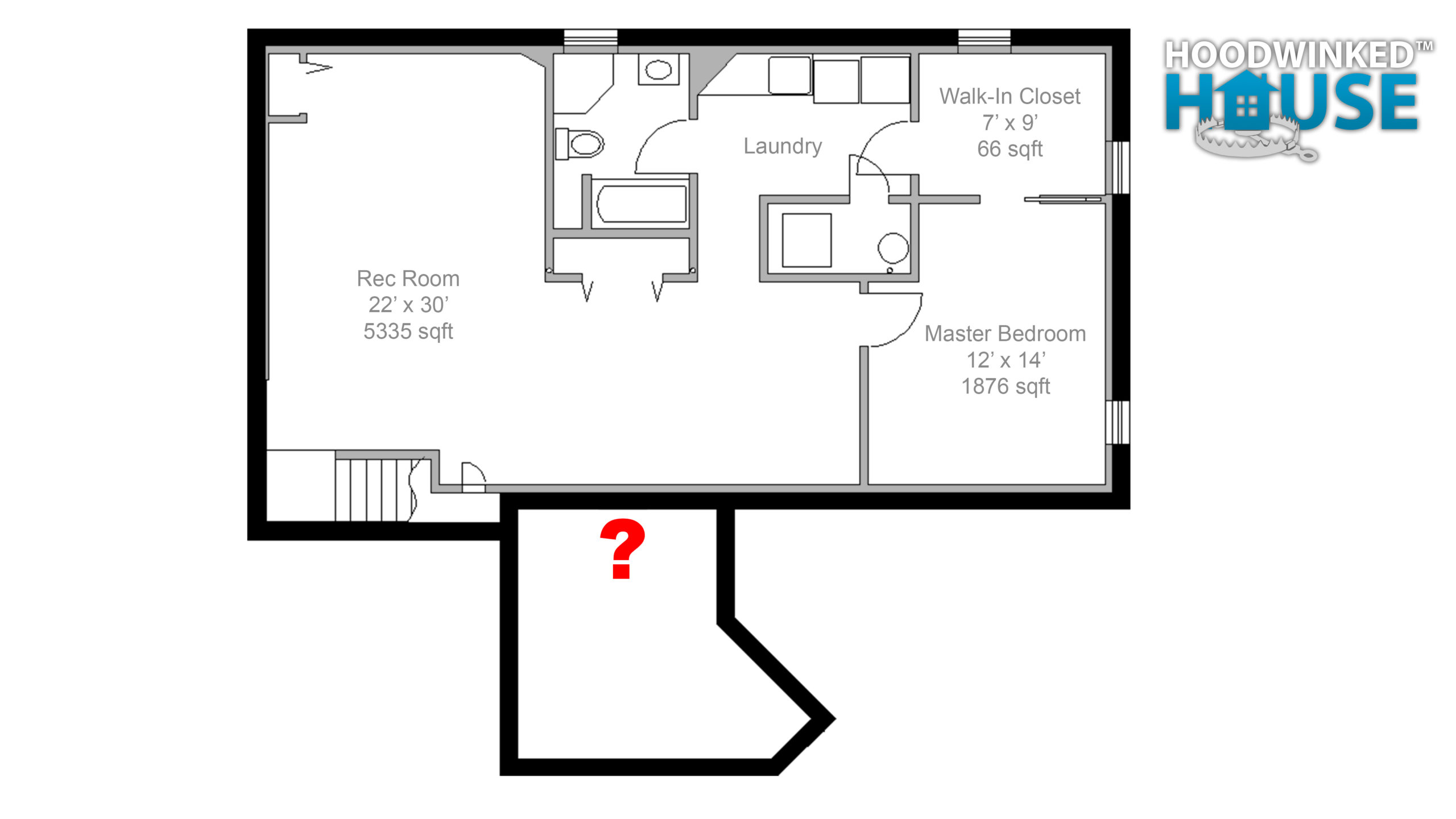
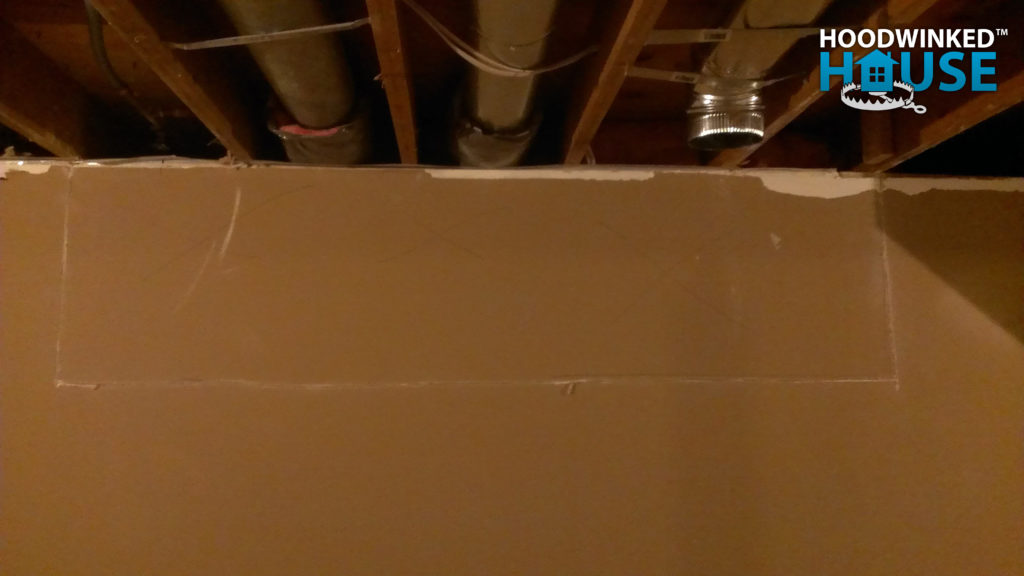
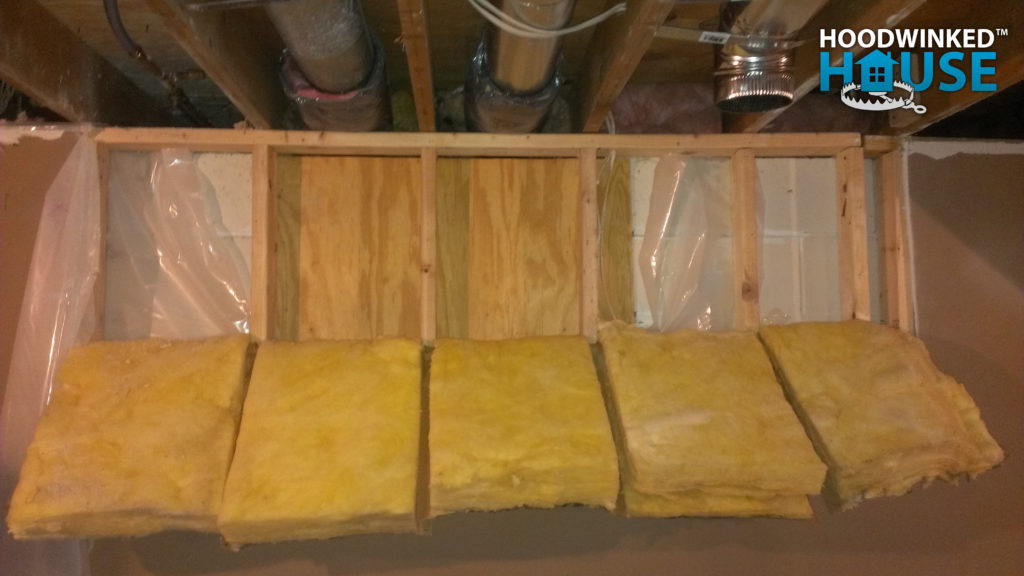
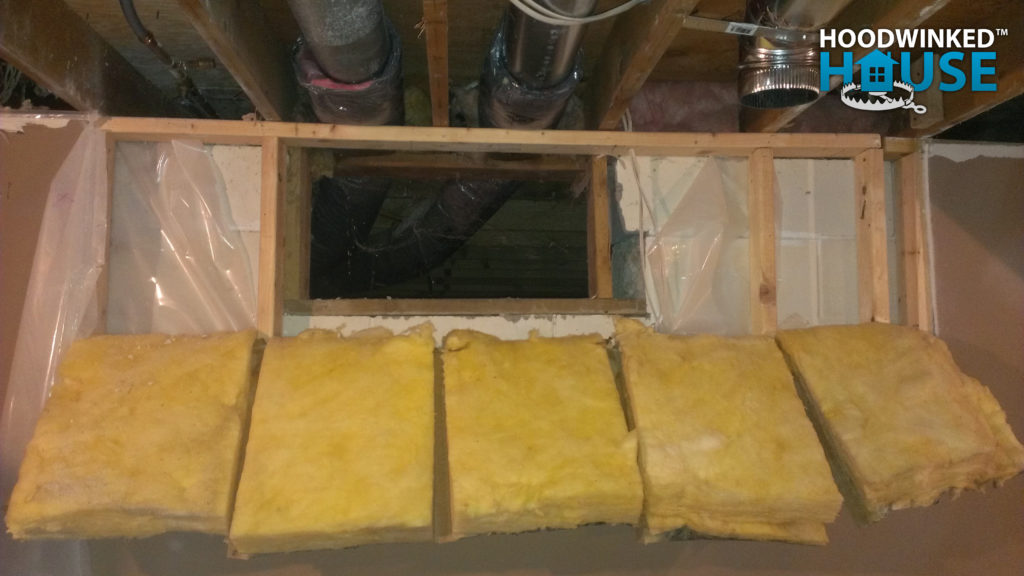
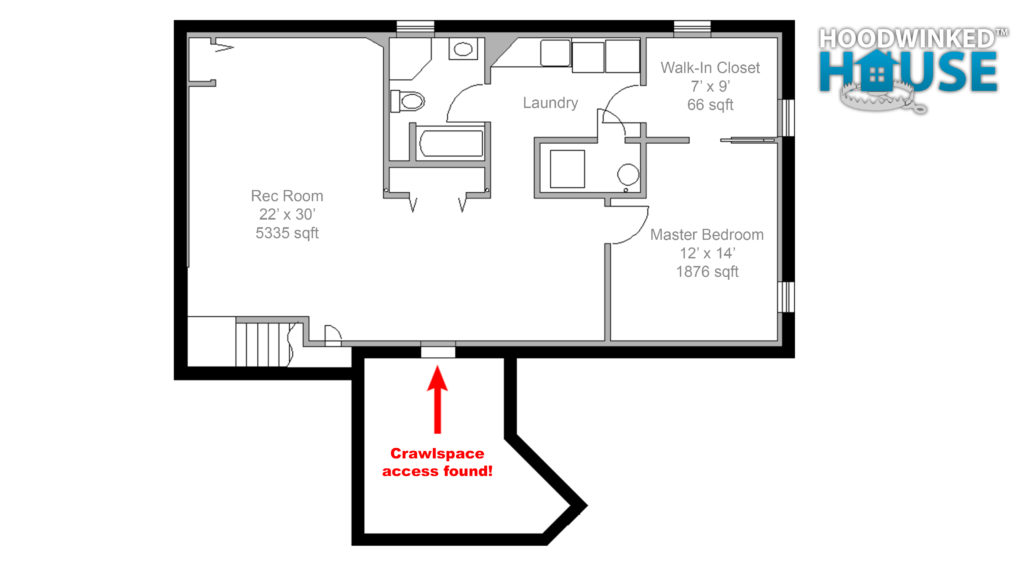
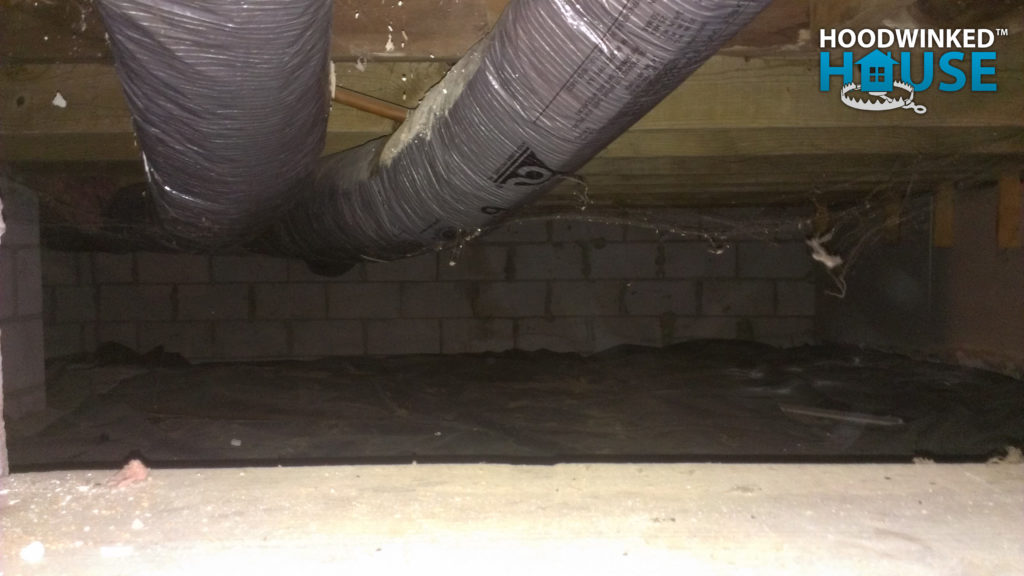
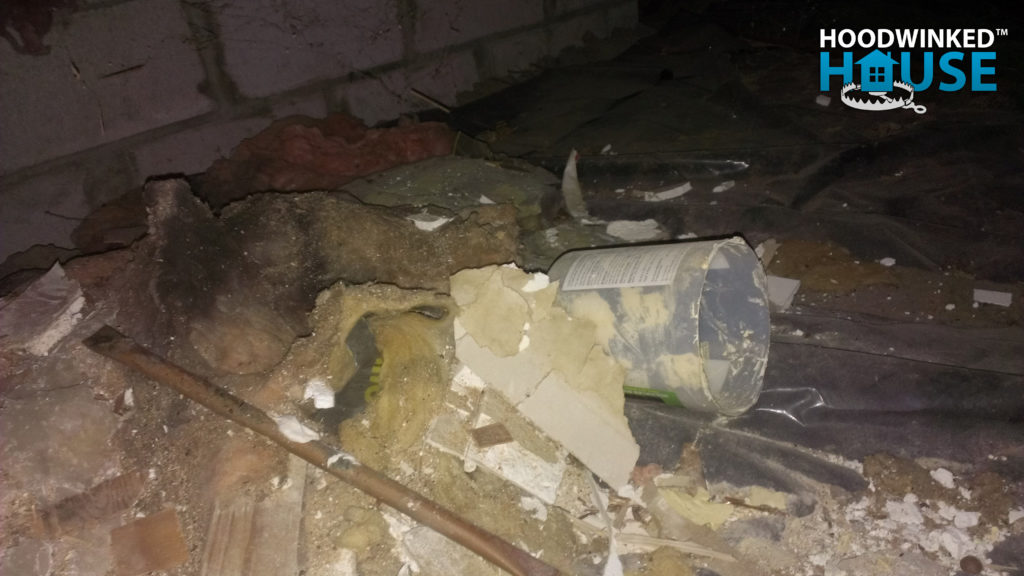
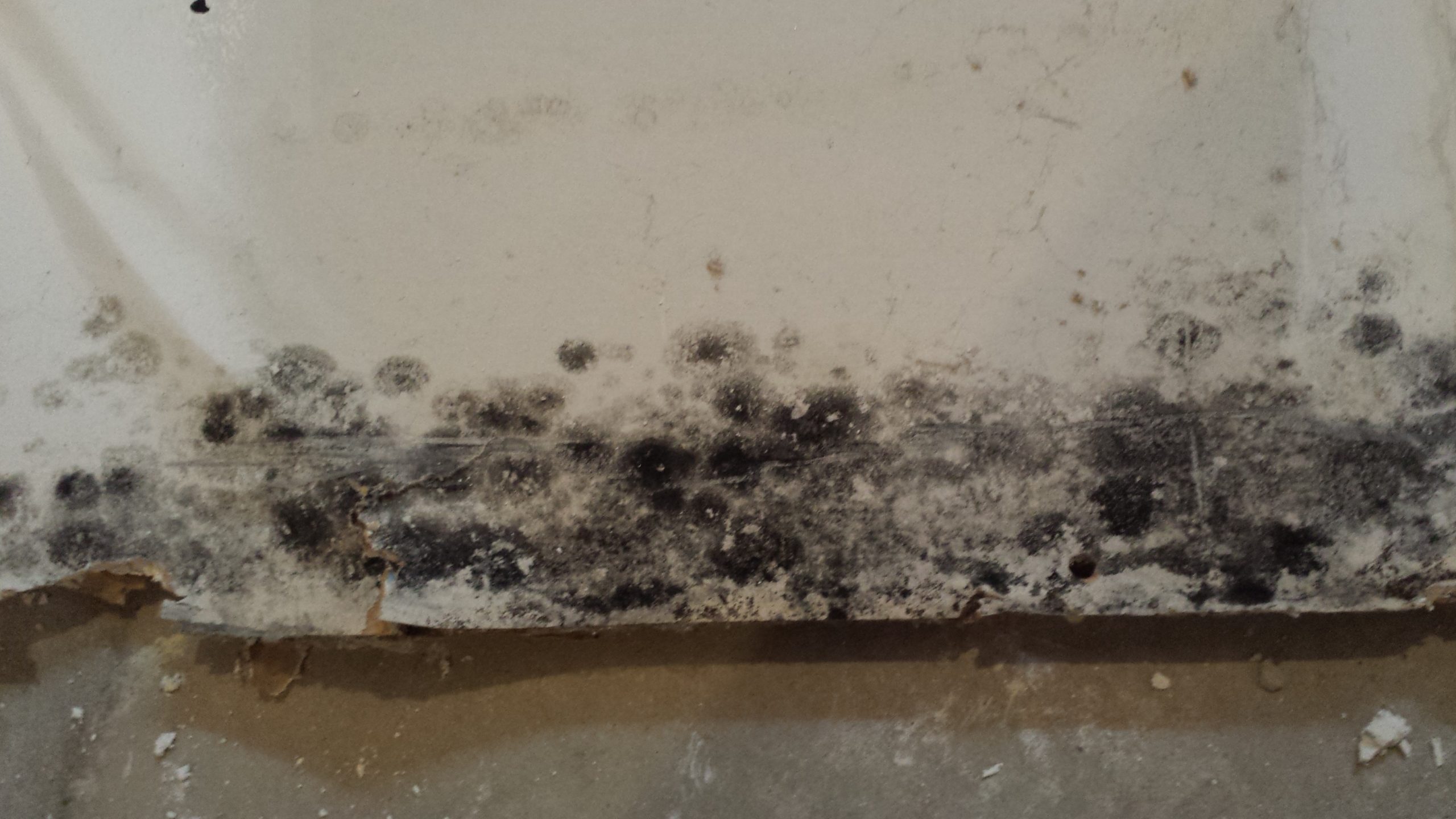
Month 7 – Roofing Code Violations

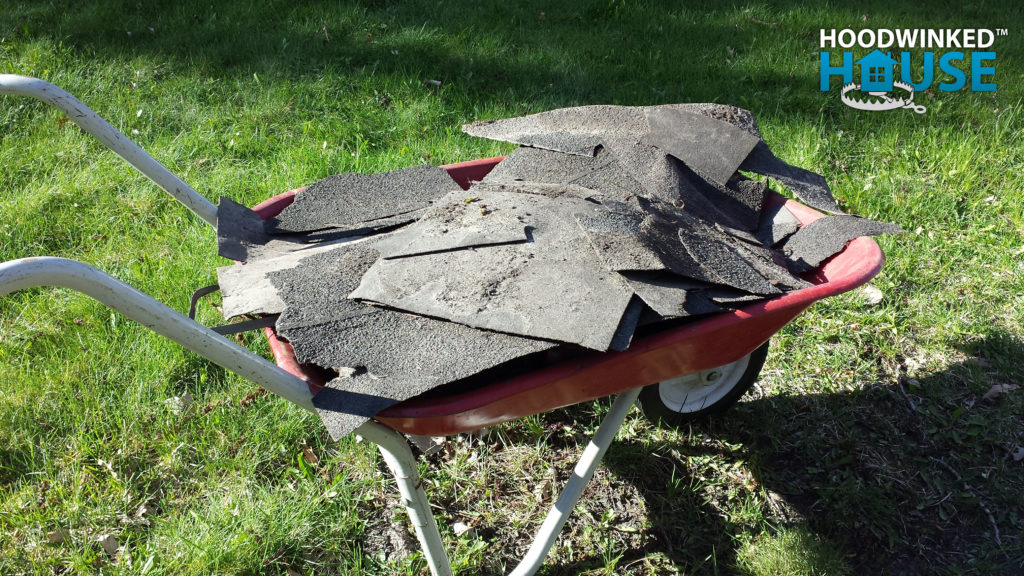
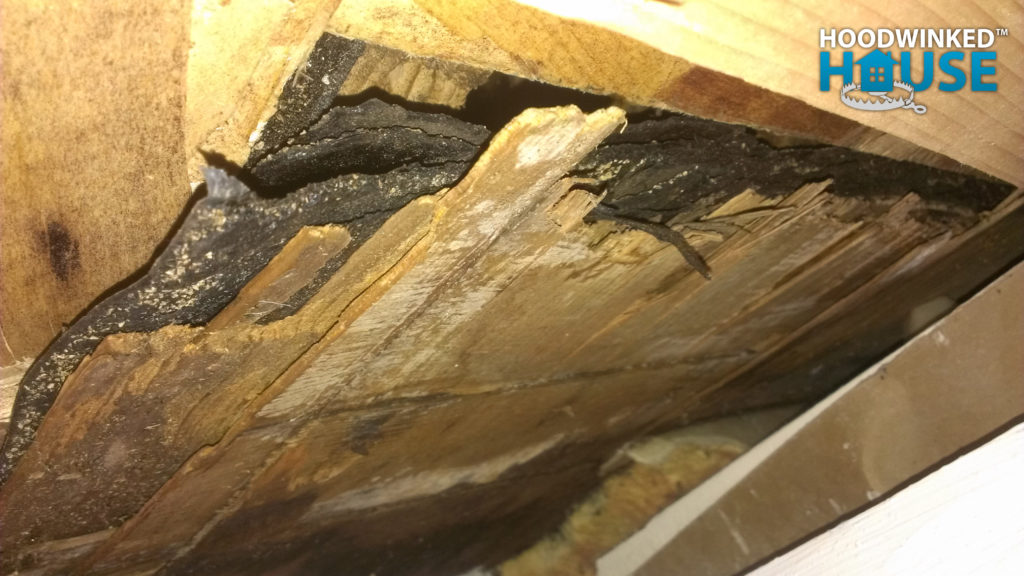
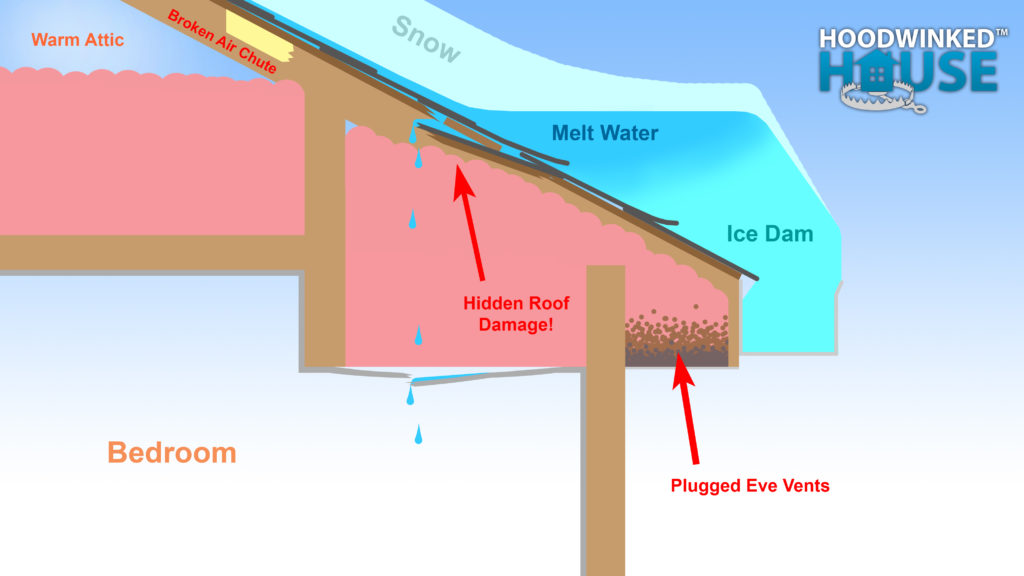
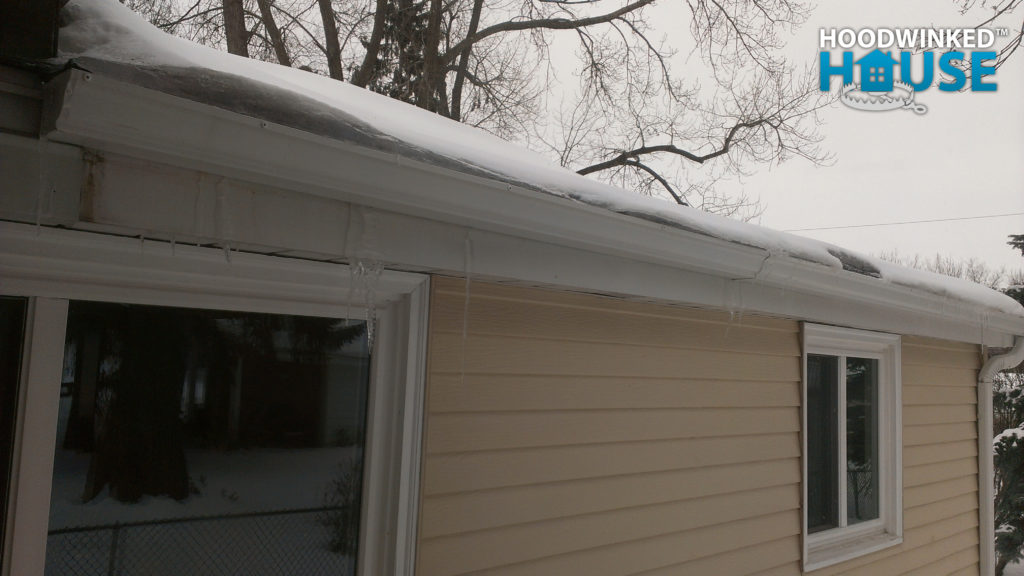
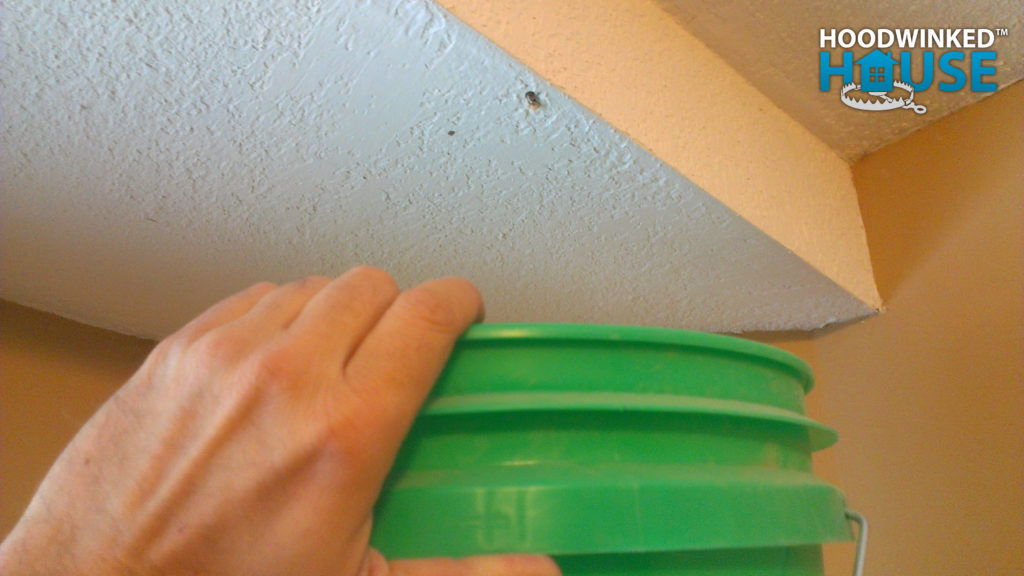
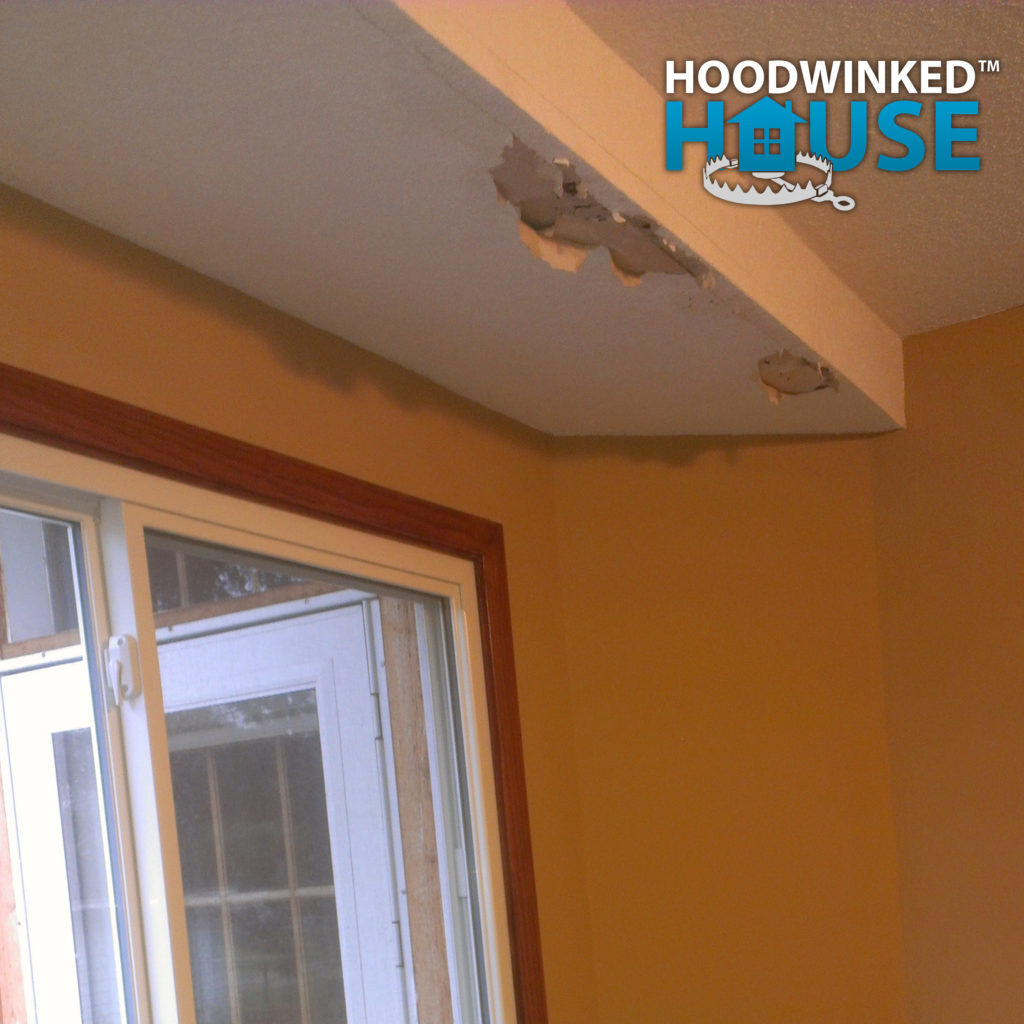
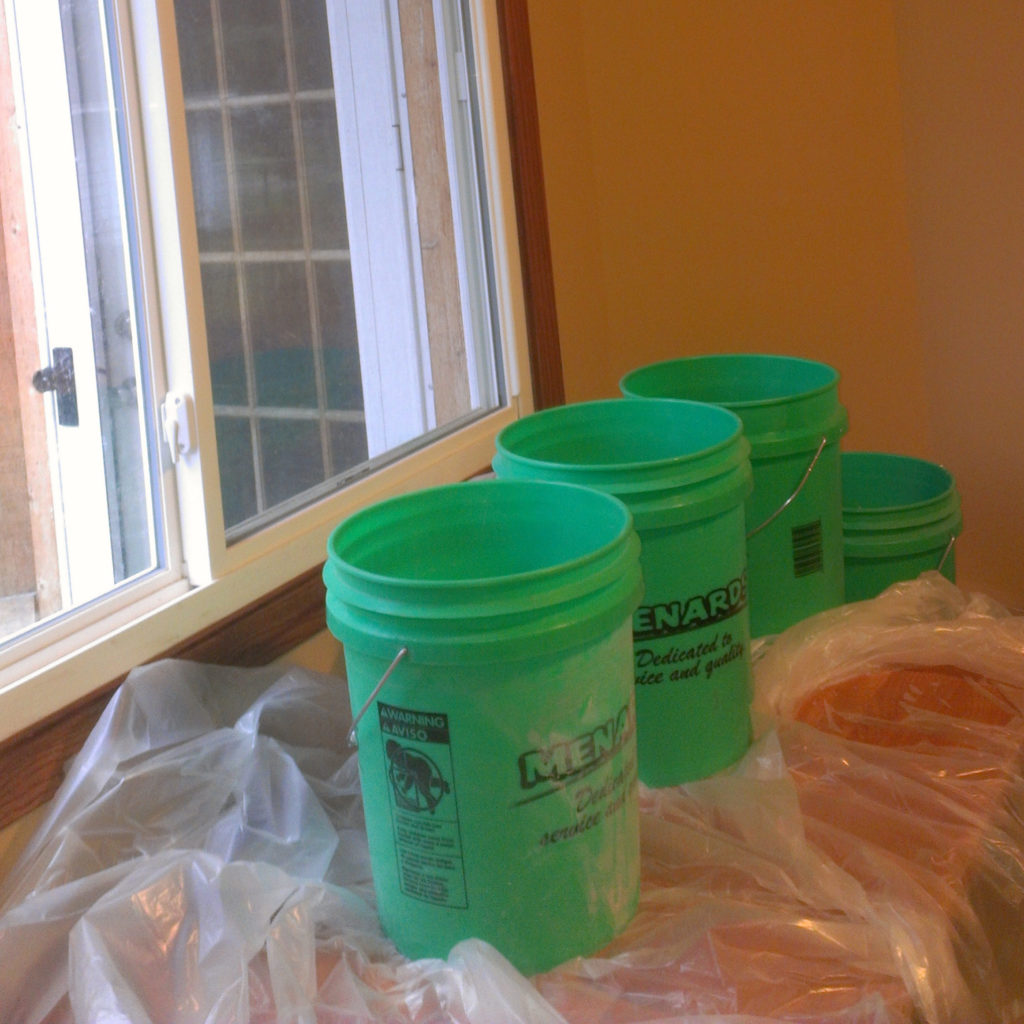
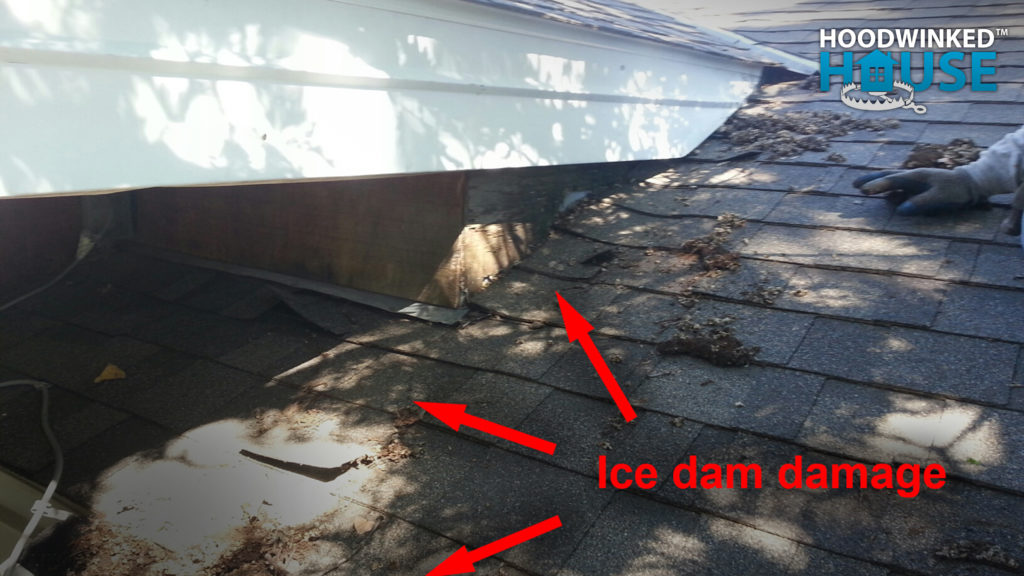
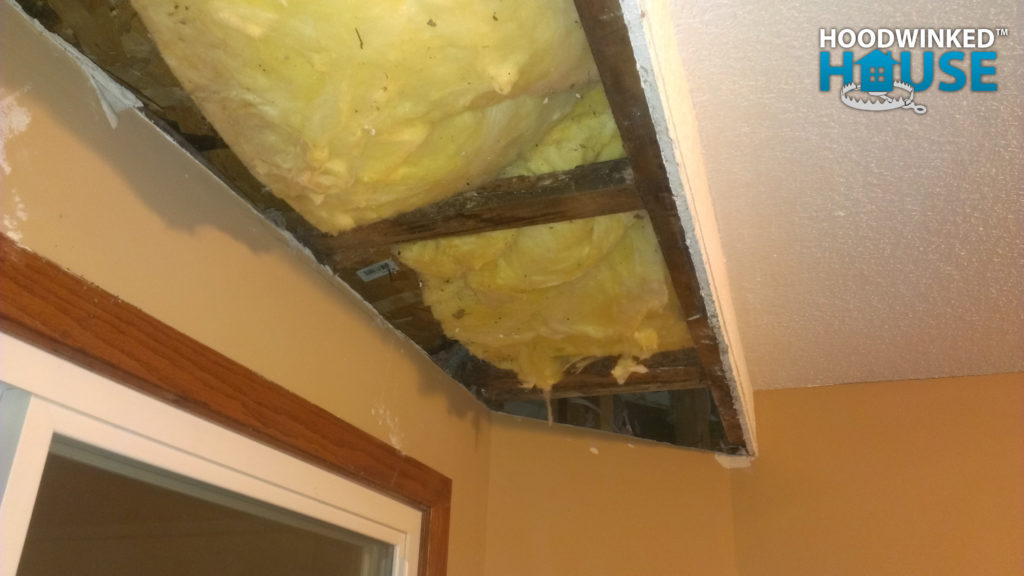
Yes, one flipper did all of this.
The date stamps on the building materials are consistent with the time the house was being flipped.
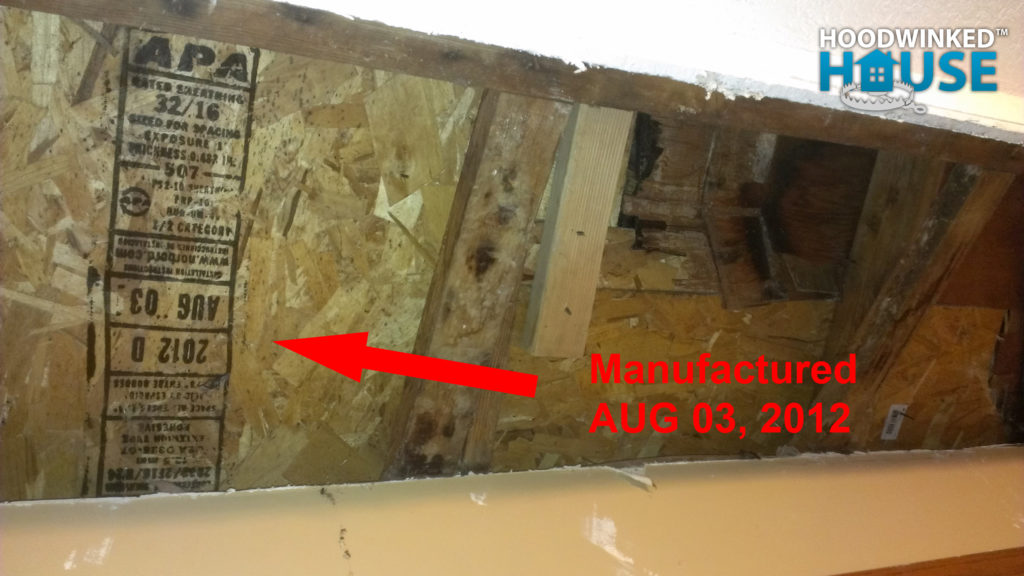

Additionally, an online description of the property fully admits that the house had a new roof, new windows, new floors, new appliances, and new paint… all of which have documented problems. Again, no permits were ever pulled for any of the remodeling work on the property.
Out of Options
After working with multiple litigators, we learned that our real estate laws are set up to favor the sale itself and ensure that a transaction takes place, but they offer no real protection for home buyers. Although we had the option to sue the flipper for real estate fraud, attorney fees were estimated between $30,000-$50,000, and a successful outcome was extremely unlikely. Even if we had those funds available, we decided that they would be better spent simply repairing the house.
- I was unwilling to ruin my newly-repaired credit by abandoning the house and mortgage.
- I had no legal avenues to collect damages from the flipper.
- The house was being threatened with condemnation unless some significant repairs were made by winter.
- The mortgage had no equity, so I could not get a home equity loan to fund immediate repairs.
- I was unable to afford additional contractors out of pocket.
Reluctantly, I decided to put my carpentry skills to work and repair the house myself. It took 6 years to repair my home. I desperately worked every single day, sometimes as much as 17 hours per day. Family and friends volunteered a few hours here and there, but largely I was working alone. This routine wore me down physically, mentally, socially, and added to the trauma of being a fraud victim.
Report Card
Problems created by the flipper
- 2 closets removed
- 3 kitchen walls removed
- 1 load-bearing column removed
- Closet built around fuse box (fire hazard)
- 4 areas of framing badly burned
- 9 water leaks
- Kitchen, bathroom, and laundry room plumbed without any drain vents
- 8 missing, backwards, or incorrect plumbing unions
- Illegal air admittance device used beneath kitchen sink
- Punctured water pipe with illegal saddle valve for refrigerator ice maker
- 2 large holes cut in HVAC ducts
- Crawlspace inaccessible behind drywall
- 3 water shutoff valves inaccessible behind drywall
- 1 gas shutoff valve inaccessible behind drywall
- Drywall screws puncturing microwave housing
- Railings removed from deck
- Shingles buried in back yard
Problems hidden by the flipper
- Rotten, collapsed section of roof never fixed but covered with new shingles
- Basement flooding concealed beneath carpet
- 3 areas of black mold concealed behind drywall
- 4 electrical junction boxes filled with drywall mud
- 1 recessed light filled with drywall mud
- 27 electrical junction boxes concealed behind drywall
- 1 unterminated heavy duty circuit
- Severely rotted window framing filled with foam and painted over
- Raccoon infestation
Documentation from the flipper
- 0 permits pulled
- 0 inspections completed
- 0 licensed contractors
- 1 Seller’s Disclosure Alternatives form
Totals
- $100,000+ in damages
- 6 years of reconstruction
Fighting Predatory Remodeling
I am now committed to fighting real estate fraud by strengthening our laws at every level of government to ensure that no one becomes a victim of predatory remodeling ever again.
In the United States, there are examples of federal, state, and local laws that are designed to prevent predatory remodeling and provide recourse for victims. Unfortunately, many of these laws have been continually suspended in an effort to revive the housing market from the 2008 recession, or they are simply deemed not critical to some cities and states. This means that opportunistic real estate investors can still make use of these loopholes, and new home buyers can still become victims.
My goals are:
- Educate and warn new home buyers about predatory remodeling.
- Work with local officials to adopt a Point of Sale Inspections for single family homes.
- Work with state legislators to adopt a bill requiring real estate flippers to be licensed general contractors. This gives victims access to the Contractor Recovery Fund.
- Work with federal officials to reinstate laws that deny real estate flippers access to federal housing loans.
How You Can Help
- Please consider sharing this blog to educate others.
- If you have been a victim of predatory remodeling, please email us your story. The more information we have about this widespread problem, the more reasons lawmakers have to adopt solutions.
- Be vigilant about construction projects in your neighborhood, and immediately notify your city building inspector of any projects that do not have a permit clearly posted.
My family and I thank you for your continued support through our ordeal. We never saw justice, but we are using this experience to fuel our resolve and keep new home buyers safe from predatory remodeling.
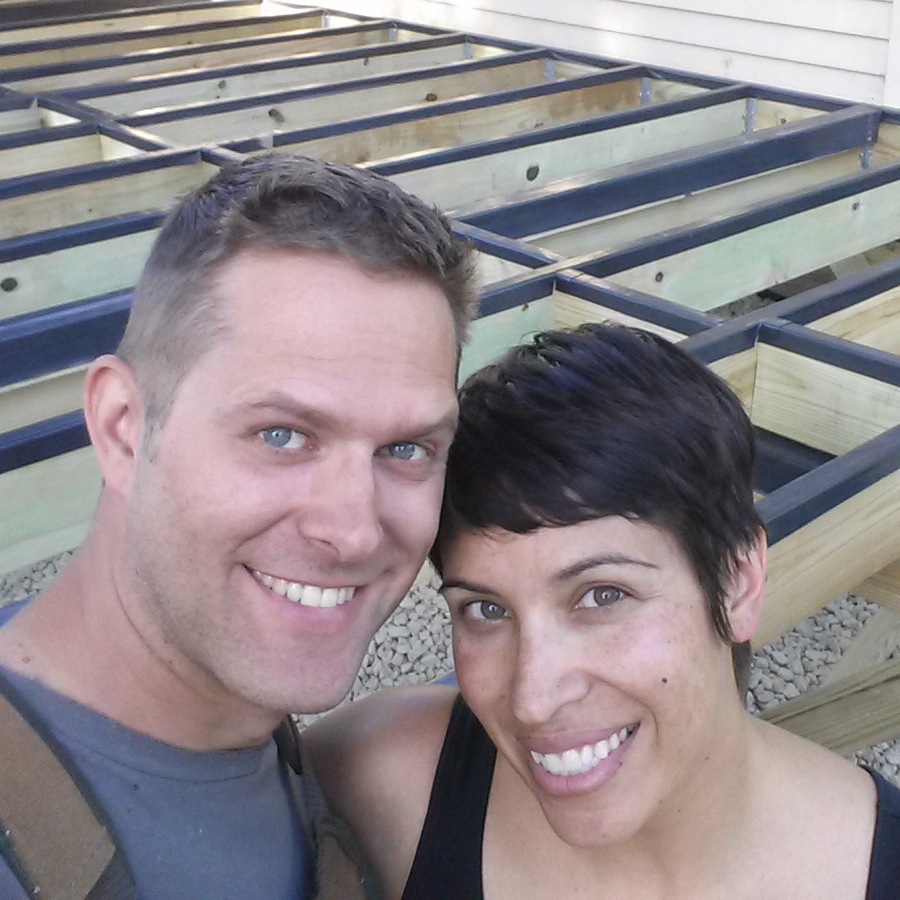
Frost and Amáda Simula bought their home in Columbia Heights, MN in 2013. They soon discovered that they were victims of predatory remodeling costing more than $100,000. Today, they advocate for home buyer protections and work to end real estate fraud.

